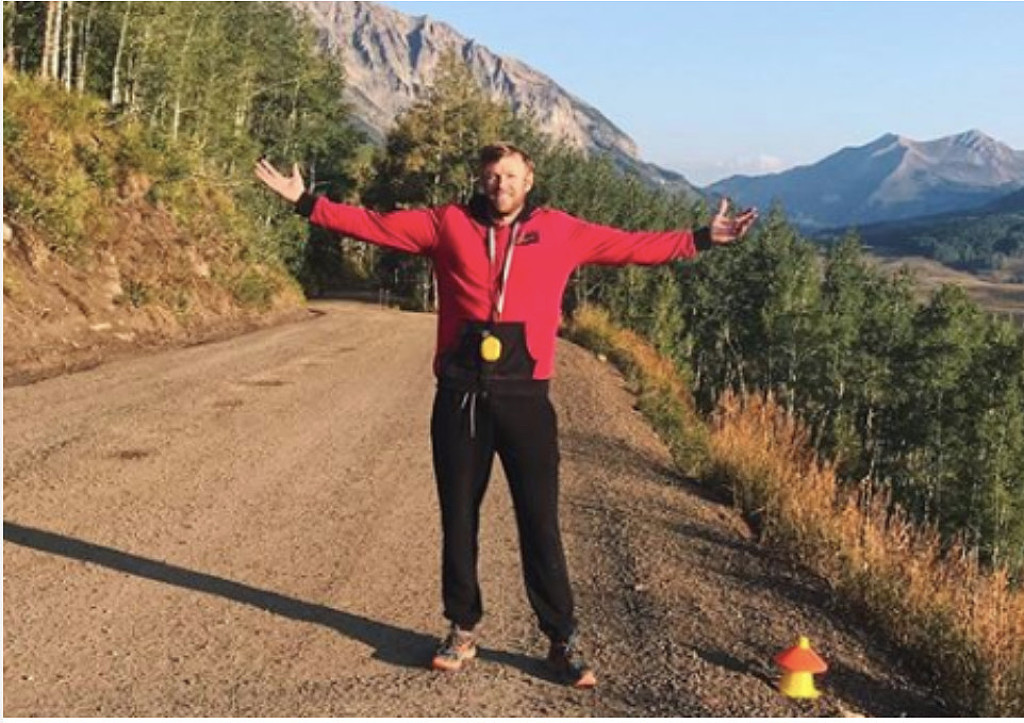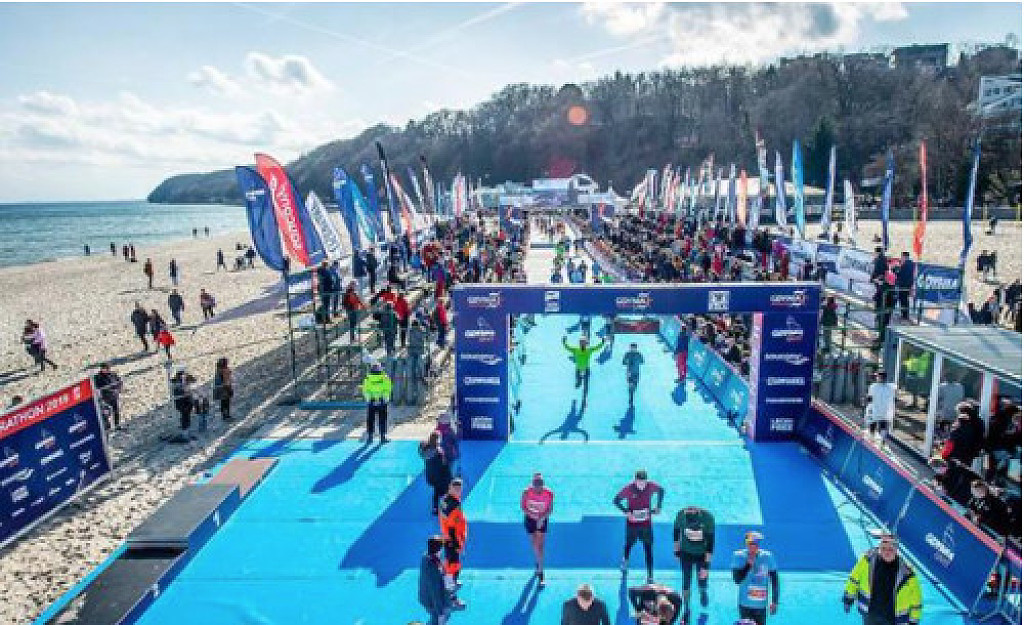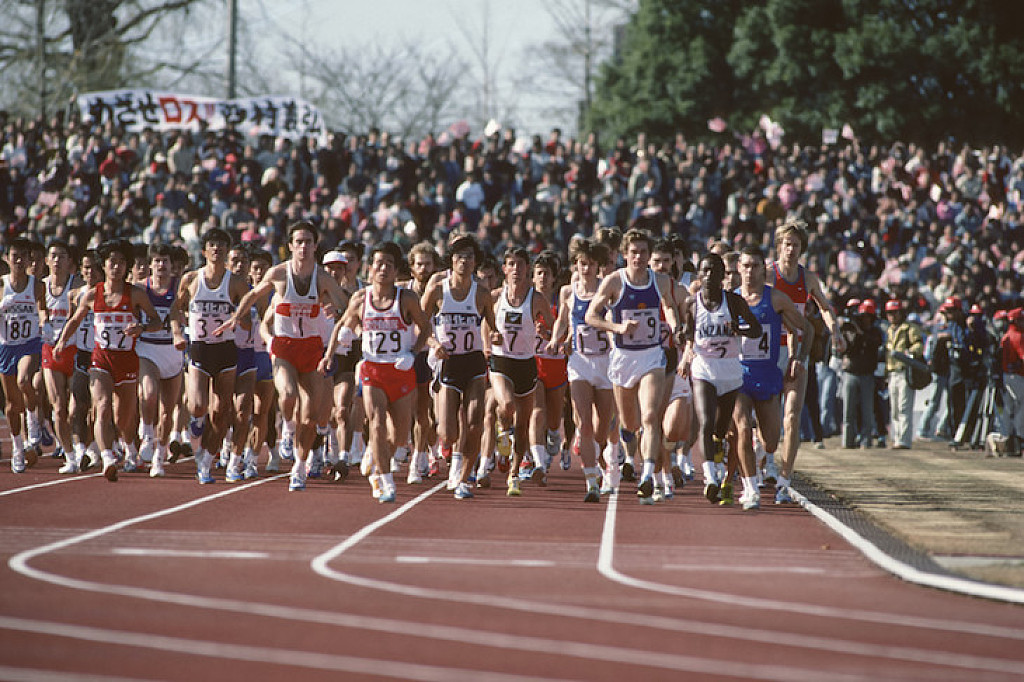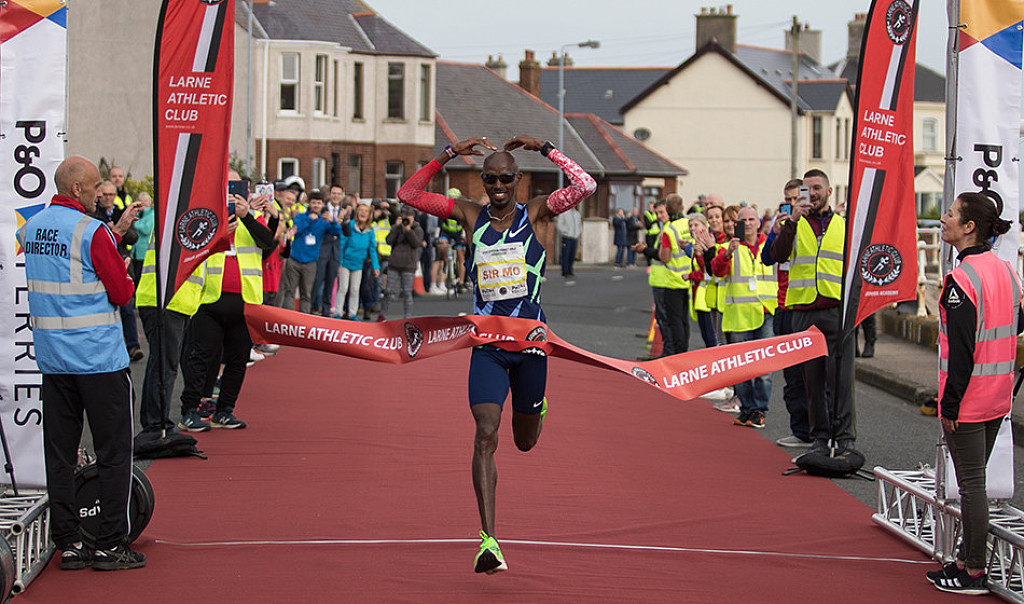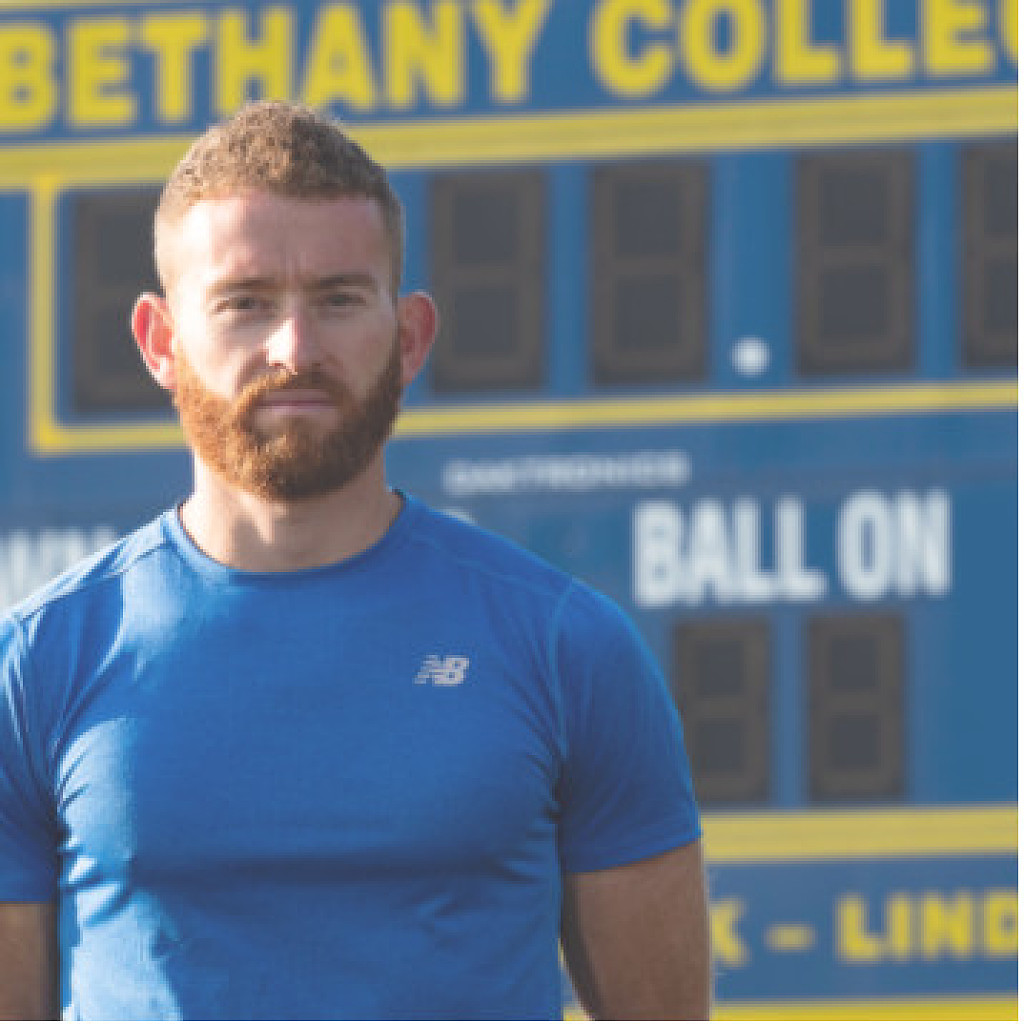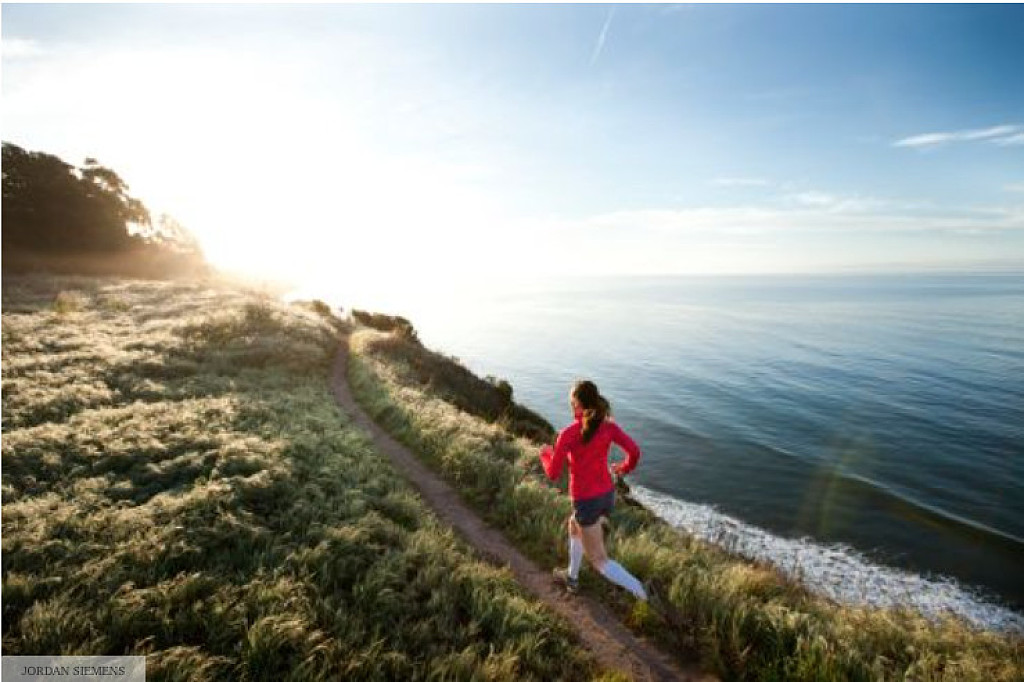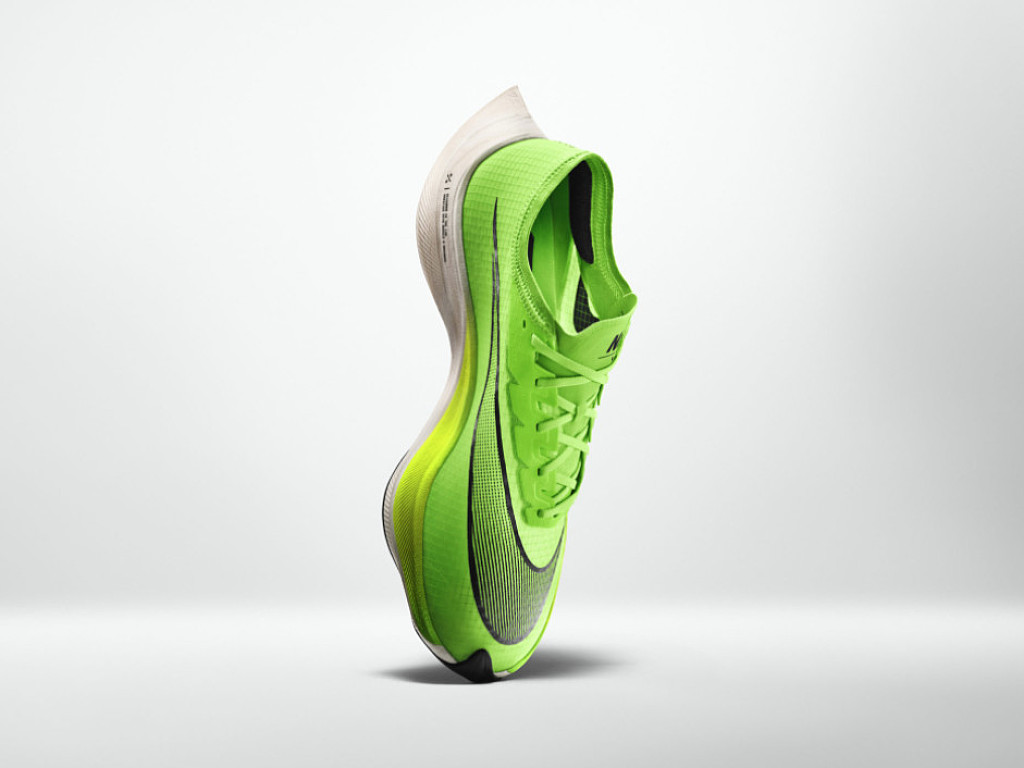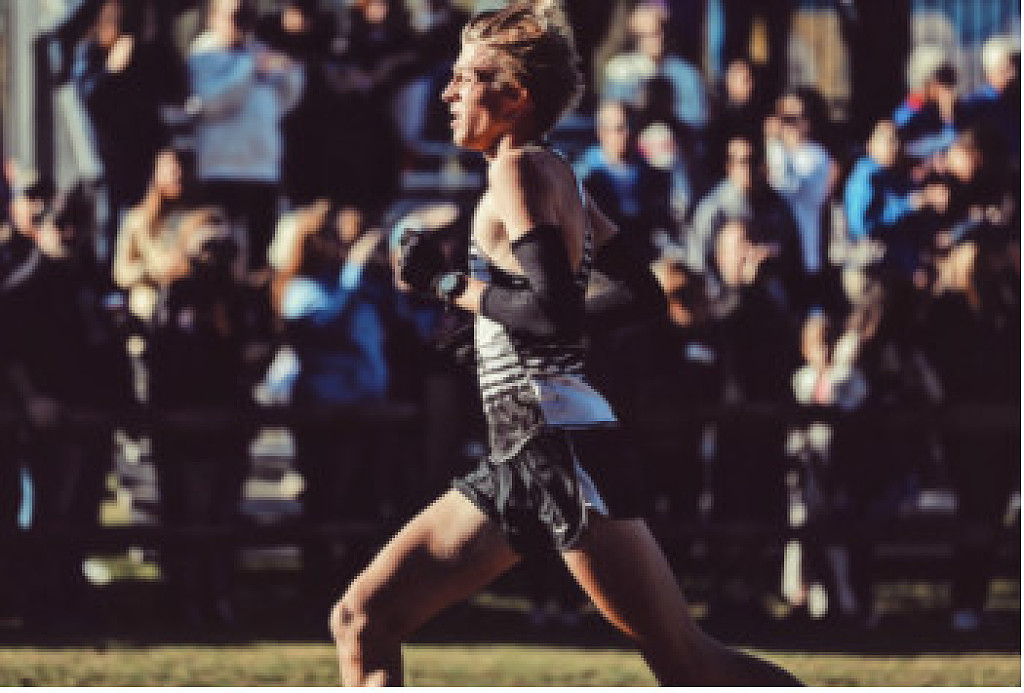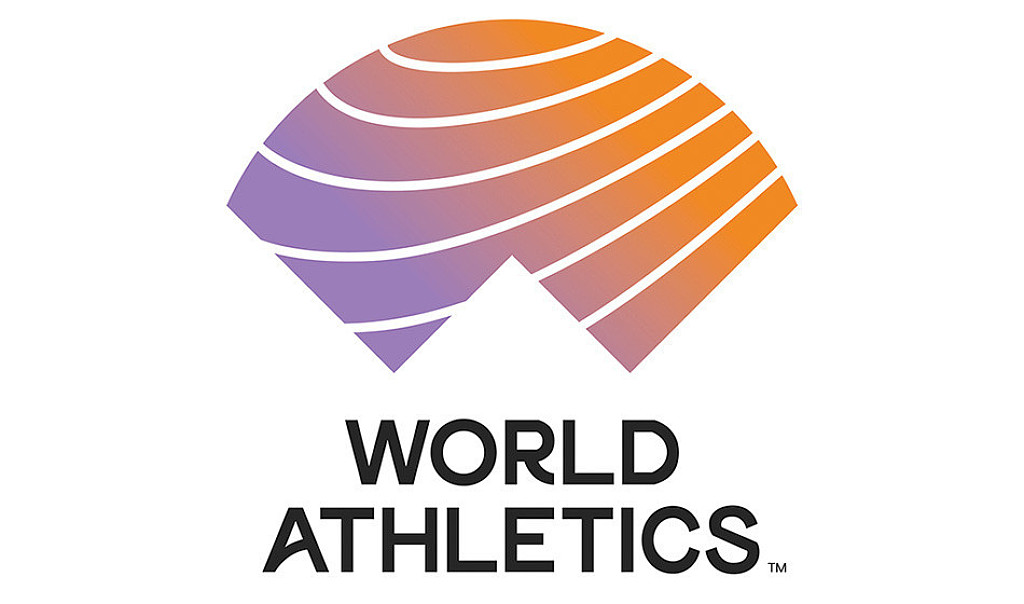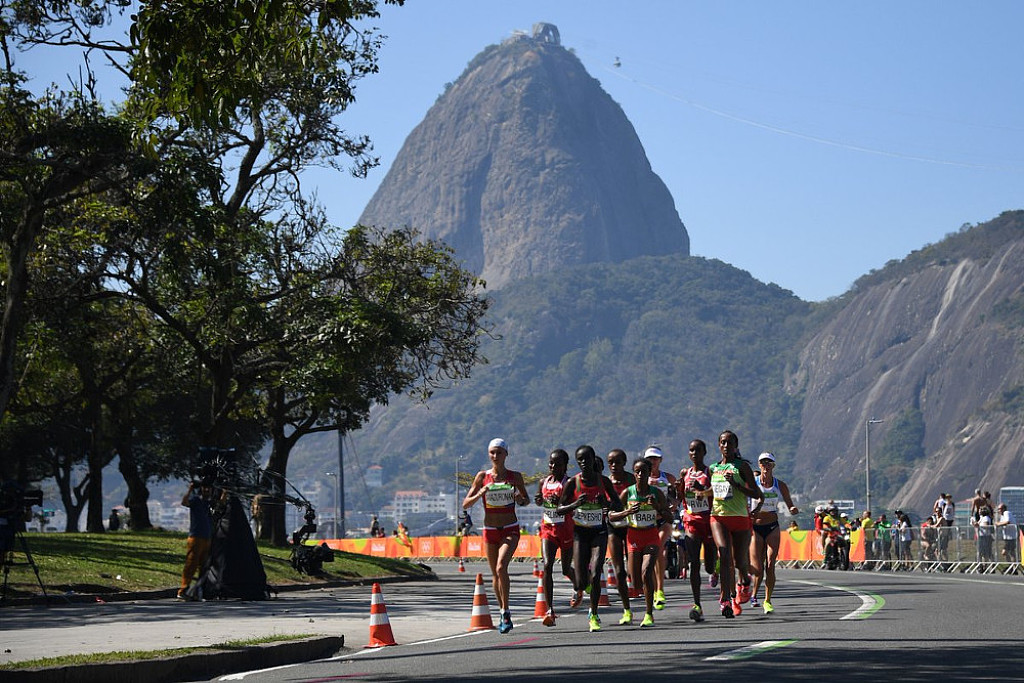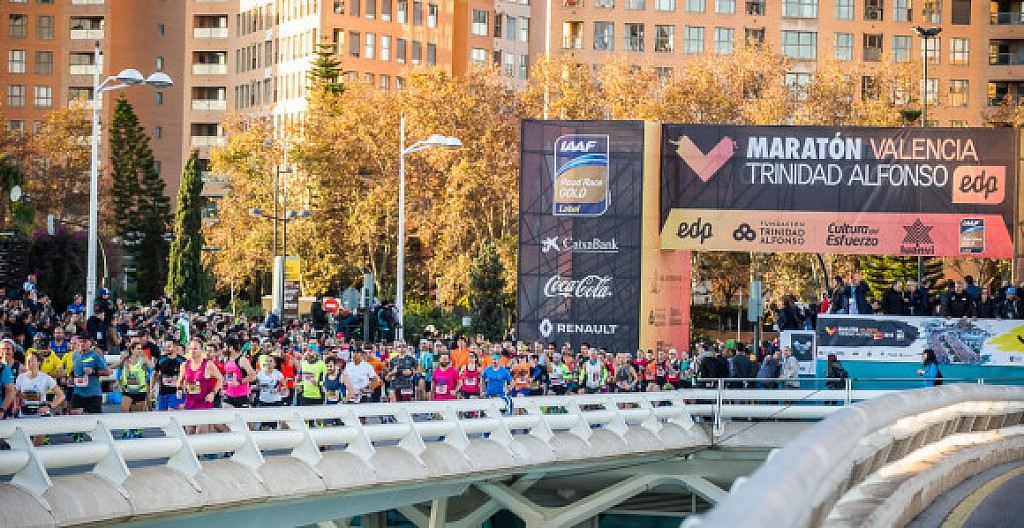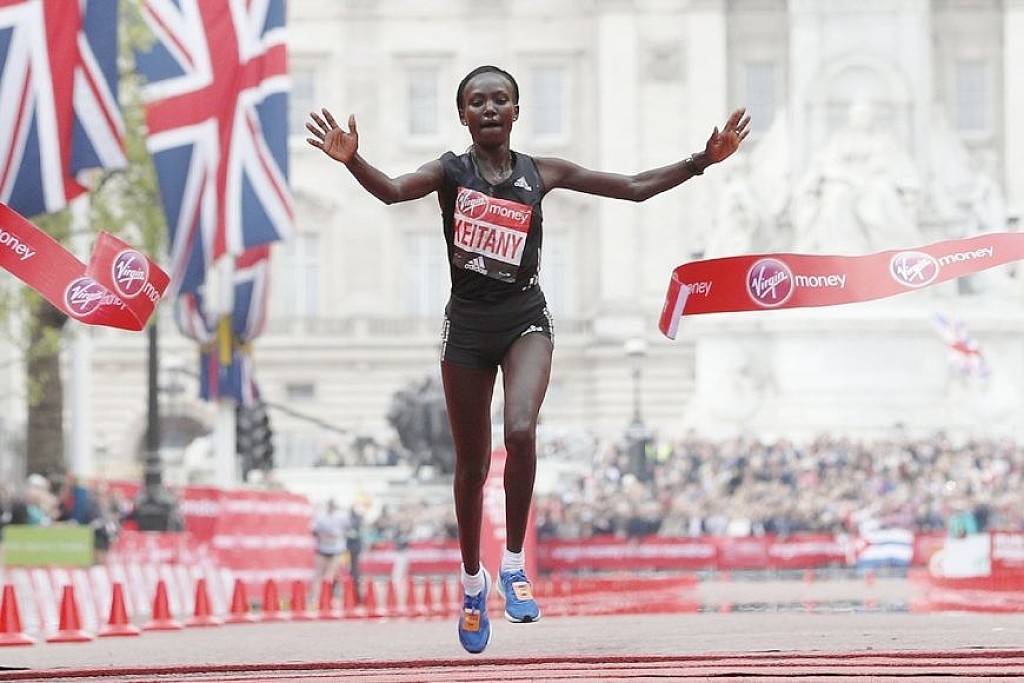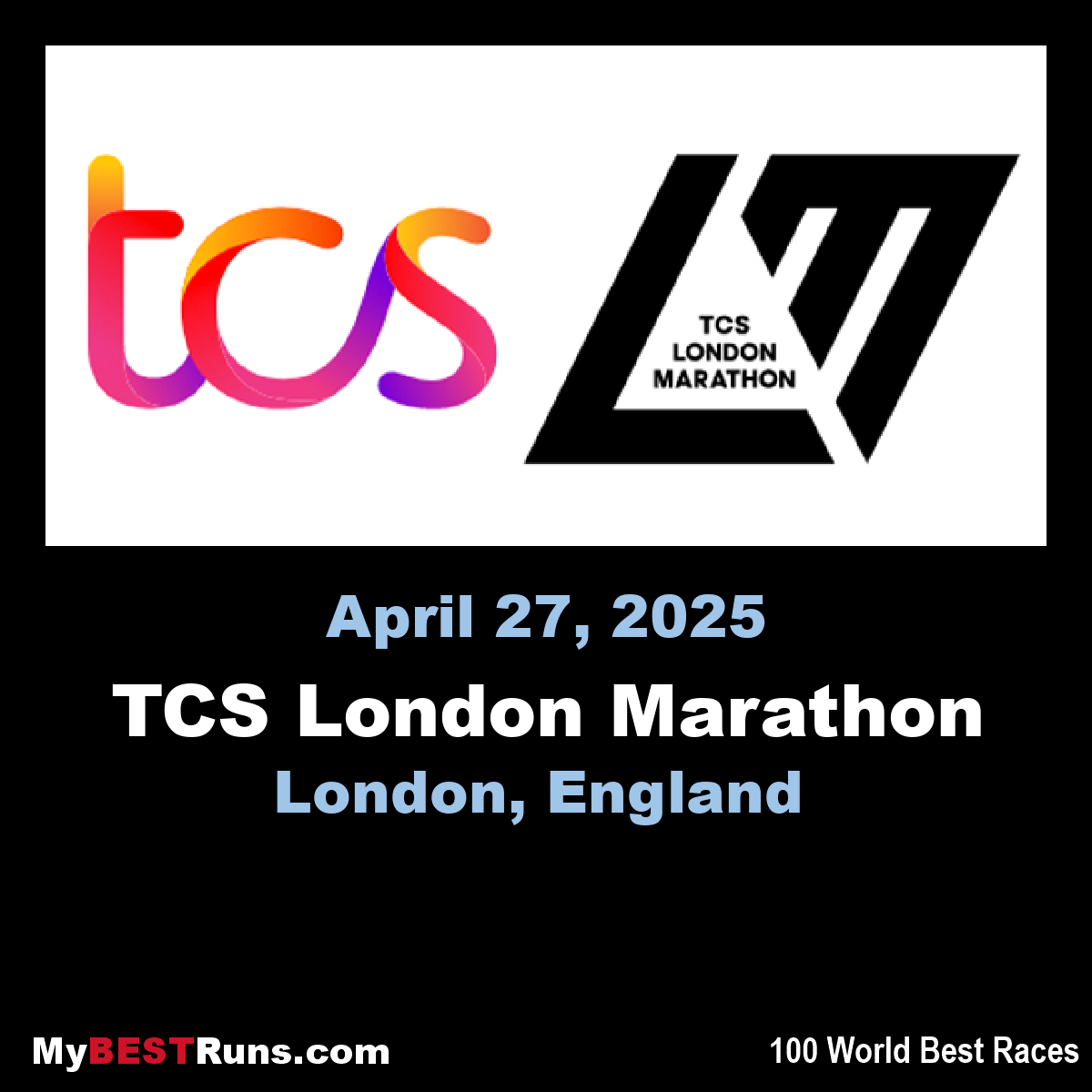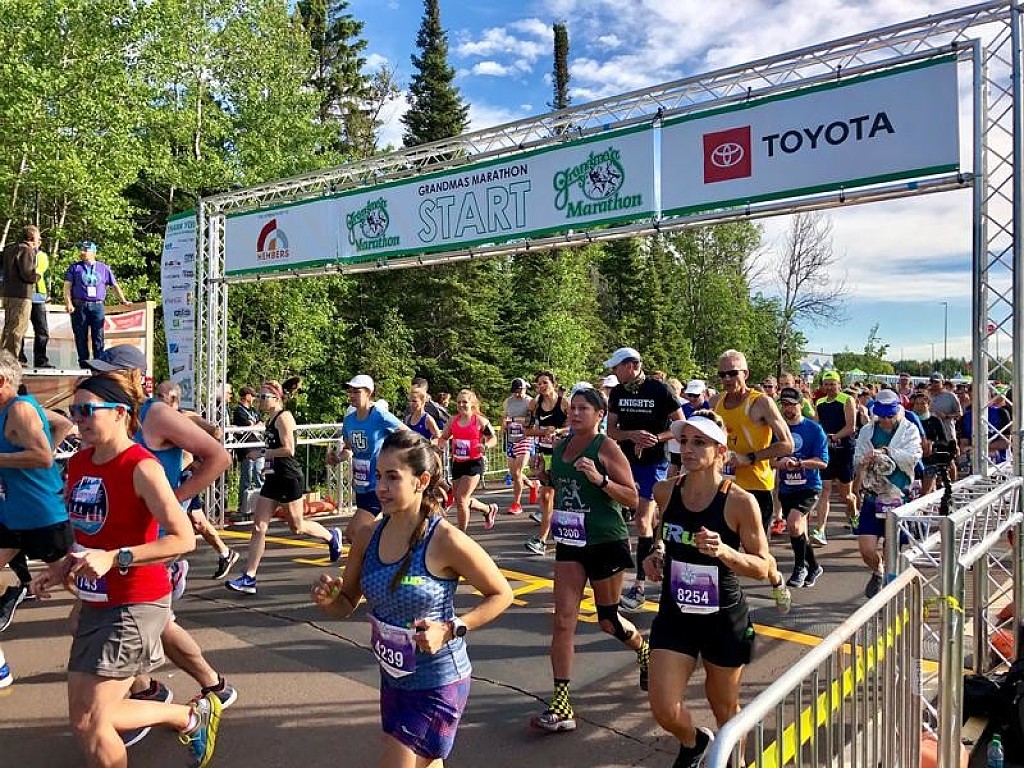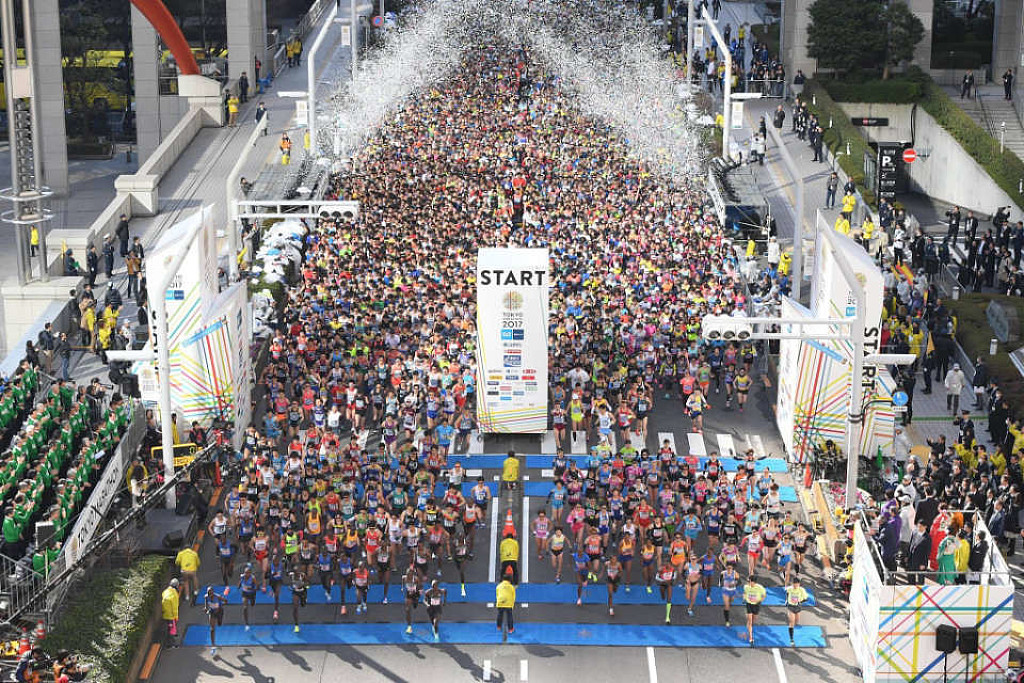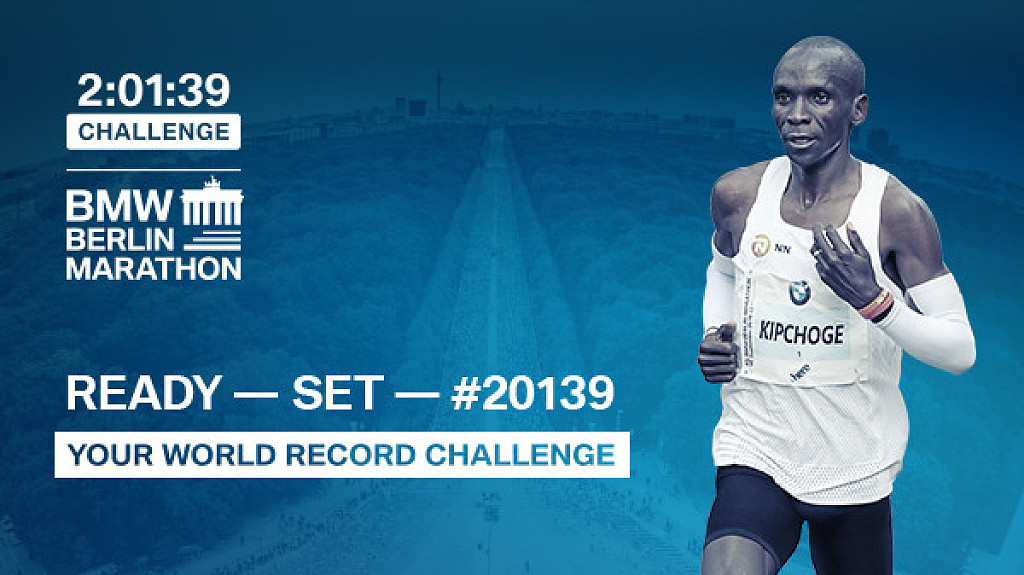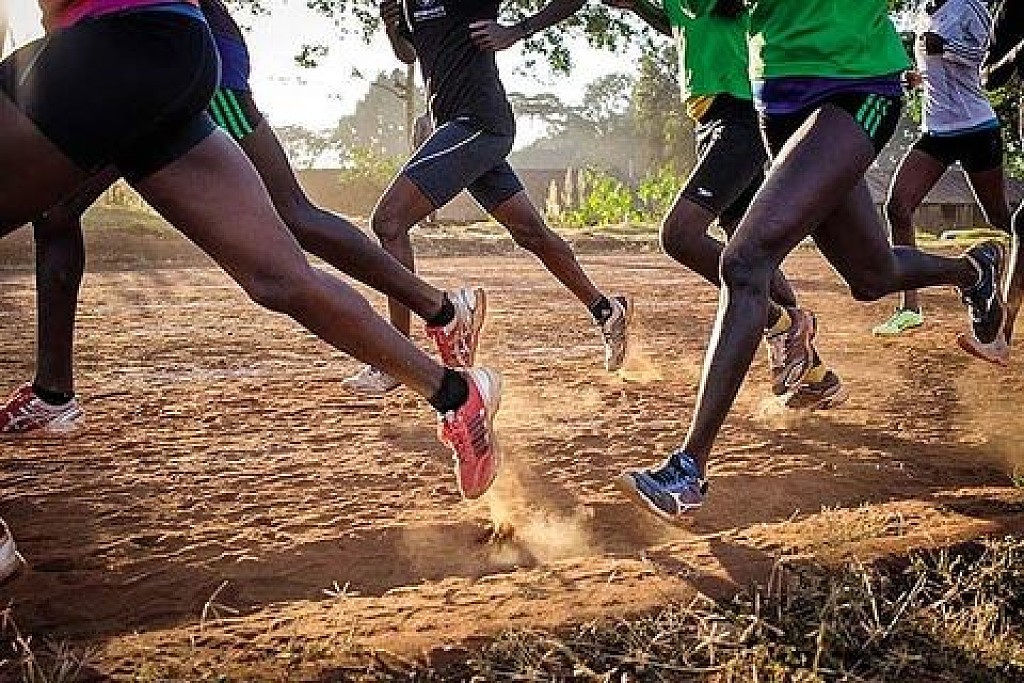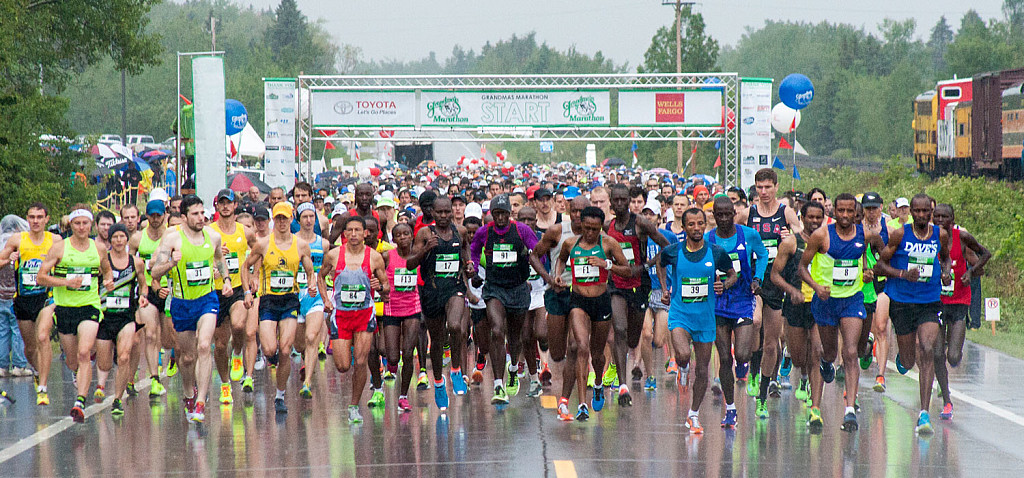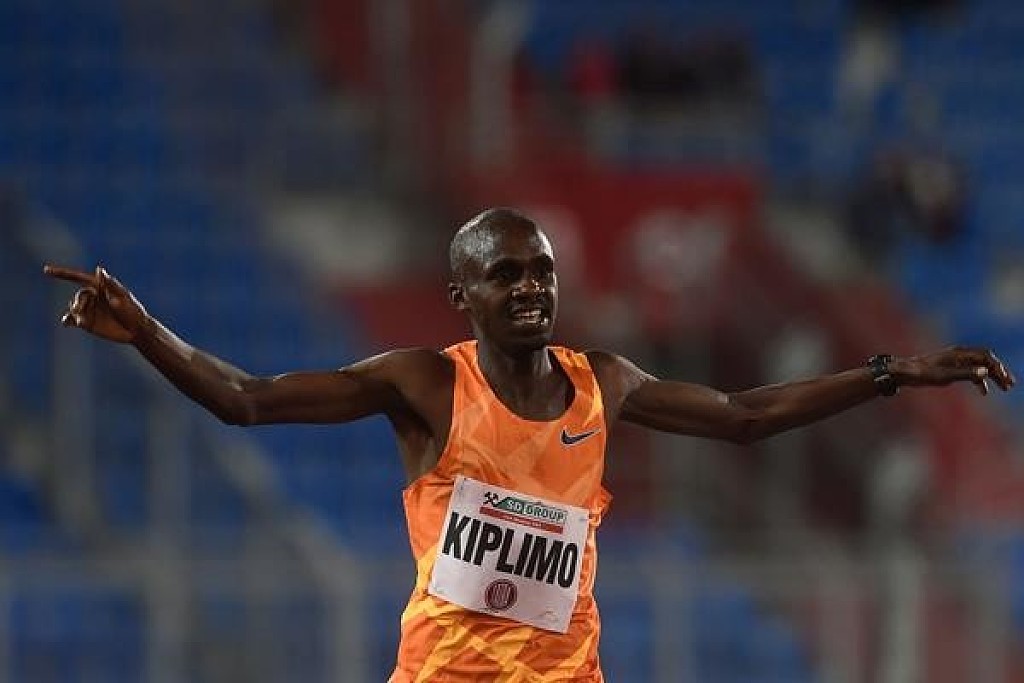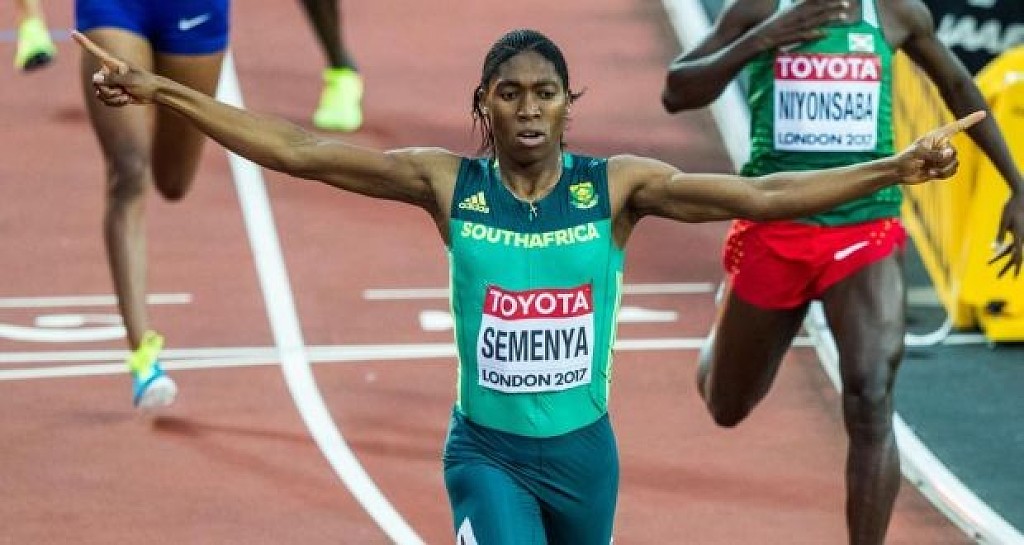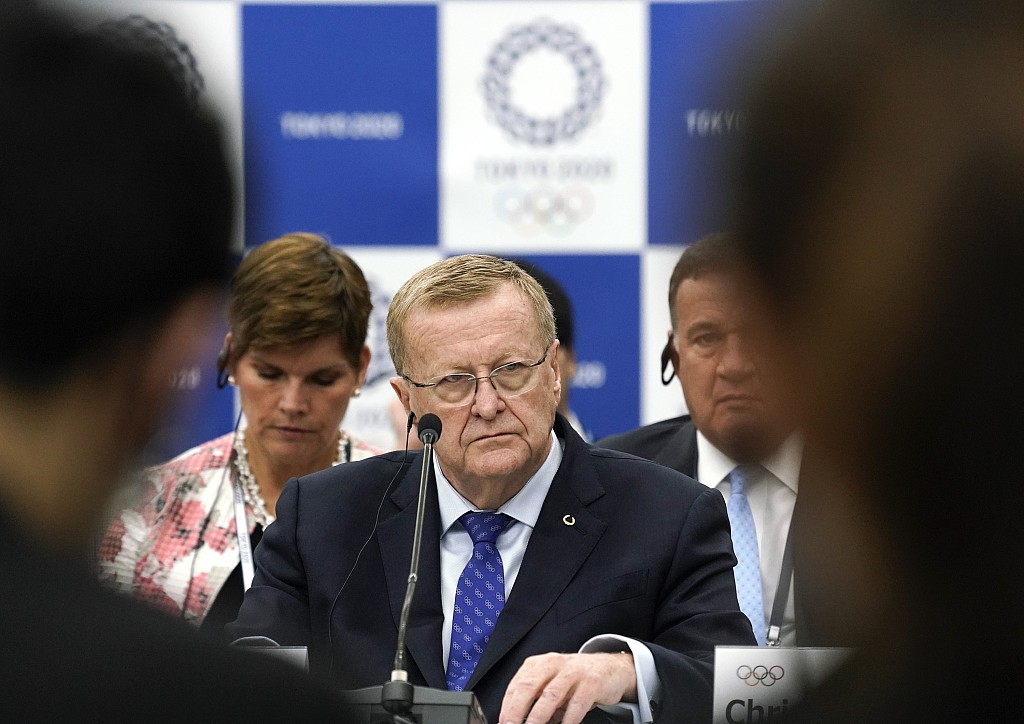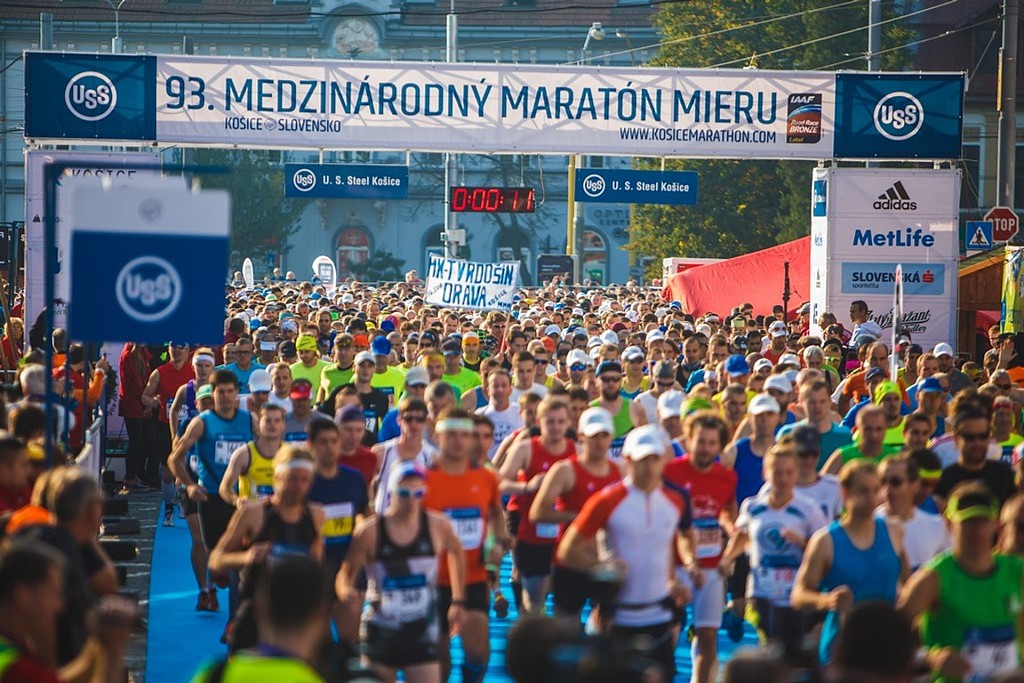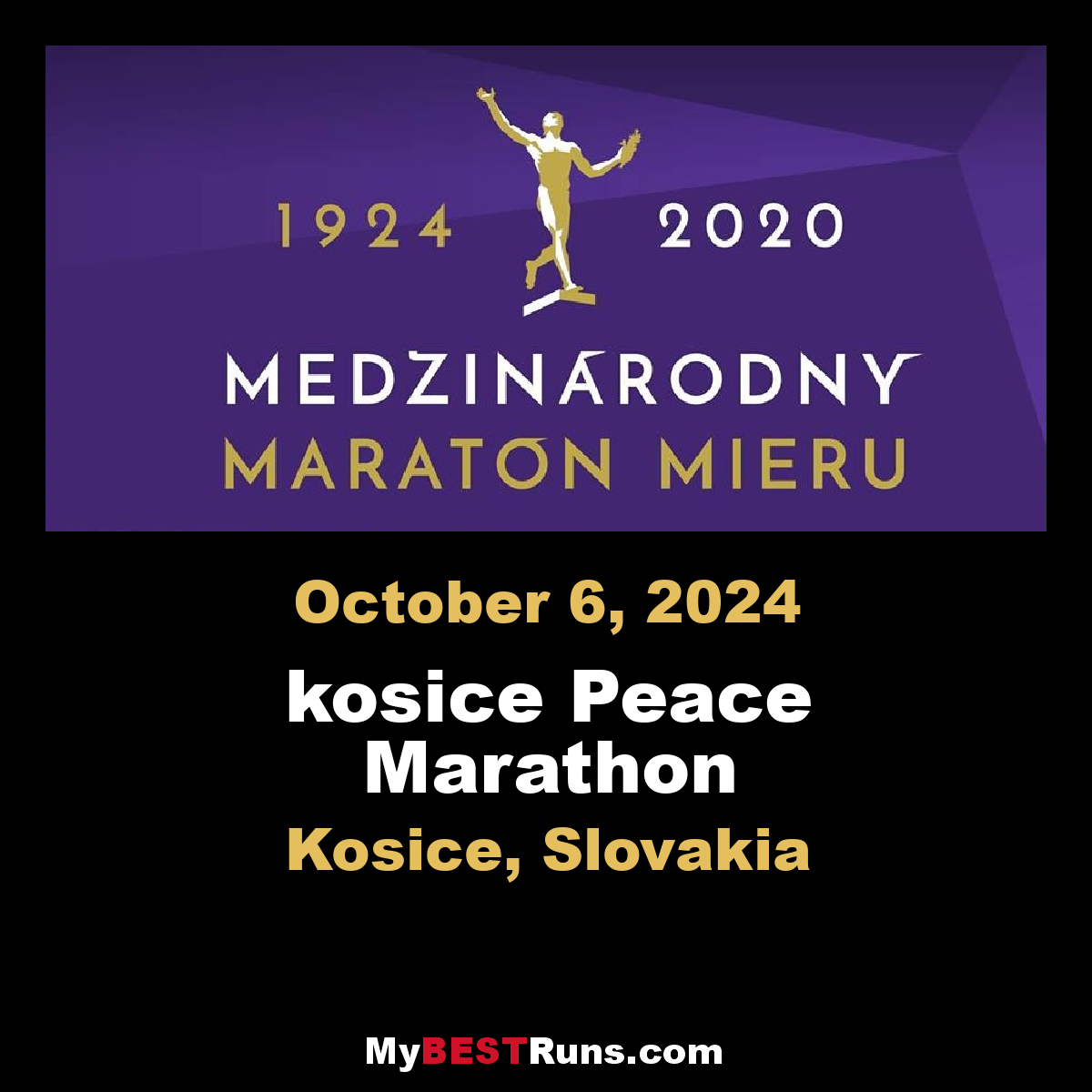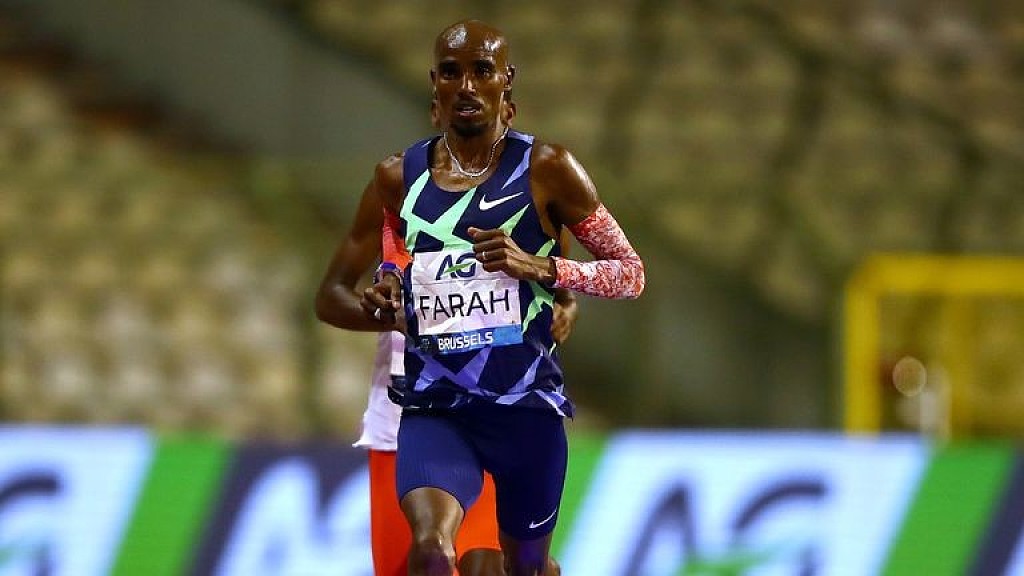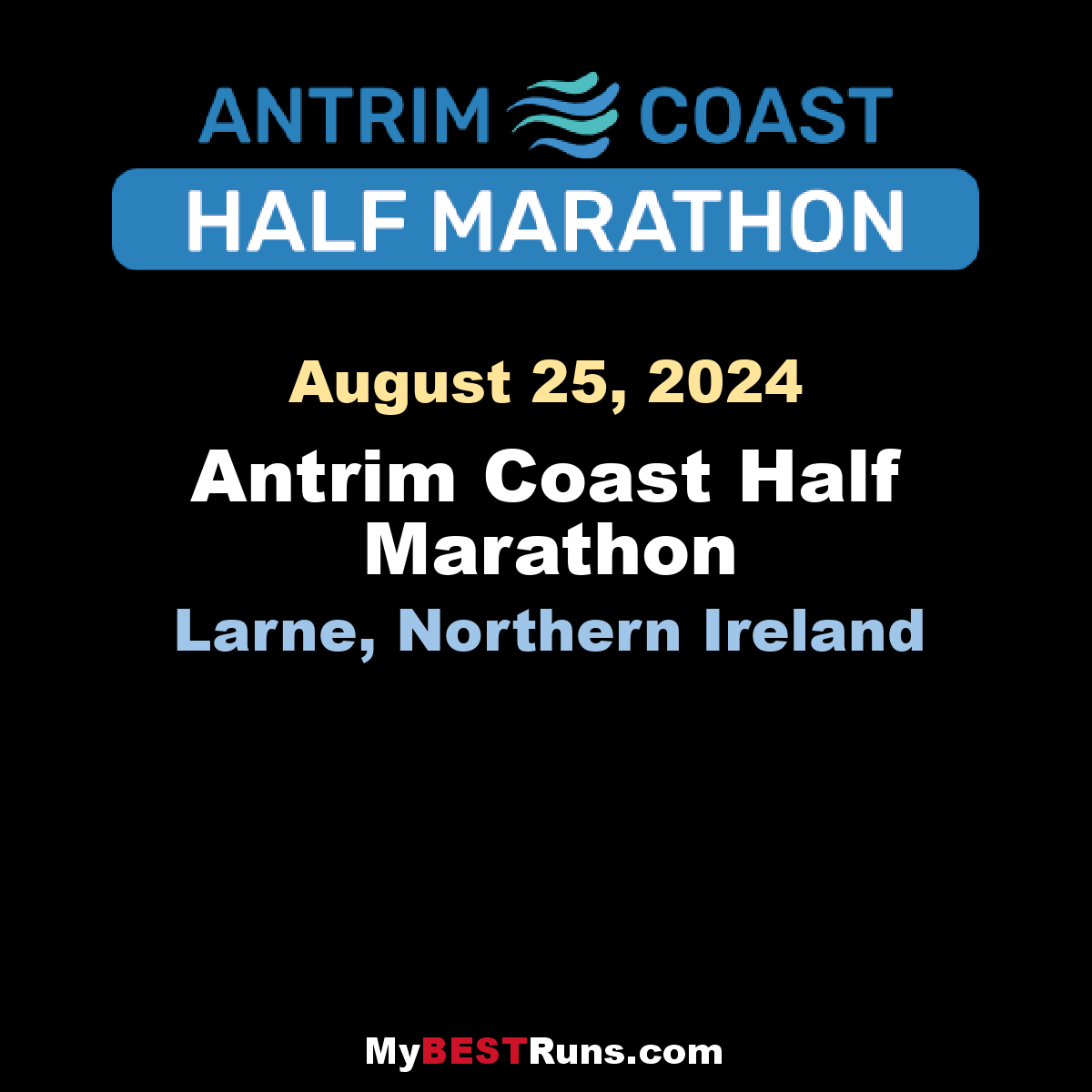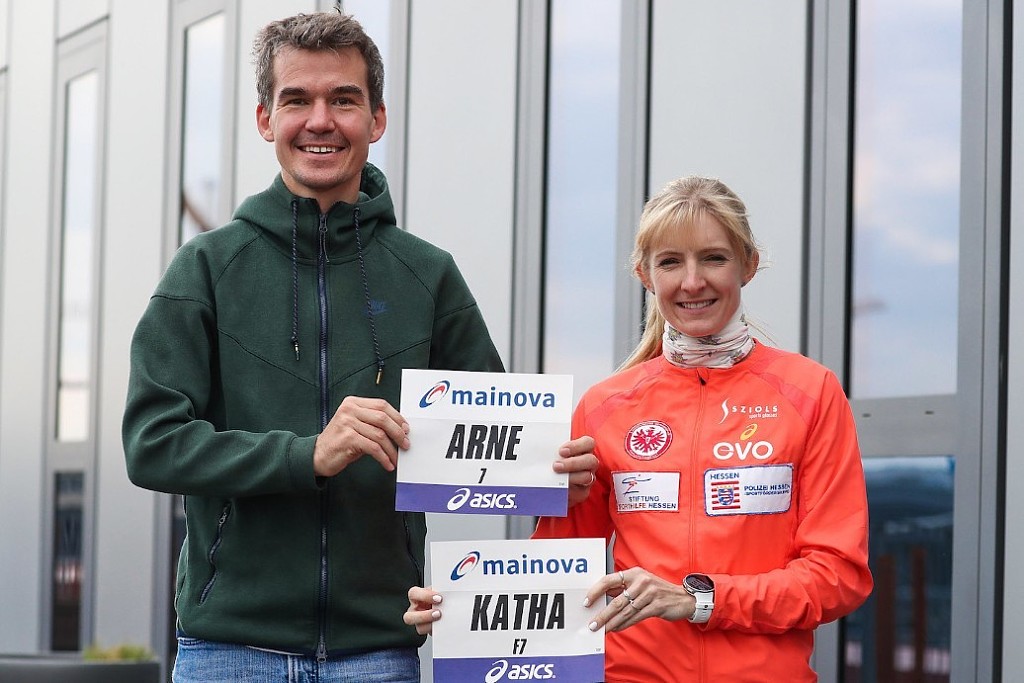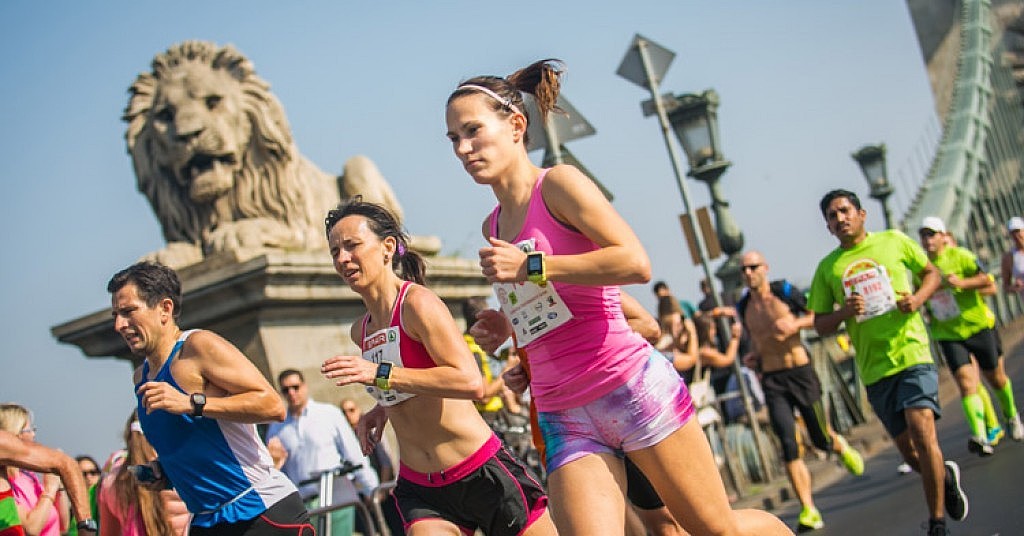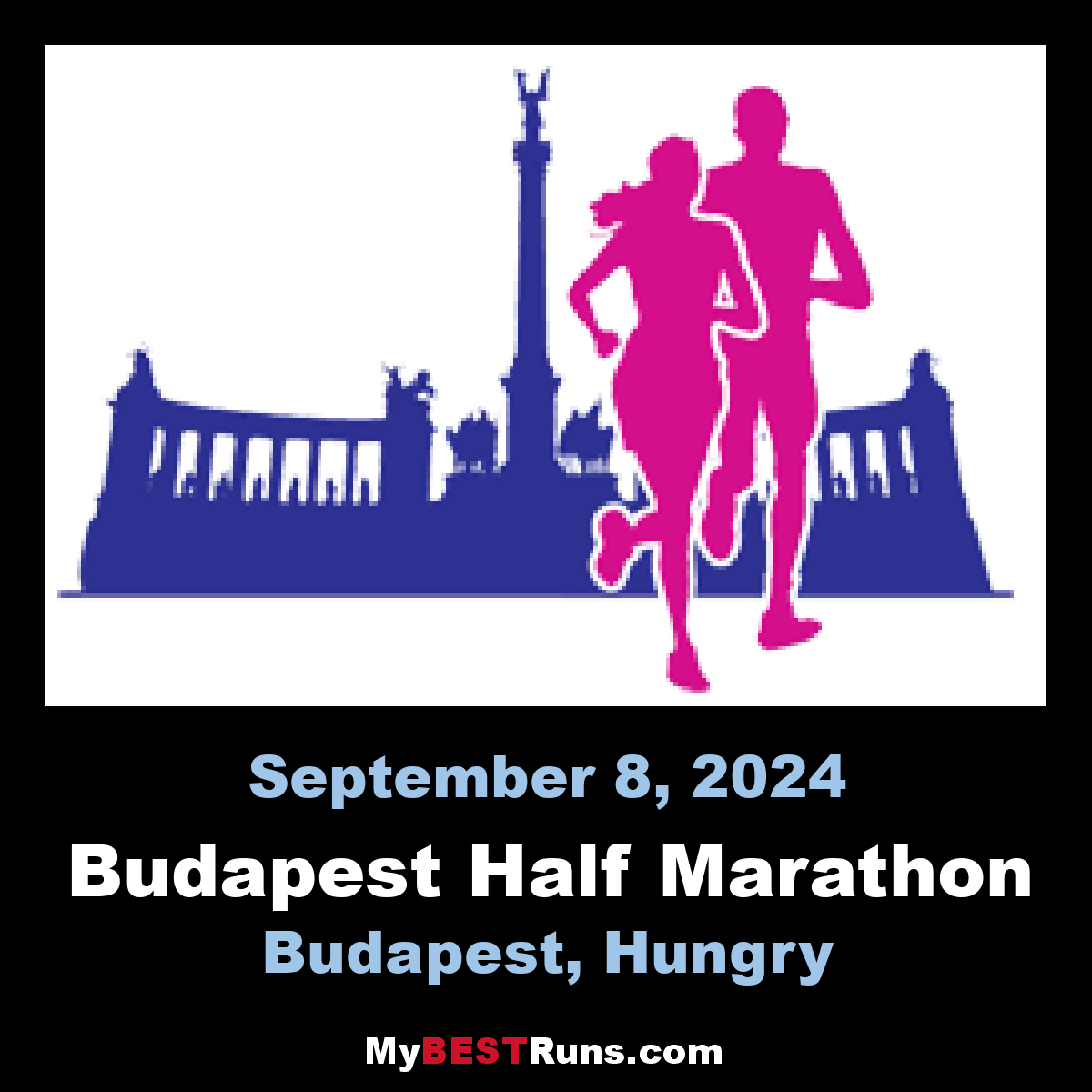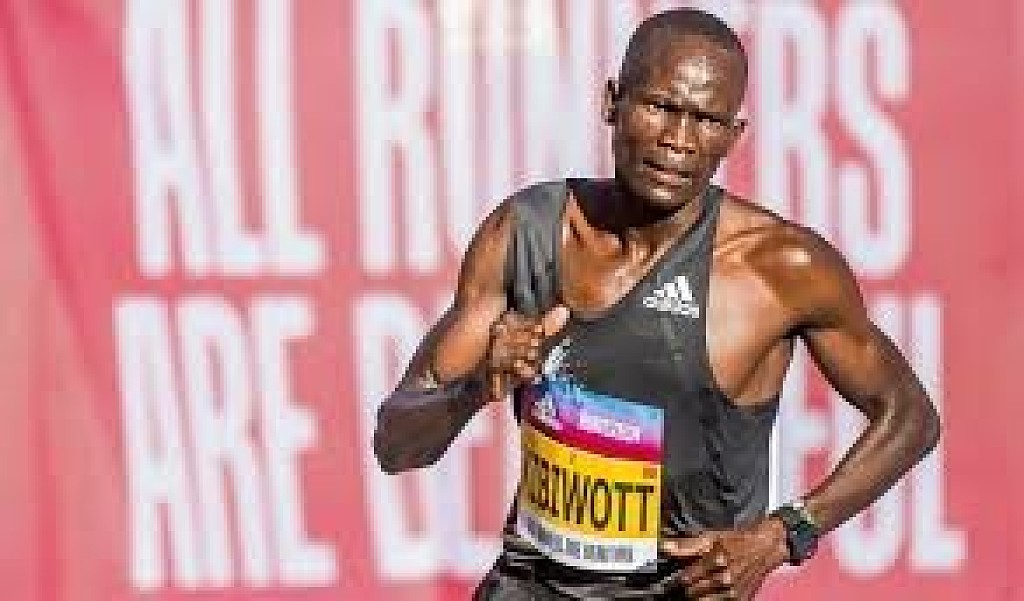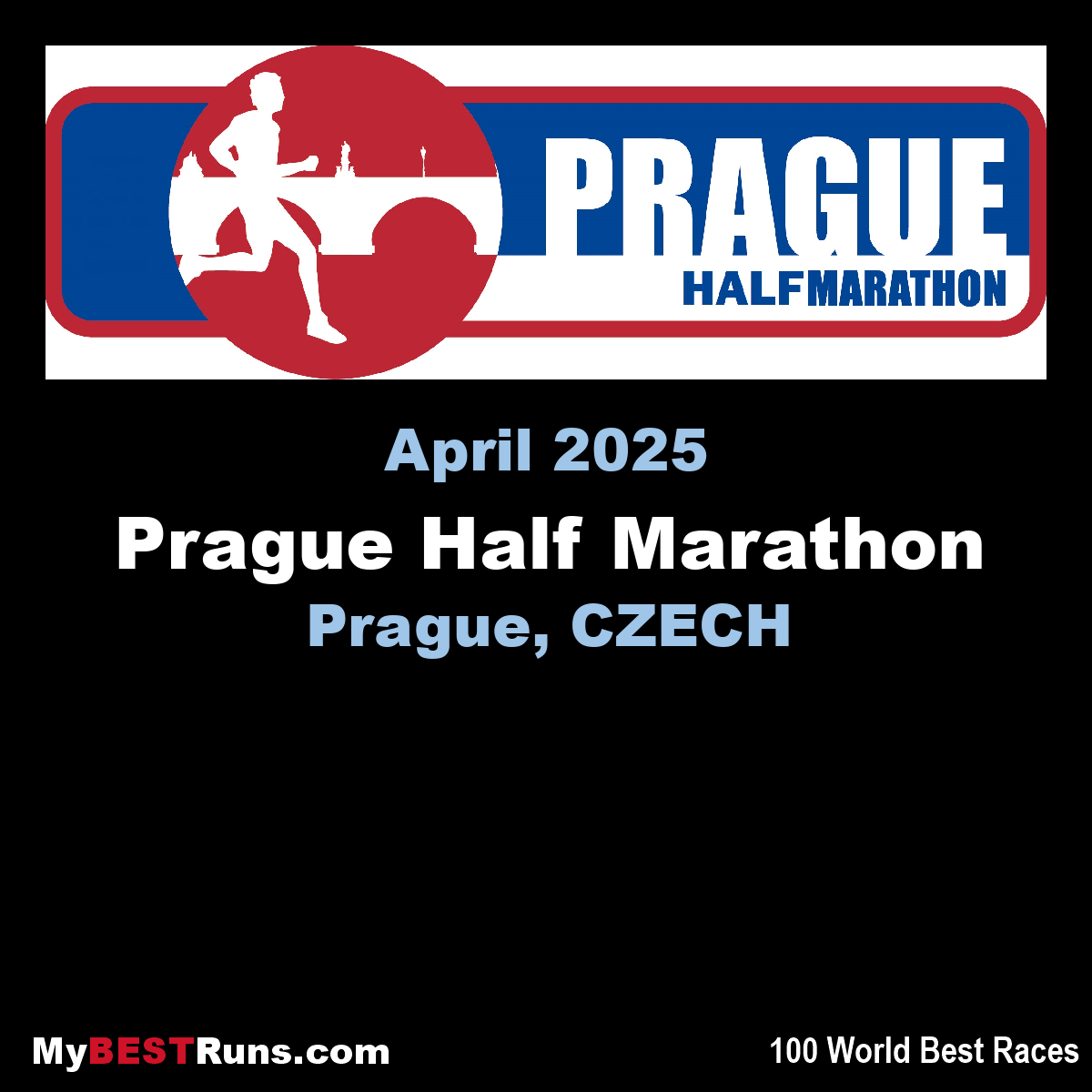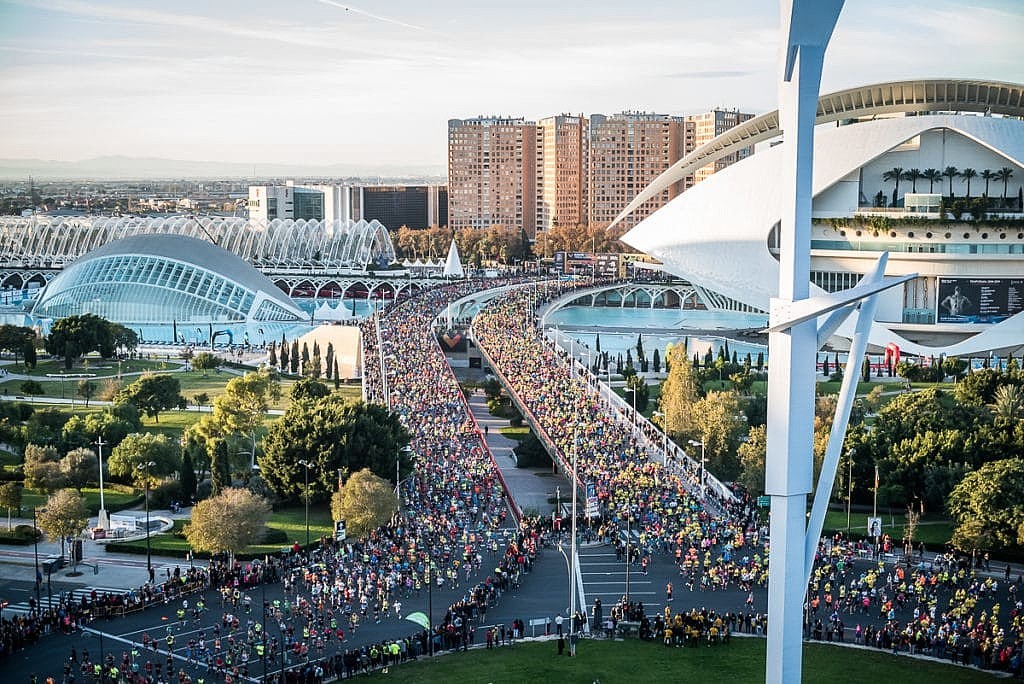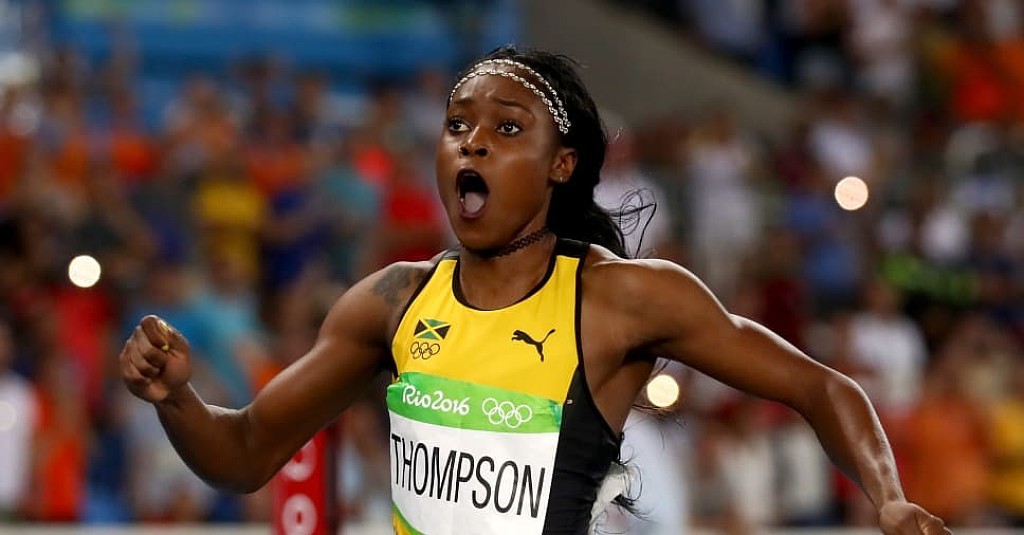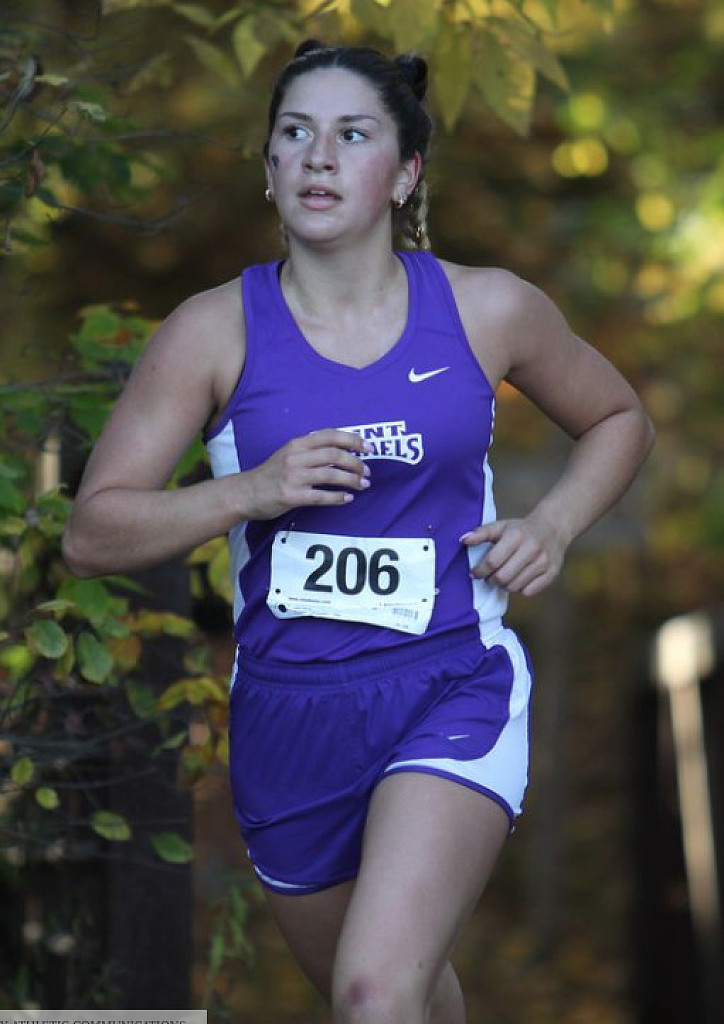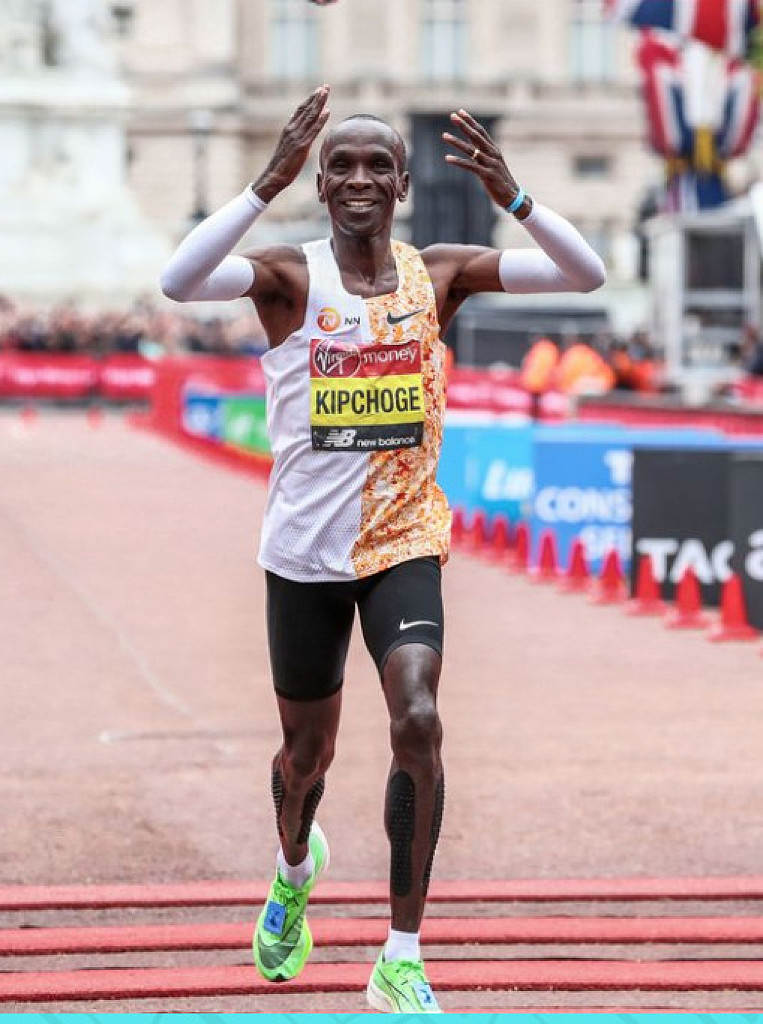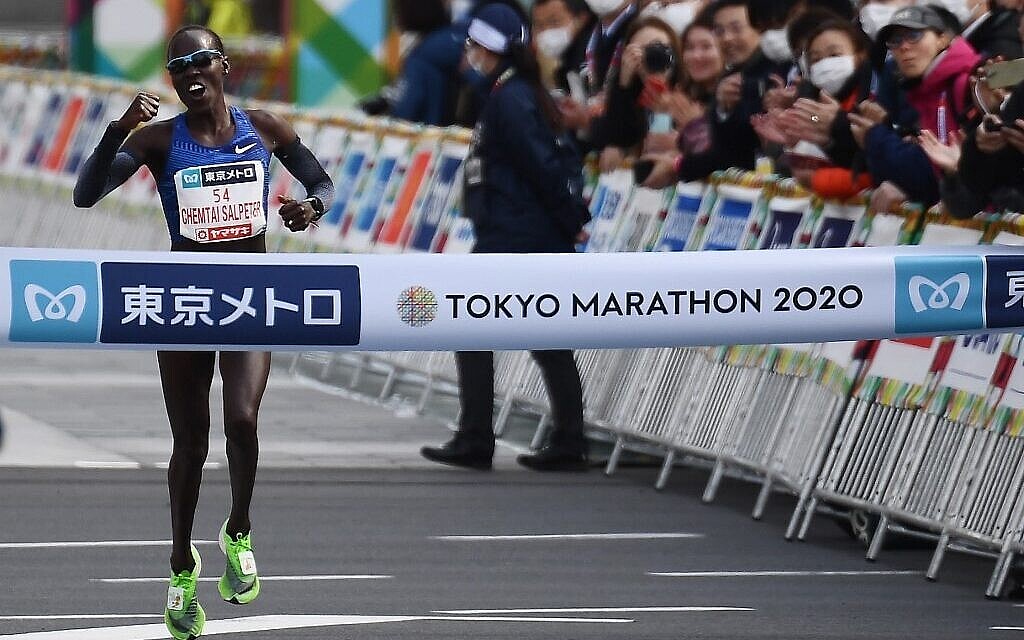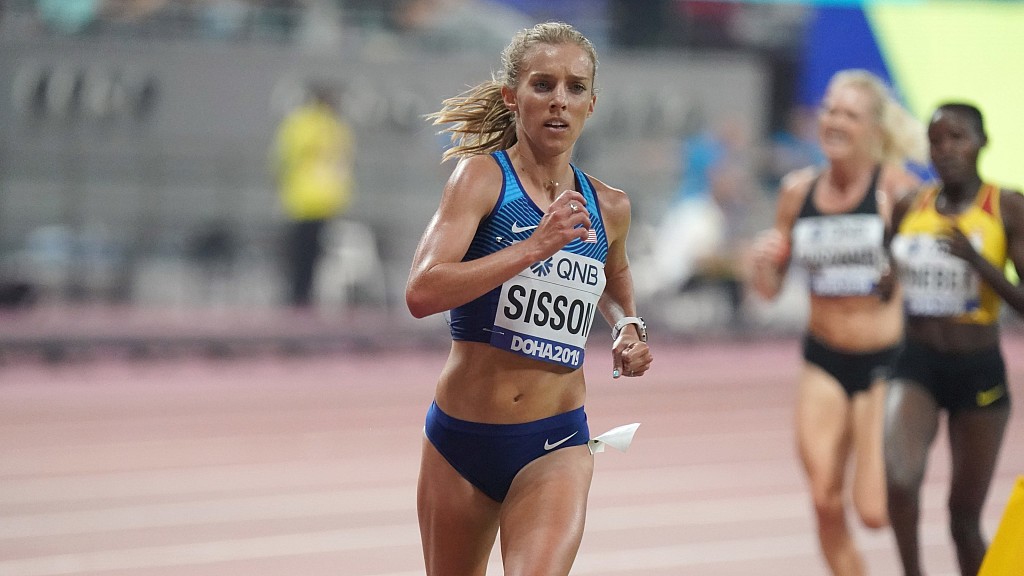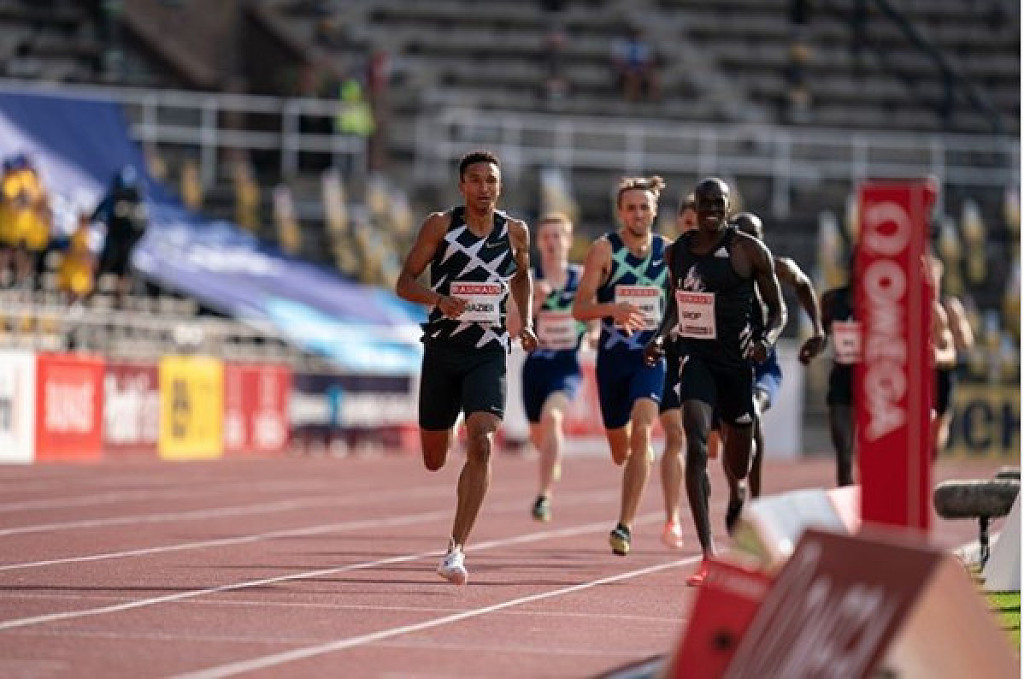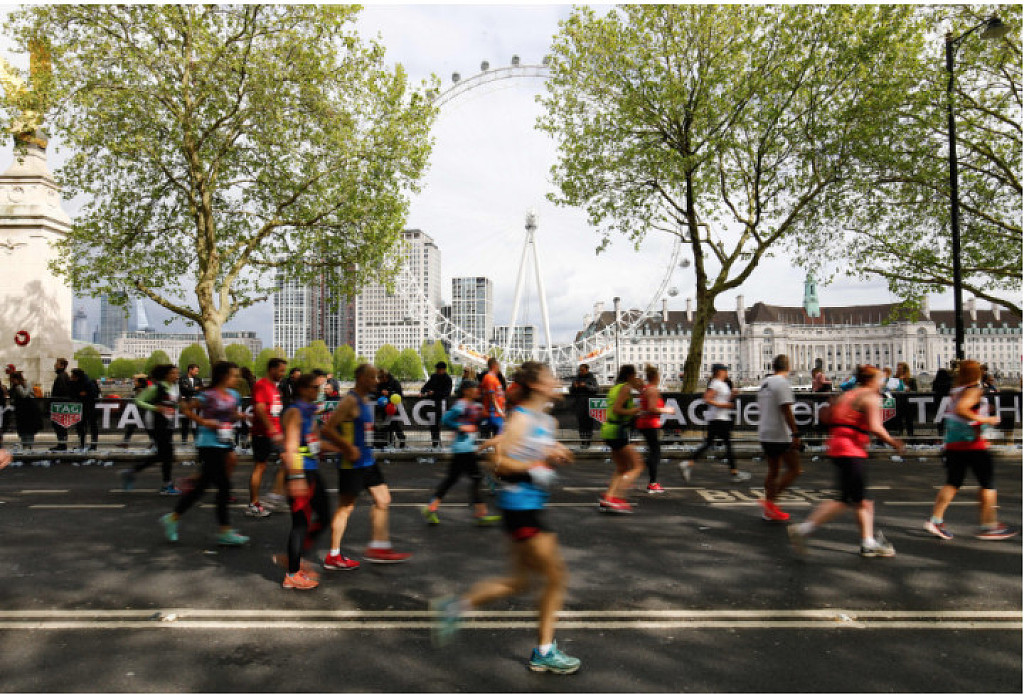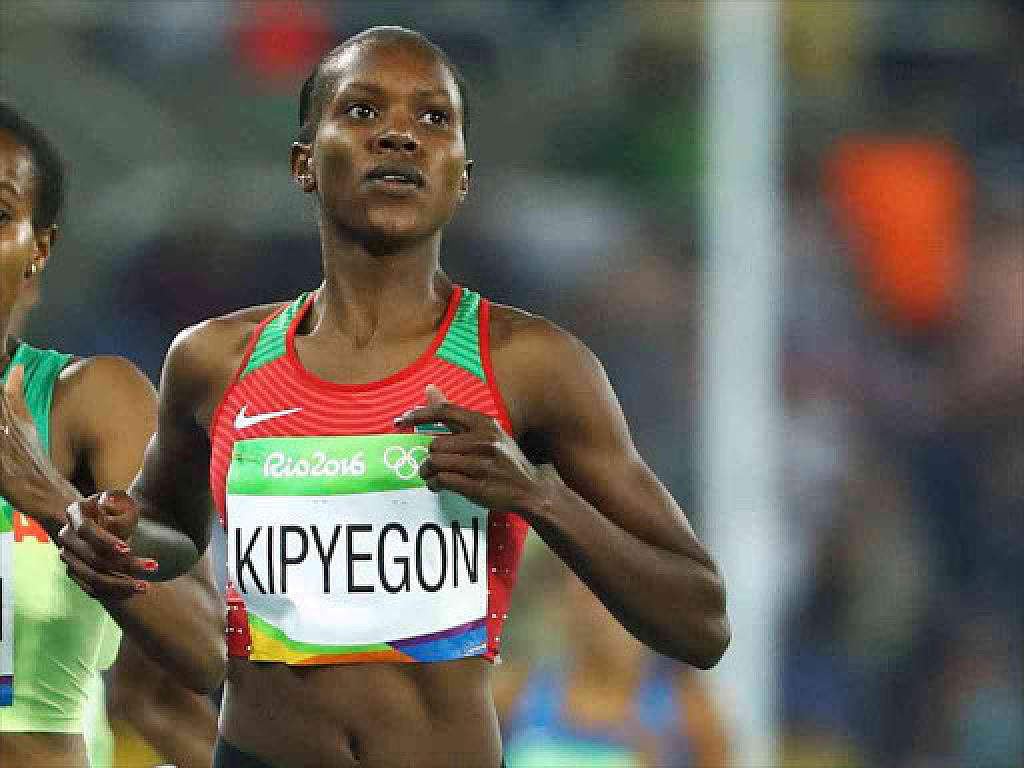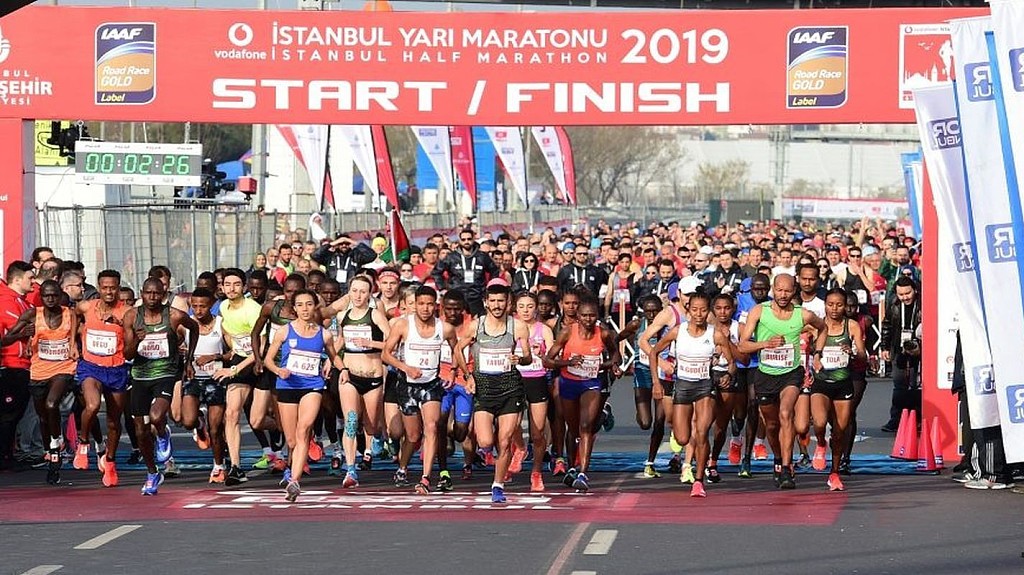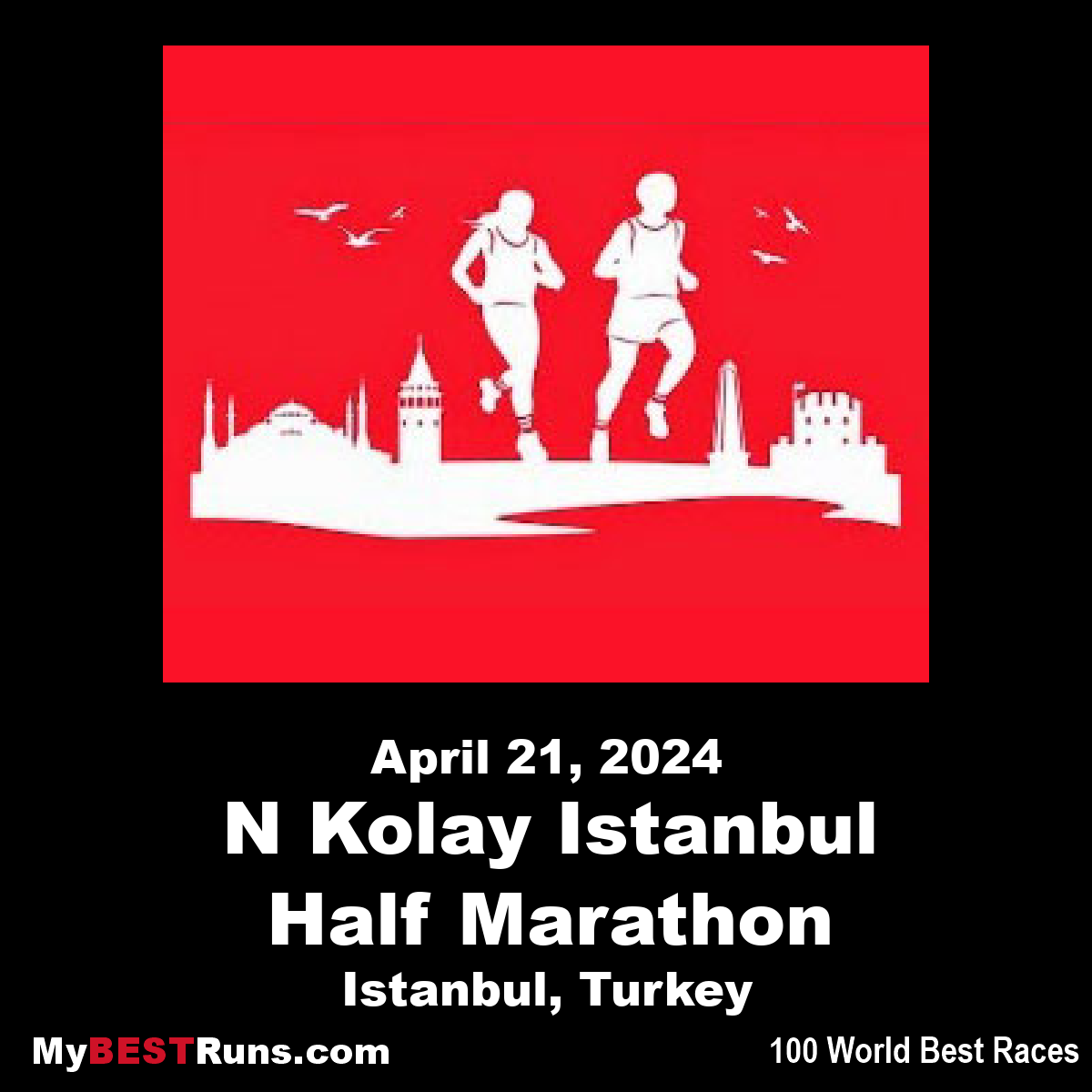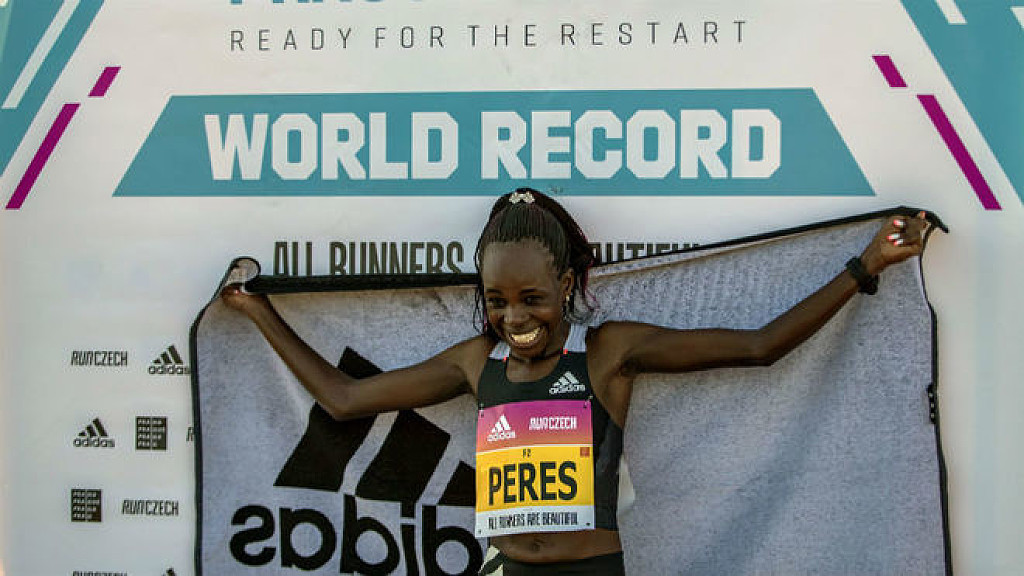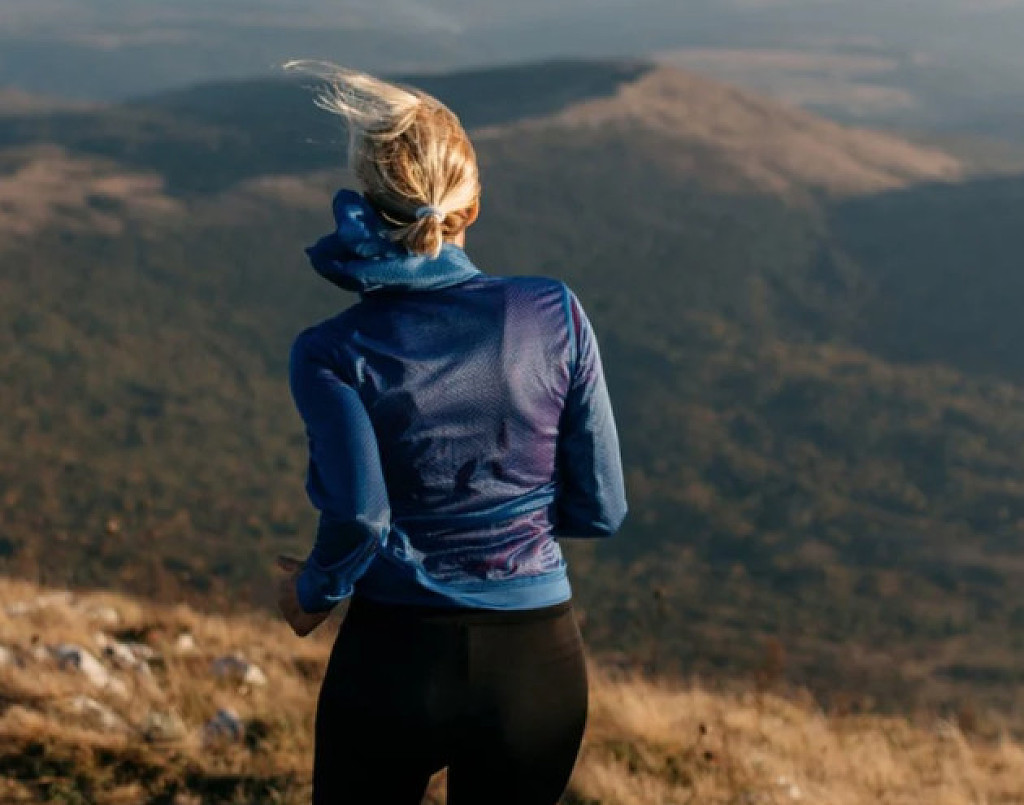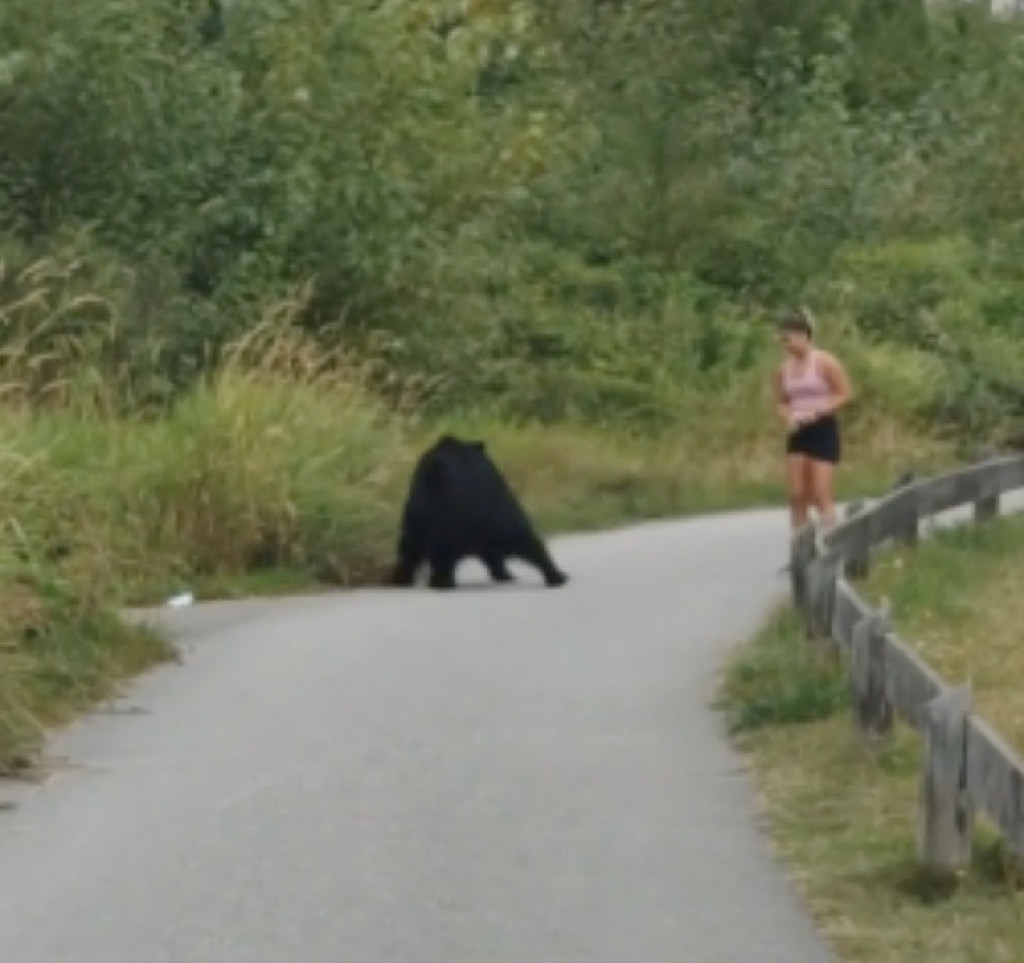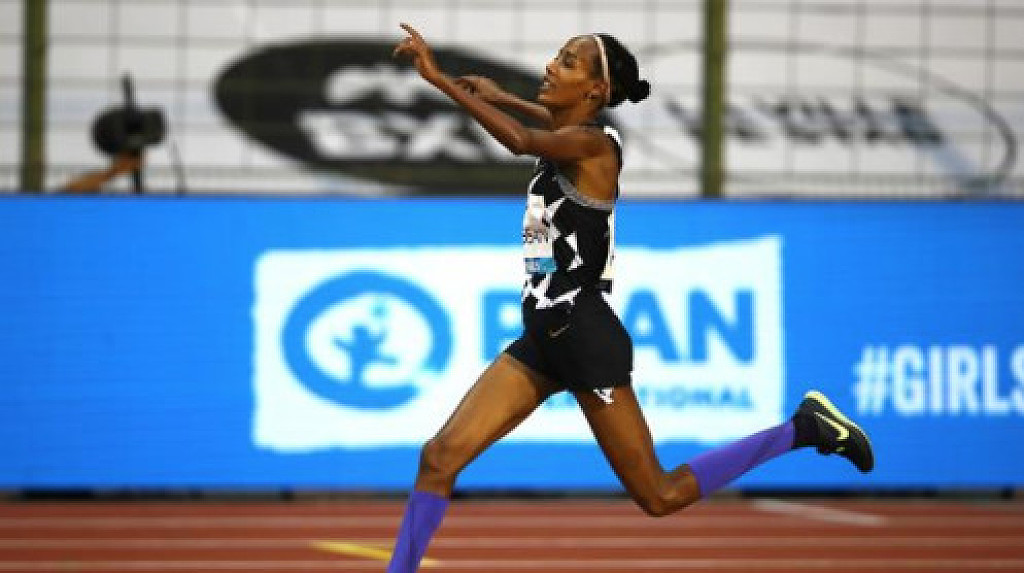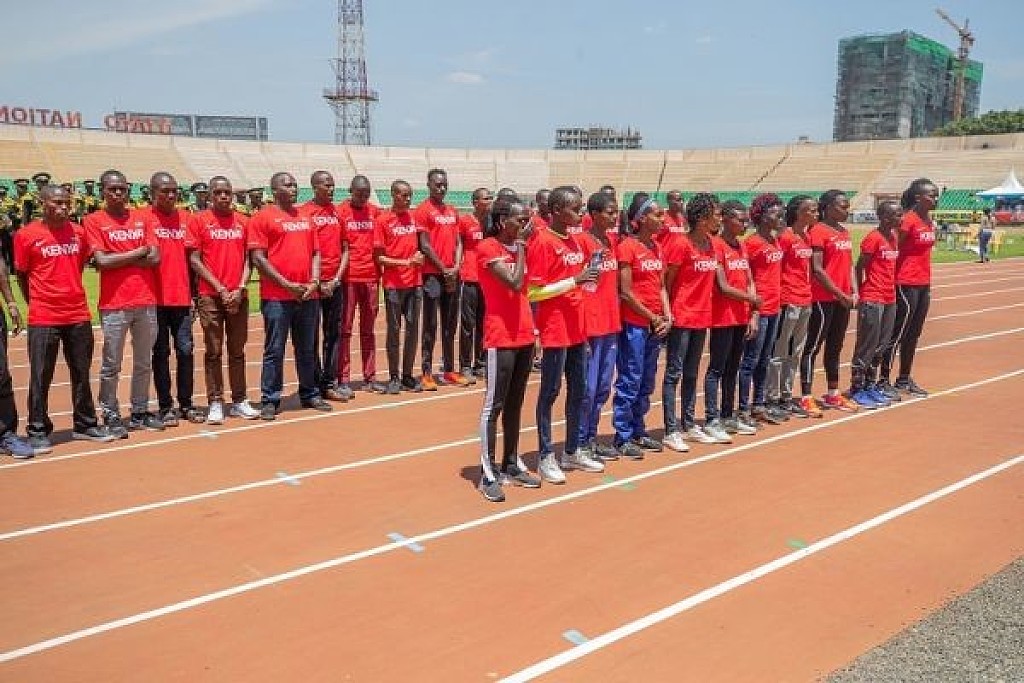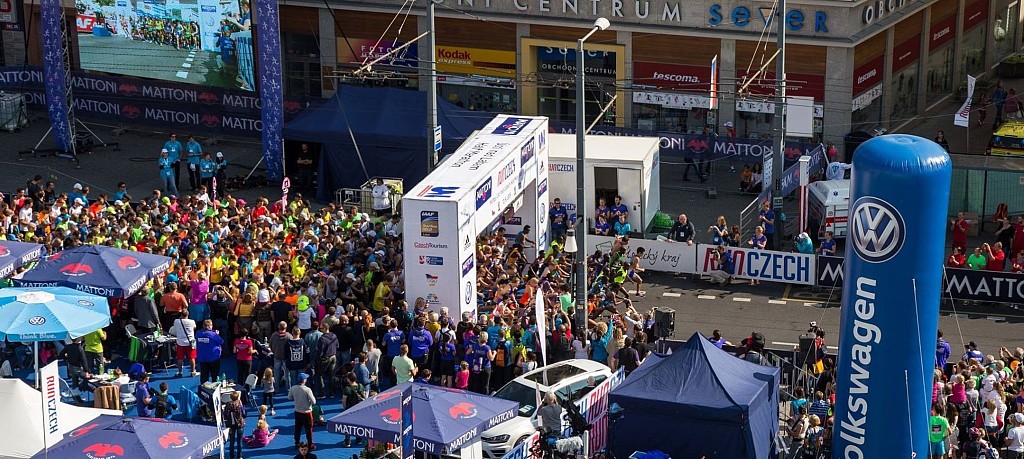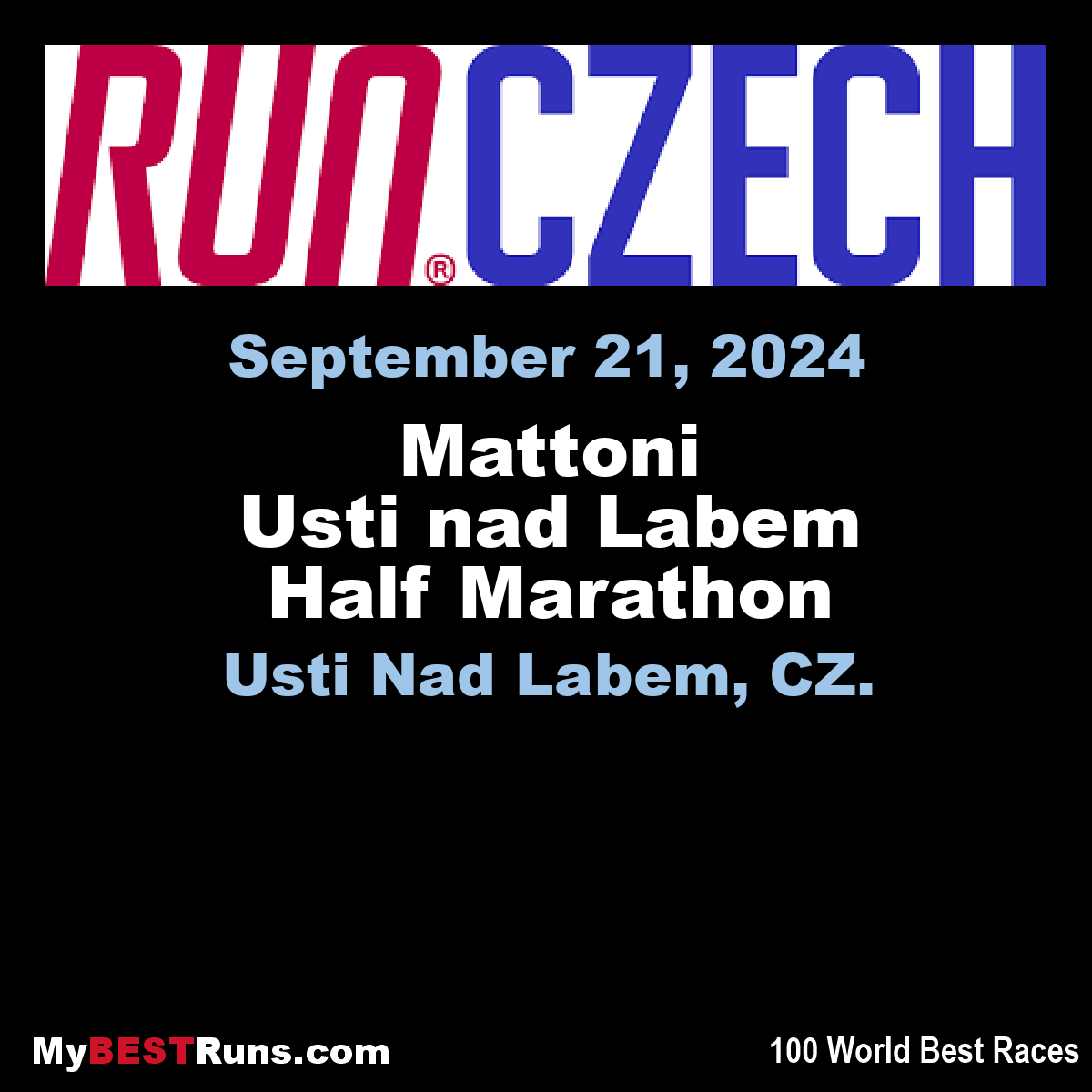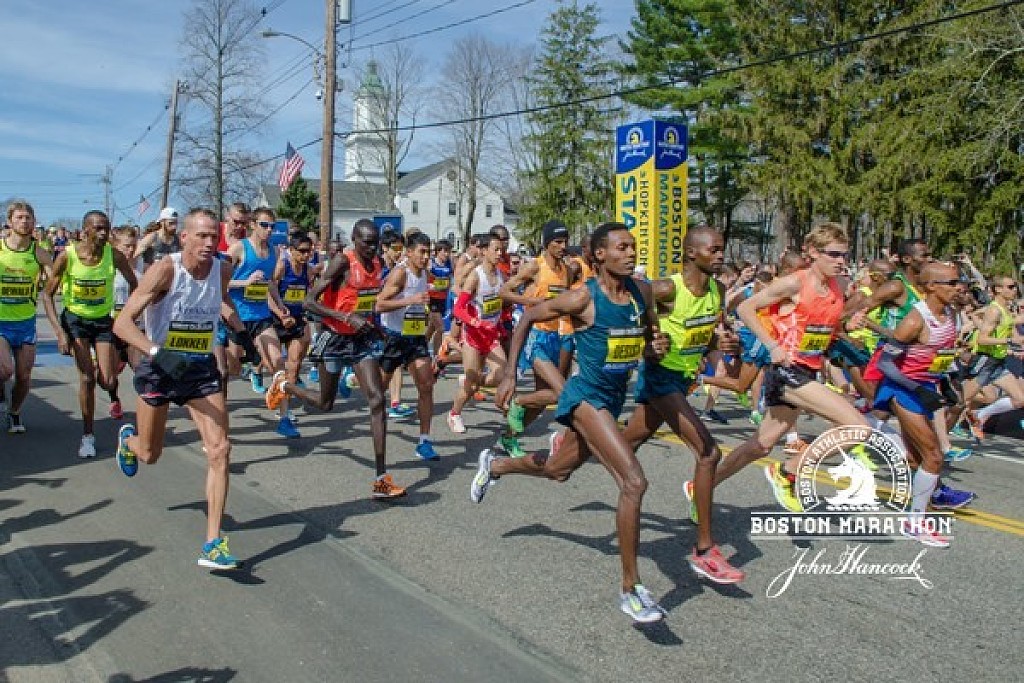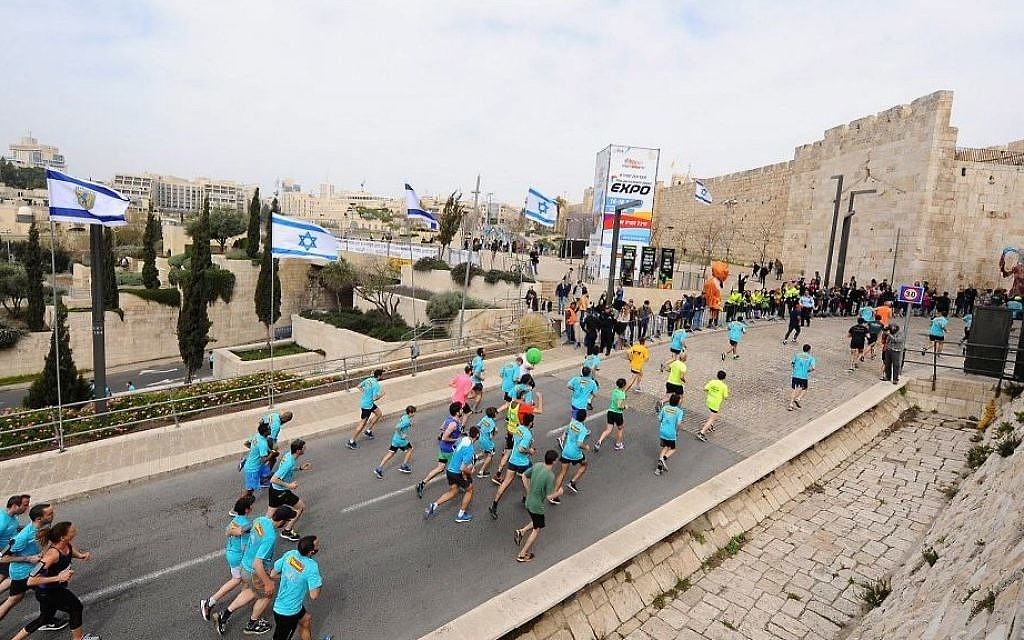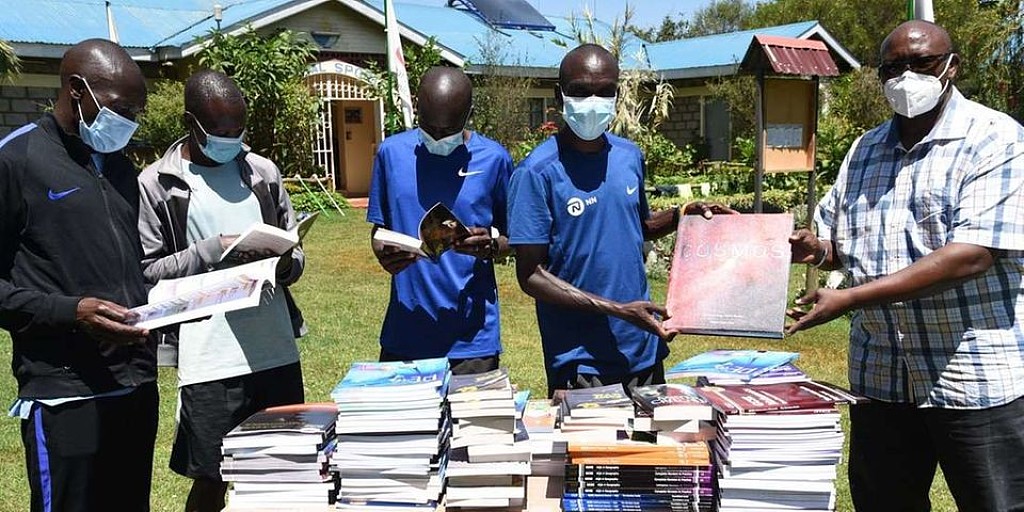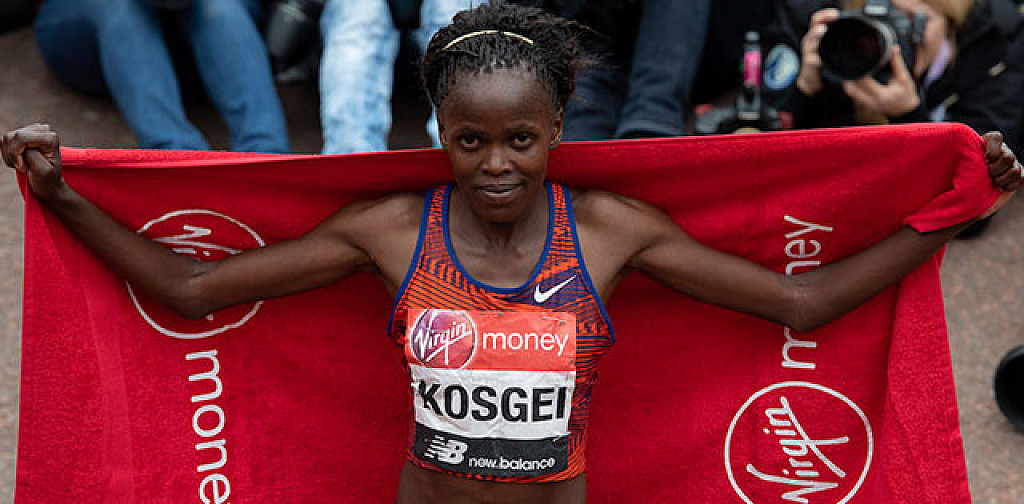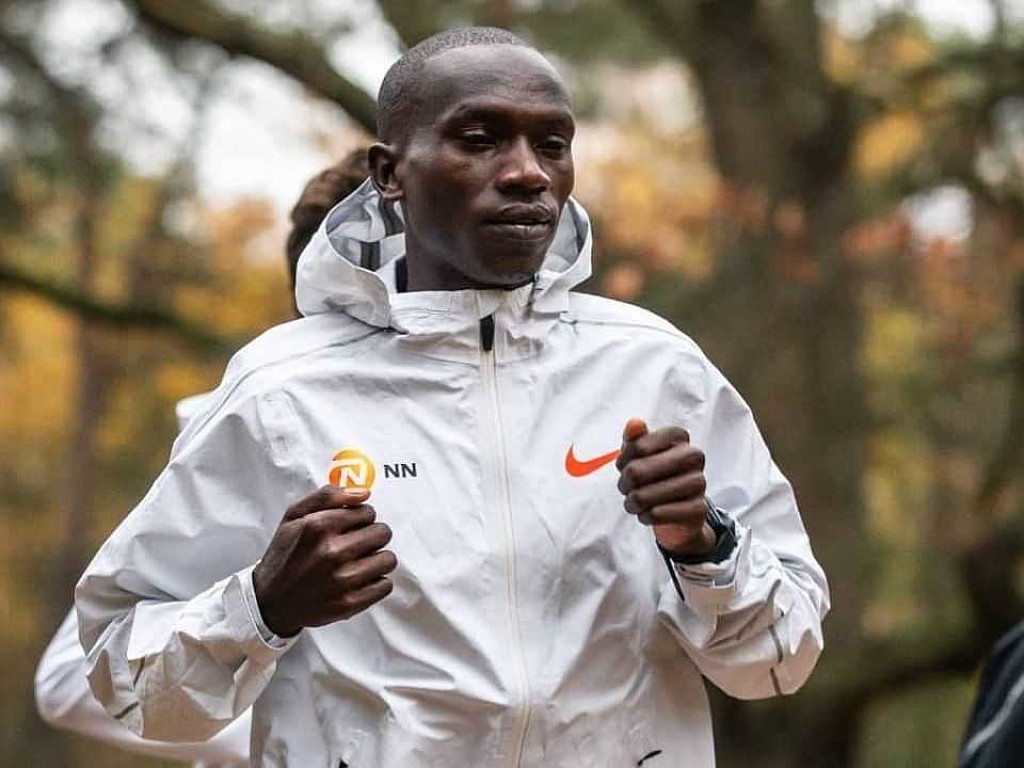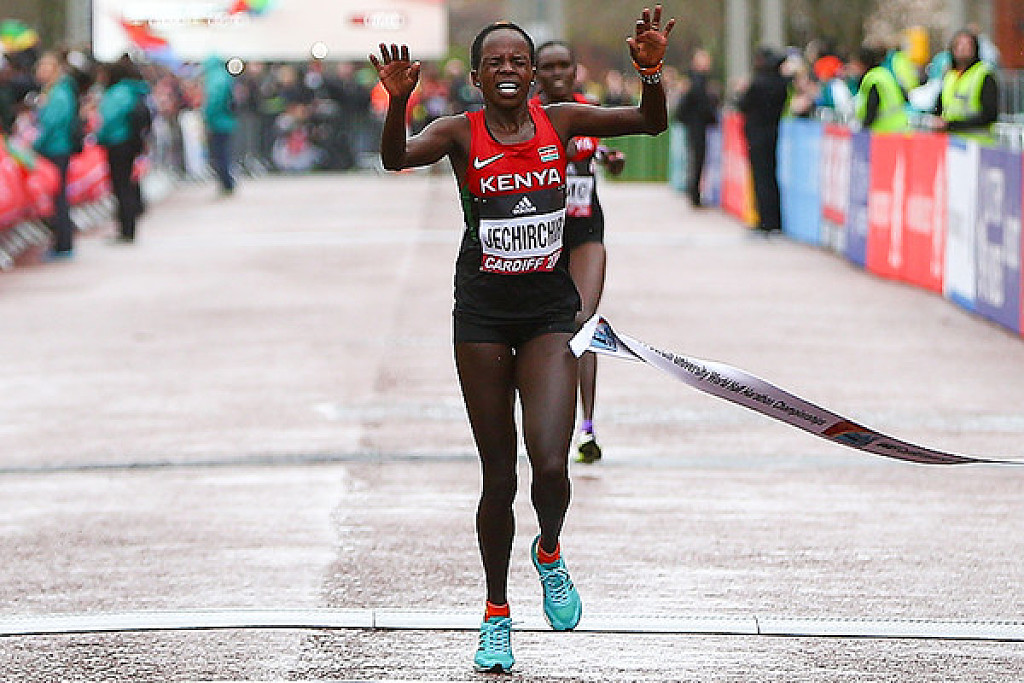Running News Daily
Running News Daily is edited by Bob Anderson in Mountain View, California USA and team in Thika Kenya, La Piedad Mexico, Bend Oregon, Chandler Arizona and Monforte da Beira Portugal. Send your news items to bob@mybestruns.com Advertising opportunities available. Over one million readers and growing. Train the Kenyan Way at KATA Running Retreat Kenya. (Kenyan Athletics Training Academy) in Thika Kenya. Opening in june 2024 KATA Running retreat Portugal. Learn more about Bob Anderson, MBR publisher and KATA director/owner, take a look at A Long Run the movie covering Bob's 50 race challenge.
Index to Daily Posts · Sign Up For Updates · Run The World Feed
Ryan Hall completes 69K ultramarathon, calls it ‘the hardest thing I’ve ever done’
Despite running just five times in 2020, the former U.S. Olympian made it through his first ultramarathon
Since retiring from professional running in 2016, American half-marathon record-holder Ryan Hall has not raced too much, and in 2020, he has only gone for a total of five training runs.
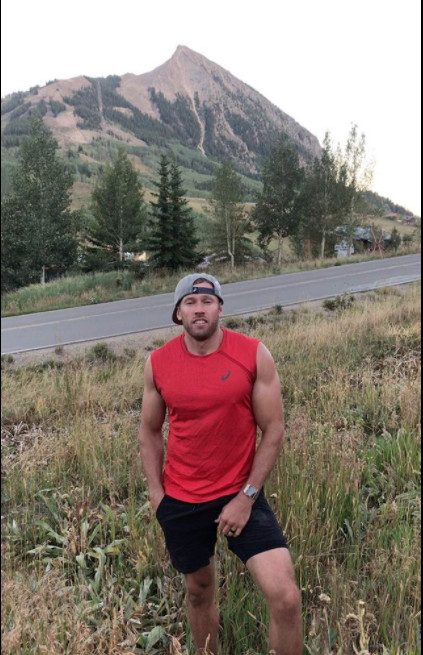
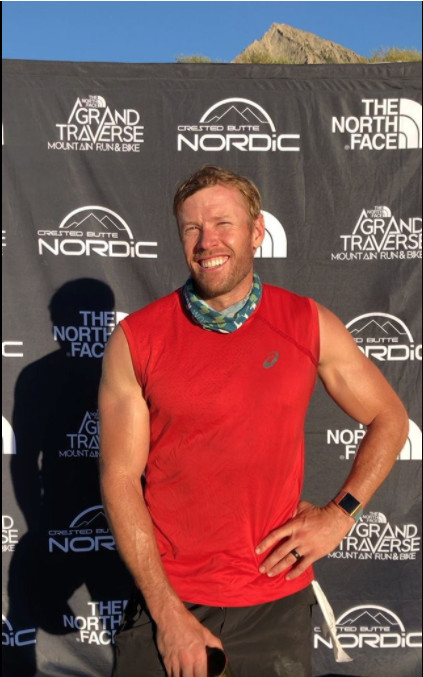
Despite this extremely low mileage for the year, he ran his first ultramarathon, completing the 69K Grand Traverse Mountain Run in Crested Butte, Colo., in 12:47:46.
In an interview after the race, Hall told the Grand Traverse team that he had hoped for “an epic adventure” that was “super hard,” and he said the event “exceeded super hard — it was super, super, super hard.”
The Grand Traverse
Local athlete Cam Smith of Crested Butte won the 69K race in an extremely tight finish, crossing the line just two seconds faster than second-place finisher Nick Coury. Smith won the race in 7:03:04. Hall was almost six hours back of the top finishers, but as he said before the race, he wasn’t running to compete for the win, he was just looking to finish.
“It was not pretty, it was not fast, but I got to the finish line,” he said in an Instagram video after the race. “I got the job done.” In his post-race interview, he said he has “never been more excited to reach a finish line.”
While he of course knew it would be a tough race, especially with no training, he said he still underestimated the challenge.
“It’s a really unique kind of pain,” he said, adding later on in his own video that the race was the hardest thing he has ever done.
No training
Hall works out a lot (he has been heavily invested in powerlifting since retiring from running), but deadlifts and benchpress reps won’t prepare you for any running race, let alone an ultramarathon. This isn’t his first time taking on a running challenge with little training under his belt.
In 2017, he ran the World Marathon Challenge (WMC) — an event in which he ran seven marathons in seven days on all seven continents — on next to no training. He finished in fifth place at that race, but he had no illusions that he could register a top result in Colorado over the weekend. He noted that the no-training approach likely isn’t a good idea for ultramarathons, saying, “I usually don’t recommend these kinds of races off five days of training a year.
Do as I say, not as I do.”
(09/13/2020) ⚡AMPby Running Magazine
World Athletics Half Marathon Championships Gdynia 2020 mass race cancelled
The Local Organising Committee of the World Athletics Half Marathon Championships Gdynia 2020 has today announced that Covid-19-related health and safety restrictions have forced the cancellation of the mass participation race that was to accompany the elite championships on 17 October.
A record number of more than 27,000 amateur runners had registered to compete on the streets of Gdynia. Instead they will be offered the opportunity to join a virtual competition with the goal of participating in the world’s largest individual half marathon.

The #AllYouNeedIsRunning project has already been endorsed by running and athletics greats including Eilish McColgan, Stefano Baldini, Marek Plawgo, Robert Korzeniowski and the President of World Athletics, Sebastian Coe.
Since the beginning of March, when the event was postponed from 29 March to 17 October, intensive discussions and efforts have been made to find a solution that would enable the Local Organising Committee to hold the event in its original format, featuring both the championships race and the record-breaking mass race.
A comprehensive document outlining modifications to the event setup and extra safety procedures was created and presented to the Polish government and relevant healthcare and sanitary bodies.
Unfortunately, holding a mass race for thousands of runners proved to be impossible in the current circumstances.
World Athletics and the LOC continue to prepare for the elite championships and will make a final decision on their future as soon as possible.
“Surely, that’s not how we imagined the outcome of three years of preparations to this event,” said Michal Drelich, head of the LOC. “I would like to thank the entire team and our partners from World Athletics and the host city of Gdynia for their incredible effort to develop alternative event formats, race courses and new procedures that were supposed to make both the elite run and the mass race happen in the safest possible way, with massively enhanced social distance and minimised touchpoints between athletes, staff and volunteers.
“However, under the current restrictions regarding mass participation events and seeing no perspective for these to be released soon, we are forced to cancel the mass race. We have postponed this decision as long as possible but now it is time to accept the reality. Our efforts are now focused on the virtual mass race and doing whatever it takes to stage the elite competition.”
Registered mass race runners are invited to join the virtual competition with their starting kits – including bib number, official Asics t-shirt, official event backpack and the unique finisher medal – planned to be shipped to them successively in the coming weeks.
The virtual race is also open for new running enthusiasts from all over the world. You only have to create your account on the newly launched platform at www.AllYouNeedIsRunning.com.
Joining the race is free of charge but you can purchase a medal, t-shirt or other merchandise items as an option. Additionally, a loyalty program and three months of complimentary subscription to TIDAL and Runkeeper Premium are offered to registered runners.
Drelich said that despite the difficult and frustrating situation, organisers want to show that #AllYouNeedIsRunning.
“We are runners ourselves,” Drelich said. “We miss spectacular events which not only give us motivation but also allow us to meet friends and deliver all those positive emotions. In the recent months, it was often going out for running session that made us refresh our brains and focus on our goals. We truly hope that 17 October, despite all the adversity, will be a great exhibition of love for running. Wherever you are on that day, let’s run together.
(09/13/2020) ⚡AMPby World Athletics
2020 Fukuoka Marathon will go ahead, but with limited field size
On Sept. 12 the Fukuoka International Marathon announced that this year's race will go ahead as scheduled on Dec. 6. Usually a two-tier elite/sub-elite men's race with a field of around 400, this year's race will be cut back dramatically.
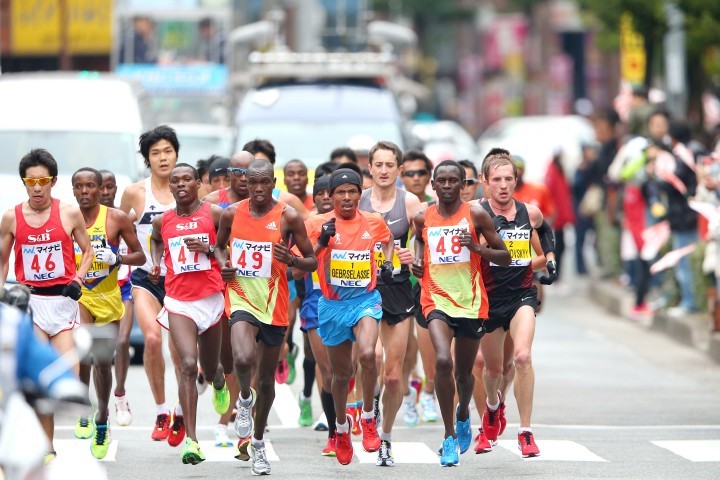
Along with an elite invited field of probably 10 men, the field this year will be limited to the 80 fastest applicants with marathon qualifying marks under 2:25:00 and the 10 fastest with half marathon bests under 1:04:00.
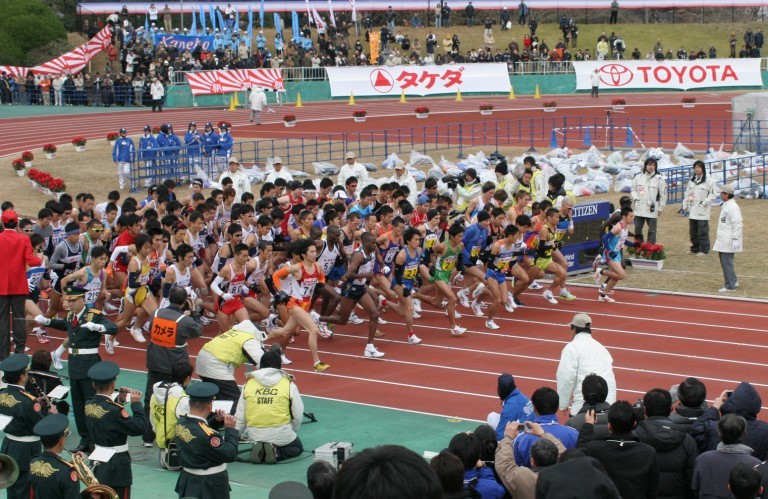
This eliminates the B-group start in Ohori Park, with the entire field starting on the track at Heiwadai Field.Most notably for the event's "international" self-designation, applications will be "limited to runners who are able to enter and stay in Japan as of September 14 (Mon.), the day on which applications open."
That pretty well eliminates anyone who is not a Japanese citizen or already a resident, even in the event of liberalization of Japan's restrictive anti-COVID immigration policies between now and race day.
How that's going to apply to the invited athlete field remains to be seen, but Fukuoka is definitely capable of putting together a field that meets World Athletics gold label requirements using only Japanese and Japan-based African athletes.
(09/12/2020) ⚡AMPby Brett Larner
Fukuoka Marathon
The Fukuoka International Open Marathon Championship is one of the longest running races in Japan, it is alsoan international men’s marathon race established in 1947. The course record is held by Tsegaye Kebede of Ethiopia, running 2:05:18 in 2009. Frank Shorter won first straight years from 1971 to 1974. Derek Clayton set the World Record here in 1967 running 2:09:37. ...
more...Mo Farah and Lily Partridge were the winners at Antrim Coast Half Marathon
Mo Farah takes first as Marc Scott, Ben Connor, Stephen Scullion and M60 Tommy Hughes impress, while Lily Partridge enjoys women’s win
Mo Farah was first across the line in the Antrim Coast Half Marathon on Saturday (Sept 12) in 60:31 but the most eye-catching performances came from those following in his slipstream.
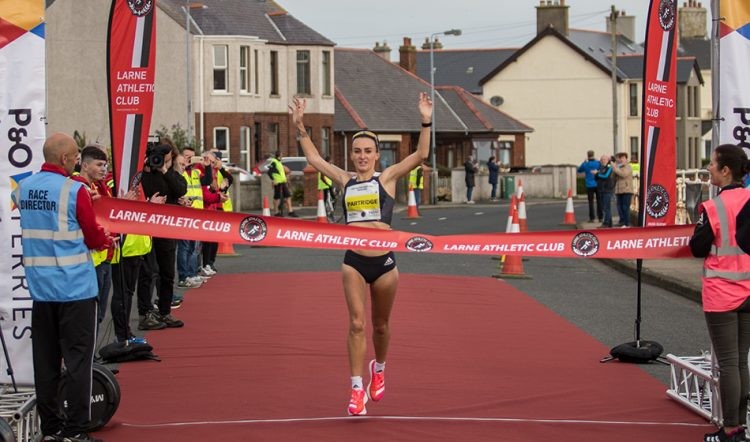
Runner-up Marc Scott was close behind with 60:43 on his debut at the distance to go No.3 on the UK all-time rankings. In third, London Marathon-bound Ben Connor took 16 seconds off his PB with 60:59 to go equal fourth with Steve Jones in fourth on the UK all-time lists.
Stephen Scullion, in fourth, smashed the Northern Ireland record by a big margin with 61:12. Like Connor, the Belfast man is set to run the London Marathon on October 4 too as the popular local athlete took more than two minutes off his best.
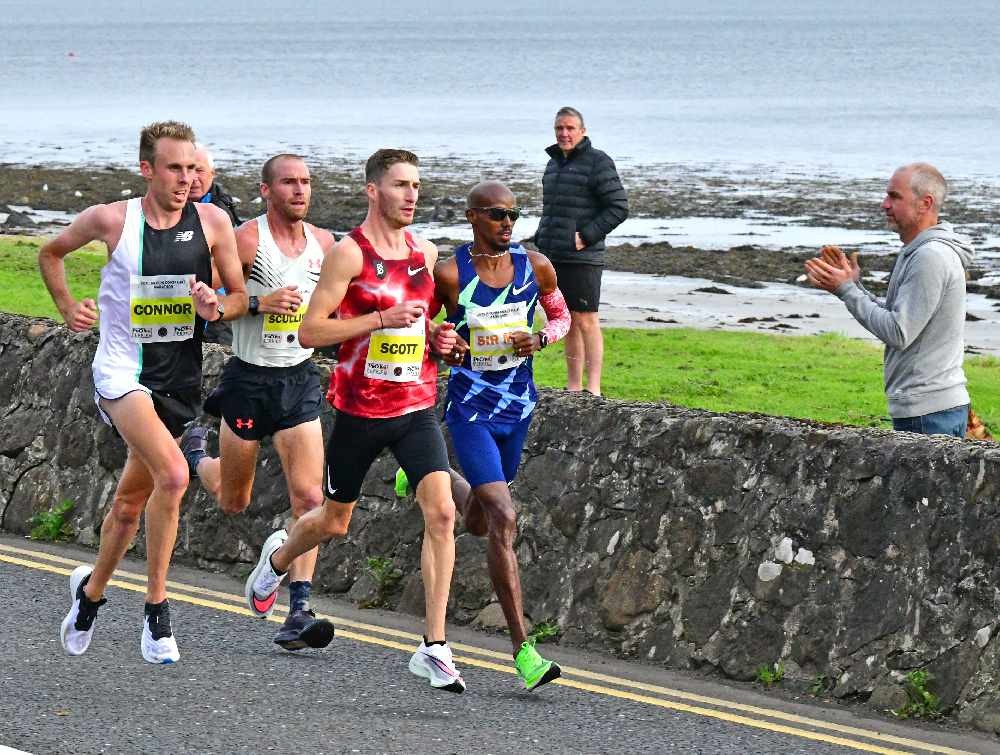
Lily Partridge, another London Marathon-bound Olympic hope, impressed as well as she broke away from Sam Harrison to win the women’s race in a Northern Ireland all-comers’ record of 71:36 – around a minute outside her PB but 23 seconds ahead of Harrison (71:58) as Clara Evans was third 72:21 and Becky Briggs, in fourth, ran a UK under-20 record of 72:54.
Perhaps most impressive of all, though, was masters sensation Tommy Hughes, who broke Martin Rees’ world half-marathon record for an M60 with 71:09 (even quicker than the 71:26 originally publicised shortly after he finished).
An Olympian in the marathon back in 1992, the Irish runner Hughes has been on a record-breaking spree recently and continued his great form here.
Ordinarily Farah and others might have been racing in the 40th Great North Run this weekend but with the event cancelled due to coronavirus he came to Northern Ireland instead to run in an event organised by his old friend and fellow athlete from his student days, James McIlroy.
McIlroy put together a fine domestic field for the event and Farah certainly did not have it all his own way as he only broke away from the in-form Scott in the final mile.
Scott has broken the UK 5km road record this summer and took the British 5000m title last week. He was leading in the closing stages but had no answer to Farah’s breakaway surge in the final mile.
A lead quartet of Farah, Scott, Connor and Scullion broke away early and ran together for much of the distance. Behind, Kevin Seaward was fifth in 63:09 followed by Josh Griffiths (63:12), Tom Evans (63:19), Adam Craig (63:28) and Adam Hickey (64:37).
There had been talk of Farah potentially attacking his UK record of 59:32 from Lisbon in 2015 but during media interviews on Friday he said winning the race was the main goal and he did not want to underestimate his rivals and treat it as a time trial.
Runners in this elite-only event, which was sponsored by P&O Ferries, enjoyed decent weather on a picturesque course that proved a great advertisement for athletics in Northern Ireland. The only frustration for fans was the poor quality of the live stream, which made following the race difficult after organisers had, ironically, encouraged spectators to stay at home instead of supporting from the side of the road.
(09/12/2020) ⚡AMPby Jason Henderson
This guy smashed the world record for running a backwards mile
Run a mile in this guy’s shoes and you’ll probably fall on your arse. That’s because Aaron Yoder is famous for his backwards running style – and recently broke the official Guinness World Record for fastest backwards mile.
Yoder completed the unusual feat just 5 minutes and 30 seconds. Yes, you read the correctly. By the way, the previous backwards mile world record was set by Yoder in 2015. That speedy run was completed in 5 minutes and 54 seconds.
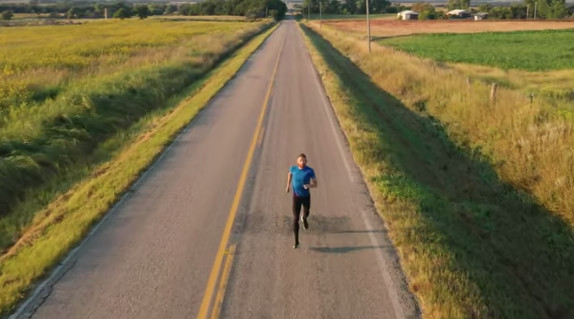
Yoder ran his latest backwards mile on Sept. 4 in Lindsborg, Kansas as part of the New Balance 5th Avenue Mile. The event, which is in its 40th year, moved 'off 5th Avenue and onto your street' this year due to social distancing measures. Runner were encouraged to remotely participate in the run anytime between September 4 and 13, and asked to 'visualise racing 20 blocks of tree-lined 5th Avenue with thousands of other virtual runners.'
Yoder ran the mile on straight stretch Kansas road, which was free of any obstacles like moving vehicles or stray pedestrians – barring a small construction crew which seems understandably puzzled by the display.
Prior to his backwards-running success, Yoder was a competitive runner for more than 20 years, spanning from his childhood to young adult life. A severe knee injury stunted his career, with doctors instructing him to stop running all together. But Yoder found a solution to keep running a part of his life.
'Backwards running feels great on my knee,' he told Great Big Story in 2018. 'I don’t feel anything, which is the reason why I really enjoy it'
According to a study from the National Centre for Biotechnology Information, backwards running uses more leg muscles than forwards running with virtually no knee strain. And there's actually a pretty robust community of backwards runners out there.
'When I’m running backwards, it almost feels like I’m flying,' Yoder told Great Big Story. 'Because it’s such a different visual perspective seeing how far I’ve gone as opposed to how far I need to go.
(09/12/2020) ⚡AMPby Runner’s World
4 ways to reset your running goals and stay motivated
If you’re having trouble keeping on top of your running with an absence of races to set your sights on, you’re not alone. For many runners, having a race in the diary is what drives us forward to keep pounding the pavements week in and week out.
A race not only forces you to maintain your mileage but also helps you to focus on things like pace and nutrition; a constant motivator to keep your fitness goals on track.
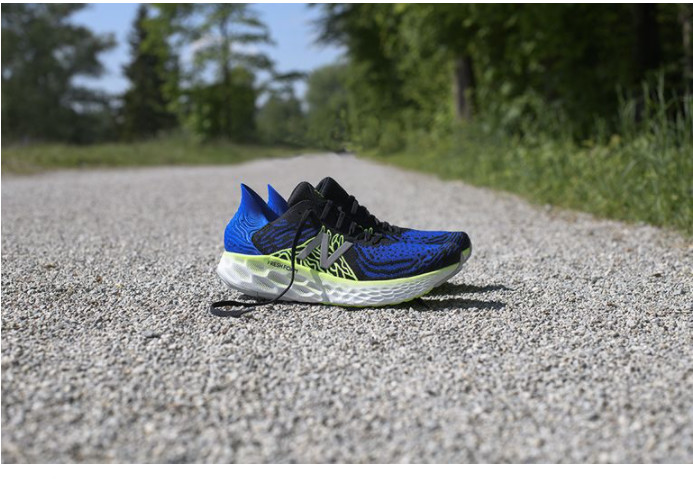
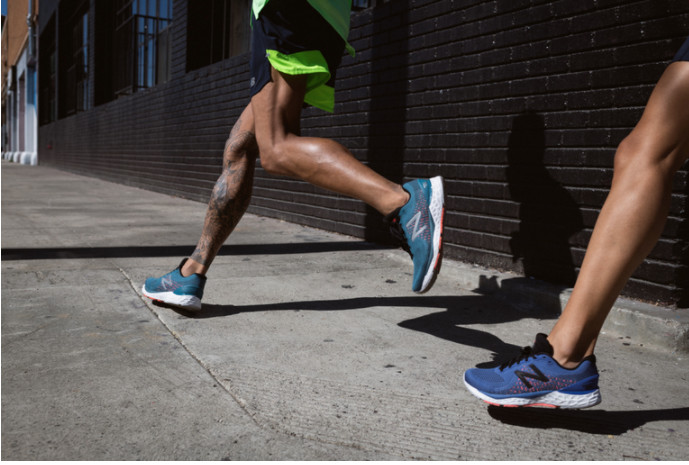
Whether you’re the kind of runner who uses a race to stay active or you’re just desperate to improve and get that new PB, here are some of the best ways to keep motivated without an IRL event on the horizon.
1. FALL IN LOVE WITH A DIFFERENT STYLE OF RUNNING-Quite often when people become involved in the sport, they fall into habits that dictate the type of runner they are for years. A lack of races is the perfect opportunity to experience what else running has to offer.
For road runners, that might be heading out to the wilderness to try trail running for the first time (consider specialist trail running shoes if so), or visiting the track to tackle speed training if your usual focus is endurance events.
Not only might this exciting new world fill you with motivation to keep going, but varying your training style can result in improvements to your usual running, from building ankle strength on the trails to increasing your explosive power by hitting the track.
2. FILL YOUR WARDROBE WITH KIT YOU LOVE-Nothing saps your psychological drive to go out running like pulling on an uncomfortable pair of trainers or baggy old T-shirt. It can make running feel like a chore and whole experience unnecessarily unbearable.
Picking up the latest shoe technology, like the New Balance Fresh Foam X collection, ensures that you can head out of the front door looking great and feeling like you’re protected with every stride.
As well as being available in a wide range of eye-catching colourways, the Fresh Foam X has a midsole that’s designed to deliver energy return and cushioning, making you look forward to that next run instead of dreading it.
3. JOIN THE VIRTUAL RACE REVOLUTION-In the world of modern sports technology, there’s more than one way to run a race. Sure, there may be no replacement for the crowds and atmosphere of a big event, but if your main focus is having a competitive milestone in the calendar, it’s time to look at virtual races.
The New Balance Virtual 10K is an opportunity to experience the challenge of a big event in a safe way – no crammed trains or kilometre-long toilet queues in sight.
Whether you're a new runner focussing on building up your distance or more experienced and looking to unlock your speed potential, this is the challenge for you.
Once you've signed up on Strava and your 10K run is complete, you'll earn yourself 20% off performance footwear with New Balance. A great way to set goals, keep running and feel supported with the right kit.
Sign up, share your training with runners from all over the world and start working towards the finish line.
4. DON’T BE AFRAID TO THINK BIG-Running a speedy race may be the most obvious challenge for runners to maintain a training plan, but there’s more to goals than chasing PBs and pushing up your heart rate.
Setting yourself a mileage target is another great way to motivate yourself. Whether that’s a goal to cover a certain distance in an individual session or to hit bigger miles over a longer period. If your sights are set on increasing mileage then New Balance Fresh Foam X 860v11, specially designed for longer distances, will have your back.
(09/12/2020) ⚡AMPby Runner’s World
Runners push back against new World Athletics shoe rules
Norway’s Sondre Nordstad Moen pulled out of the Brussels Diamond League due to new shoe rules
Norway’s Sondre Nordstad Moen, a seven-time national record holder, pulled out of Friday’s Brussels Diamond League citing World Athletics’ new shoe rules as the reason. According to Inside the Games, the 2:05 marathoner felt that he couldn’t safely compete in a shoe with only 25 mm of cushioning. “I’m not sure I would be any of those things if I raced in Brussels because I’d have to race on the track for something like a half marathon – and hopefully a bit further – in shoes which only have 25 mm of cushioning. To be honest, I’ve decided I just can’t do that as I feel pain in my feet after only a few kilometres in such shoes.”
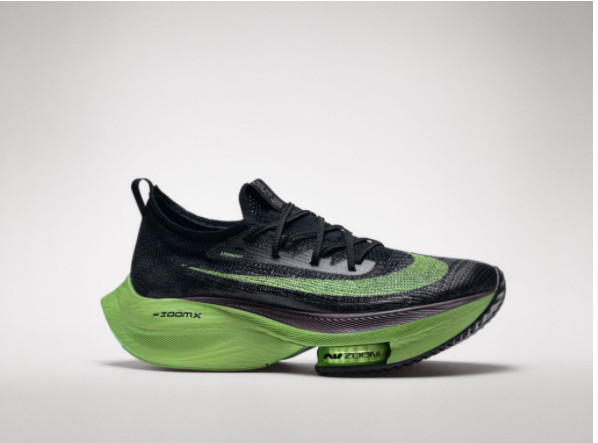
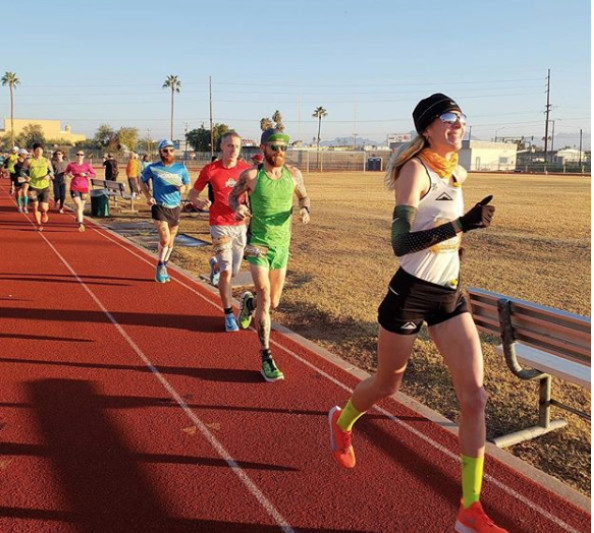
The new WA shoe rules put a limit on the stack height of any shoe worn on the track. This means for people running the 800m through ultramarathons, their shoe height can only be a maximum of 25 mm. On the road, shoes can reach 40 mm. For middle-distance events, this is an entirely fair stack height, however, other runners have pointed out that they miss the cushioning over the long haul (for example, a one-hour effort).
Camille Herron is an American ultramarathoner who holds the 24-hour track world record. She suggested on Twitter that the maximum stack heigh of 25 mm should only apply on the track through the 10,000m, so that runners competing longer could have the extra cushion.
In the ever-evolving landscape of carbon-plated racing shoes and mega stack height, WA has changed their rules several times in the last year. Their latest guidelines were only announced seven weeks ago, and could certainly change again between now and the Olympics next year.
(09/12/2020) ⚡AMPby Running Magazine
16-Year-Old Rheinhardt Harrison Trying To Become The Youngest Runner In History To Break The 4-Minute Barrier At The Atlanta Track Club Classic
An attempt to become the youngest runner in history to break the four-minute mile barrier headlines Saturday night's Atlanta Track Club Classic. Start lists for the middle distance-focused meet, which will be held at an undisclosed high school facility in Atlanta, were released today.
Rheinhardt Harrison is already the fastest 16-year-old in American history. Last month, the Florida high school junior ran 4:01.34 at the Music City Distance Carnival in Nashville. On Saturday, he will attempt to become just the 12th American high school runner to break four minutes in the mile and the first junior to do so since Jim Ryun's historic run in 1964. Harrison would also become the youngest person ever to run under four- minutes at 16 years, 6 months and 28 days old. Jakob Ingebrigtsen of Norway was 16 years, 8 months and 18 days old when he broke four-minutes at the Prefontaine Classic in 2017.
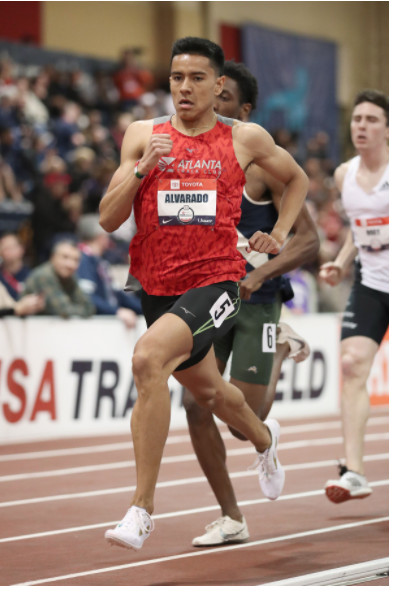
Harrison will be joined on the start line by former Florida State standout Kasey Knevelbaard (3:58.08). Multiple pacemakers have been assigned to the race with a goal pace of 1:59 through 800m for Harrison.
The District Track Club's Edose Ibadin leads the men's 800m having run a season's best of 1:44.81 last month in Washington D.C. Teammate Alex Amankwah (1:44.80) and Atlanta Track Club's Abraham Alvarado (1:46.62) will challenge Ibadin for the victory.
The women's 800 includes two women on the cusp of breaking two minutes. New Balance's Hannah Segrave (2:00.18) and The District Track Club's Jazmine Fray (2:01.18) lead a field that will also include high school national record holder Sammy Watson (Adidas) and former NCAA runner-up Allie Wilson (Atlanta Track Club).
The Atlanta Track Club Classic will kick off with a series of masters races including a men's and women's 100m and a men's mile. Elite races will be streamed on Atlanta Track Club's Instagram account (@atlantatrackclub) beginning with the men's 800m at 7:45 p.m. EST.
Atlanta Track Club will follow strict COVID-19 safety protocols as required by USA Track & Field's sanctioning requirements to ensure the safety of the athletes, coaches and staff. All athletes must submit two negative COVID-19 tests within seven days of the event. Wellness checks will be administered on site. No spectators will be permitted inside the venue.
(09/12/2020) ⚡AMPWorld Athletics incurred $17.4m loss in 2019, despite RusAF payment
World Athletics registered a loss of $17.42m (€14.71m/£13.58m) in 2019, further eating into its cash reserves in the year before the Covid-19 pandemic struck the sports industry.
Although revenues at the organisation increased by 13 per cent on the previous year to $51.1m, this was outstripped by expenditure for the same period, which stood at $67.8m.
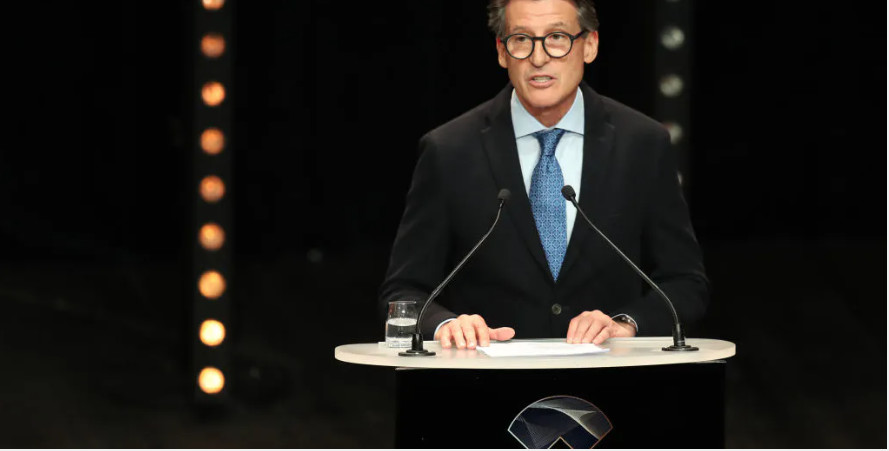
The losses could have been worse had the organisation not received a one-off payment of $3.38m from the Russian Athletics Federation as part of the sanctions imposed on the country for breaching the sport’s anti-doping rules. The bottom line was also helped by expenditure being down 5.5 per cent on the previous year due to having held just three World Athletics Series events versus five in 2018.
The figures continue an unenviable sequence of losses for the organisation, leaving it with cash reserves of $34.3m at the end of its four-year funding cycle. This was a significant decrease on 2018, when reserves stood at $45.25m, and 2017, when they were declared at $64.8m, leaving the impression of a federation that is consistently spending beyond its means.
Broadcast rights revenue in 2019 totalled $14.7m, while commercial rights revenue was $18m.
A global federation would expect to balance the books over a four-year cycle but the organisation is also reported to have incurred a $20.3m loss in 2017, the year the World Athletics Championships were held in London.
SportBusiness understands the federation has historically aimed to never to exceed a $10m loss in any financial year, the equivalent of the amount it receives each year in funding from the International Olympic Committee.
The steep downward trajectory becomes more troubling given the accounts refer to the period before Covid-19 laid waste to sports events around the world and threatened the cash flows of most global sports federations.
The postponement of the Tokyo 2020 Olympics means the athletics federation is facing an additional one-year wait for the $40m it receives every quadrennial from the International Olympic Committee and it remains to be seen what kind of event will be delivered and if the IOC’s sponsors and broadcasters will demand rebates.
World Athletics is one of several IFs to receive a portion of $63m in emergency loans and donations from the IOC to see them through the crisis. The Association of Summer Olympic International Federations (ASOIF) said in June that it does not anticipate international federations will face bankruptcy thanks to a combination of financial support and reserves being put in place.
In its latest accounts, World Athletics make a commitment to stem the outflow of money from its reserves from 2020 onwards saying: “to safeguard the organisation, the new Executive Board has agreed that the organisation should hold reserves of $25m at all times, which amounts to approximately 50 per cent of the organisation’s annual revenue”.
In his introduction to the annual report World Athletics president Sebastian Coe suggests the organisation will try to achieve this by controlling its costs and striking new commercial partnerships.
“A root-and-branch review of all HQ expenditure during 2018 and 2019 led to HQ staff freezes and excess costs cut from across the organisation,” he said. “The benefits of many of these decisions will be seen from 2020 onwards.”
A World Athletics spokesperson said there had been no cuts to athlete programmes in 2020 and the organisation did not anticipate reducing spending in this area in 2021 or 2022. World Athletics said it delivered US$17.2m in new grant funding directly to member federations over the four-year cycle.
Dentsu renegotiations
Coe said a new sponsorship deal with Qatar National Bank and a renegotiation of the federations’ 10-year global media and marketing partnership with Japanese marketing agency Dentsu had helped to plug revenue shortfalls left by other sponsors leaving the sport.
As reported previously by SportBusiness, the original 10-year deal with Dentsu, agreed unilaterally by former president Lamine Diack, and covering the global media and marketing rights – excluding Japan and Europe – to the World Athletics Series, was the source of some consternation for those who inherited the deal at the organisation.
In a written exchange with a French judge investigating the previous regime, the federation’s own lawyer Régis Bergonzi complained that the money accruing to the global federation was calculated “solely on the money actually received by Dentsu” and there was effectively nothing in the contract to prevent the agency from declaring whatever it wanted when calculating the profit share.
The agreement also stipulated that profit share revenues were only payable to World Athletics at the end of the 10-year contract, harming the federation’s cash flows and adding to the sense that the contract that was heavily weighted in the agency’s favour. The deal is understood to have been the reason Olivier Gers resigned as chief executive of the organisation in 2018, citing its ‘pre-existing commercial framework’.
The new leadership at the governing body, mandated by the World Athletics Council, renegotiated the 2020-29 contract in 2018, sometime after Gers left, even though it was not due to expire until 2029. The latest accounts shed new light on this renegotiation and reveal that Dentsu now has to make a profit share payment every two years “based on the surplus realised each year by the event related to these rights”. This led to a recognition of a contract asset of $8.4m as of January 1, 2018 which was paid during the 2018 financial year.
The federation had also previously complained about the opacity of the original Dentsu agreement which prevented it from auditing the sums involved in the sponsorship and broadcast deals signed by the agency. But a World Athletics spokesperson said the federation had secured some significant concessions in the renegotiation.
“As part of the renegotiated deal with Dentsu, there is greater transparency as it relates to sponsorship incomes received. Unlike the past, there is no deduction for expenses incurred by Dentsu to source these partnerships from the profit share pool,” the spokesperson said. “Profit share calculation is based on contracted party revenues that are validated between Dentsu and ourselves. While not formally audited, the calculation is also reviewed by [accountants] EY before they sign off on our accounts.”
The report said the Japanese agency concluded 10-year renewals with TDK, Asics and Seiko at an uplift of 10 per cent to their previous deals and renewed the organisation’s equipment supplier partnership with Mondo through to 2023. TBS, a World Athletics official media partner, were also extended in 2019 for a further 10 years.
The publication of the financial report also marks a new chapter of transparency for World Athletics and the first occasion it has sought to comply with International Financial Reporting Standards. Previously, the media has been left to parse leaked financial statements such as the 2018 set of accounts revealed by the Sports Examiner in June this year.
Coe said the appointment of former DuPont executive Vineesh Kochhar as the organisation’s new chief financial officer would bring a new discipline of corporate financial management. He added that new chief executive Jon Ridgeon would also help to drive revenues and manage expenditure.
The president said of the results: “These 2019 consolidated financial accounts come at the end of a tough and turbulent four years for our sport. Four years of extensive reforms across the sport have been driven by our Council and implemented by our Member Federations, Area Associations and Head Office.
“I will not pretend this has been easy. Tough decisions have been taken by everyone at all levels of the sport, but I believe we have emerged stronger, more resilient and ready to build and grow the sport at every entry point.”
This story was corrected at 14.51 BST. The original story said World Athletics received $6.31m from RusAF in 2019 related to doping sanctions but the actual figure was $3.38m. The governing body received a further $6.31m from the Russian federation in August this year that will be recognised in next year’s accounts.
(09/12/2020) ⚡AMPThe new drug in endurance doping works similarly to EPO, but is harder to detect
Operation Aderlass, an investigation into the doping allegations brought against German physician Mark Schmidt, has discovered the use of a new endurance drug called synthetic hemoglobin H7379. The drug reportedly works in a similar manner to EPO, as it is a synthetic form of oxygen-transporting hemoglobin, but is harder to detect. While most doping organizations have the capability to detect this drug, its detection would only come from a second round of tests, which aren’t included in the initial assessment. This round of tests would only be performed if its use was suspected.
The drug is reportedly produced in freeze-dried powder form and boosts oxygen transfer around the body, similar to various methods used in endurance sport over the years, including EPO. Clinically, it’s used as a blood substitute (basically, fake blood).

Currently, the sport of cycling is retesting riders’ old samples to asses the drug’s prevalence in their sport. While there haven’t been reports of its use in running, EPO is extremely common, and it’s possible that runners haven’t been tested for synthetic haemoglobin H7379 thus far.
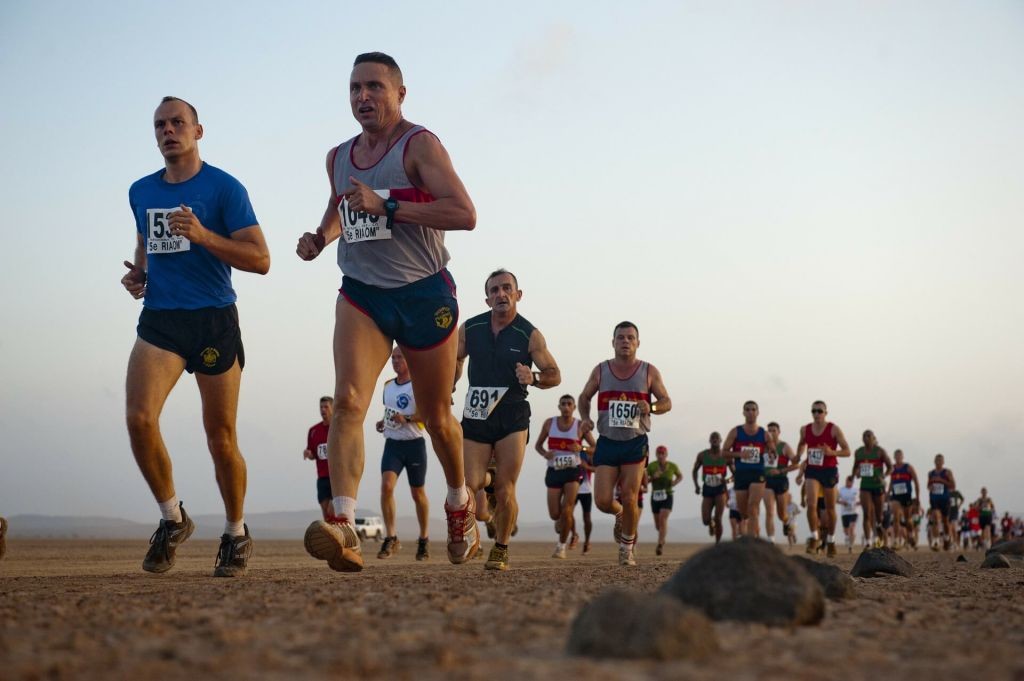
Cheating is on the rise
The biological passport was introduced in elite running in 2011 to catch cheaters by monitoring changes in their blood samples (which can catch blood doping, a version of what is happening with synthetic hemoglobin H7379). A research article in Frontiers in Physiology looked at a total of 3,683 blood samples from the 2011 and 2013 Track and Field World Championships and analyzed the data on athletes from 209 countries.
The study found there are massive discrepancies between countries, meaning that some countries are playing by the rules and others aren’t even making an effort. While the section that compared nations’ rates of doping doesn’t identify these countries by name, it’s clear that elite sport is far from a level playing field. Some nations had a completely clean card, with none of their athletes showing blood doping on their biological passport, while other countries were hitting numbers as high at 74 per cent of athletes showing infractions. This was the first study of its kind on blood doping.
(09/11/2020) ⚡AMPby Madeleine Kelly
Valencia Marathon has announced that it will hold a top-level elite-only event on December 6, 2020
Within a week of cancelling the Valencia Marathon Trinidad Alfonso EDP has announced that it will hold a top-level elite-only event on December 6, 2020.
The event will be held together with a separate half marathon race also only for elite runners. It is expected that both races will include elite athletes who will approach the world records for both distances.

This elite edition will be possible thanks to the financial support of businessman Juan Roig through the Trinidad Alfonso Foundation, over which he presides. The Foundation is driving this top-level double event within the #EActíVateSport strategy that it launched to promote the reactivation of sporting events in Valencia.

This elite edition will be held for about 250 professional runners who will be attempting to qualify for the Tokyo Olympics in the summer of 2021. This year, due to the COVID-19 crisis, only the London Marathon, which celebrates its 40th anniversary in 2020 like the Valencia Marathon, will also offer top-level international competition at the Marathon distance. Participants in the MyBest42 elite programme will be in the hunt of the Olympic qualification as well as another 50 athletes looking for their best in the Half Marathon.
The two races will not be held concurrently. The organization plans to create a health zone around the event and will take exceptional safety measures to minimize any health risk. The races will be held on a reduced circuit coordinated with local authorities, to reduce the impact on the city.
(09/11/2020) ⚡AMPVALENCIA TRINIDAD ALFONSO
The Trinidad Alfonso EDP Valencia Marathon is held annually in the historic city of Valencia which, with its entirely flat circuit and perfect November temperature, averaging between 12-17 degrees, represents the ideal setting for hosting such a long-distance sporting challenge. This, coupled with the most incomparable of settings, makes the Valencia Marathon, Valencia, one of the most important events in...
more...Three-time London Marathon champion Mary Keitany Predicts Winner of the London Marathon
Three-time London Marathon champion Mary Keitany won't be at the starting line when this year's race blasts off near The Mall on October 4.
One of Kenya's greatest women marathon runners ever won't be in the elite-only field tackling the 19.6 laps of the 2.12-kilometre loop course crafted in a "biosecure bubble" orchestrated by the coronavirus pandemic.
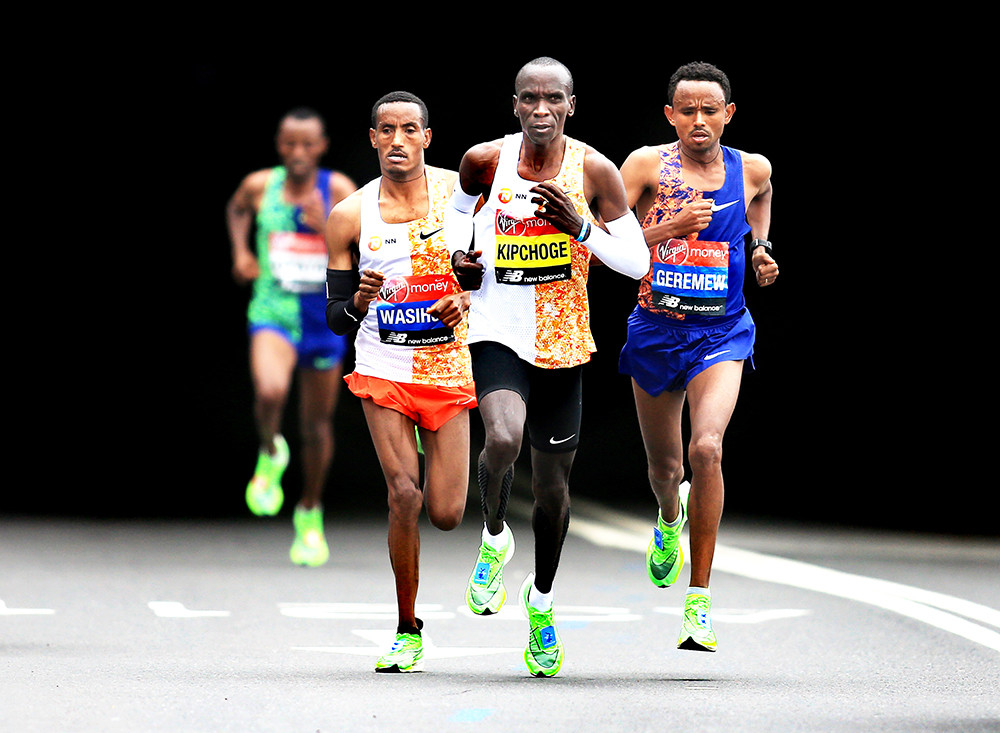
As the athletes power down Horse Guards Road onto Birdcage Walk, Spur Road past the iconic Buckingham Palace and back to The Mall, Keitany won't be in the mix.
And she will be missed in the final, extra 1,345 metres to the finish line...
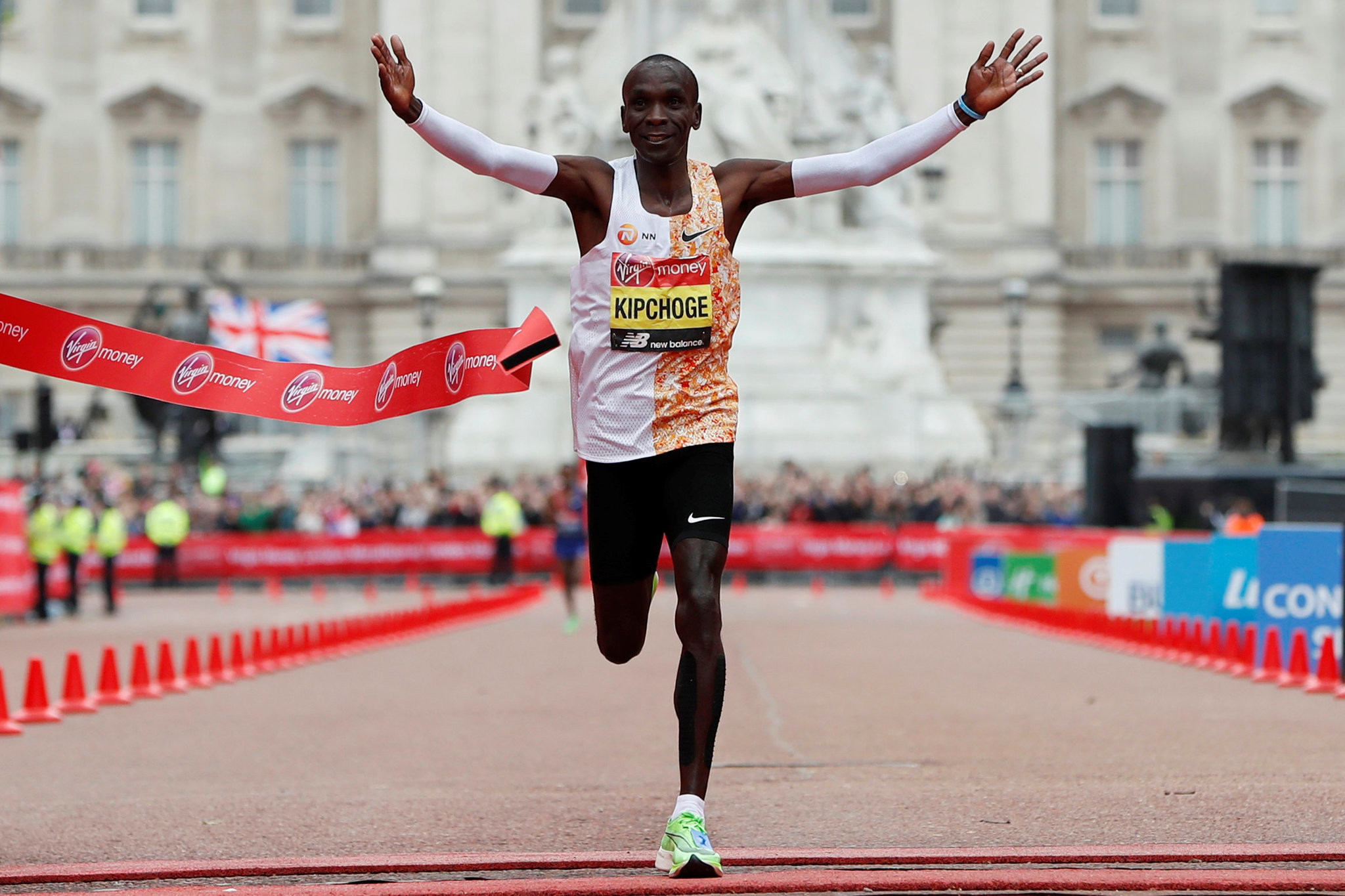
"Many are wondering why I'm not in the line-up this year, but I had been invited for the Boston Marathon race which I later cancelled due to an injury.
"The race has been postponed to next year and I have enough time to prepare because this will be my debut in the race," she told Nation Sport.
"One has to prepare well and you can't predict a race up to the last few kilometres because anything can happen with your body."
"A good example is the Boston and Chicago marathon where we saw athletes competing in a group up to the last 50 metres when Lawrence Cherono won both races in a sprint finish," she explained.
"When I broke the (women's only) world record in 2017, we just started the race in a high pace with my pacemaker, and by the time the other athletes reacted, I was very far and that's how I won the race.
"Even elite athletes have pressure during training and before the race starts, but for me that disappears when the race starts and I have to get focused to the finish line."
"Many athletes will hang on until the 35km mark where they will start dropping," she added.
Her prediction for the men's race on October 4 is that Eliud Kipchoge will carry the day, but that it will be a tight race.
(09/11/2020) ⚡AMP
by Bernard Rotich
TCS London Marathon
The London Marathon was first run on March 29, 1981 and has been held in the spring of every year since 2010. It is sponsored by Virgin Money and was founded by the former Olympic champion and journalist Chris Brasher and Welsh athlete John Disley. It is organized by Hugh Brasher (son of Chris) as Race Director and Nick Bitel...
more...Grandma’s Marathon 2021 will take place but at half capacity
This past year saw big changes for Grandma’s Marathon. The race was cancelled for the first time ever and runners were allowed to participate virtually. As for next year’s event, the plan is that it will be back to in-person, but with a few changes.
The 45th annual Grandma’s Marathon, the Garry Bjorklund Half-Marathon and the William A. Irvin 5K will take place at half capacity.
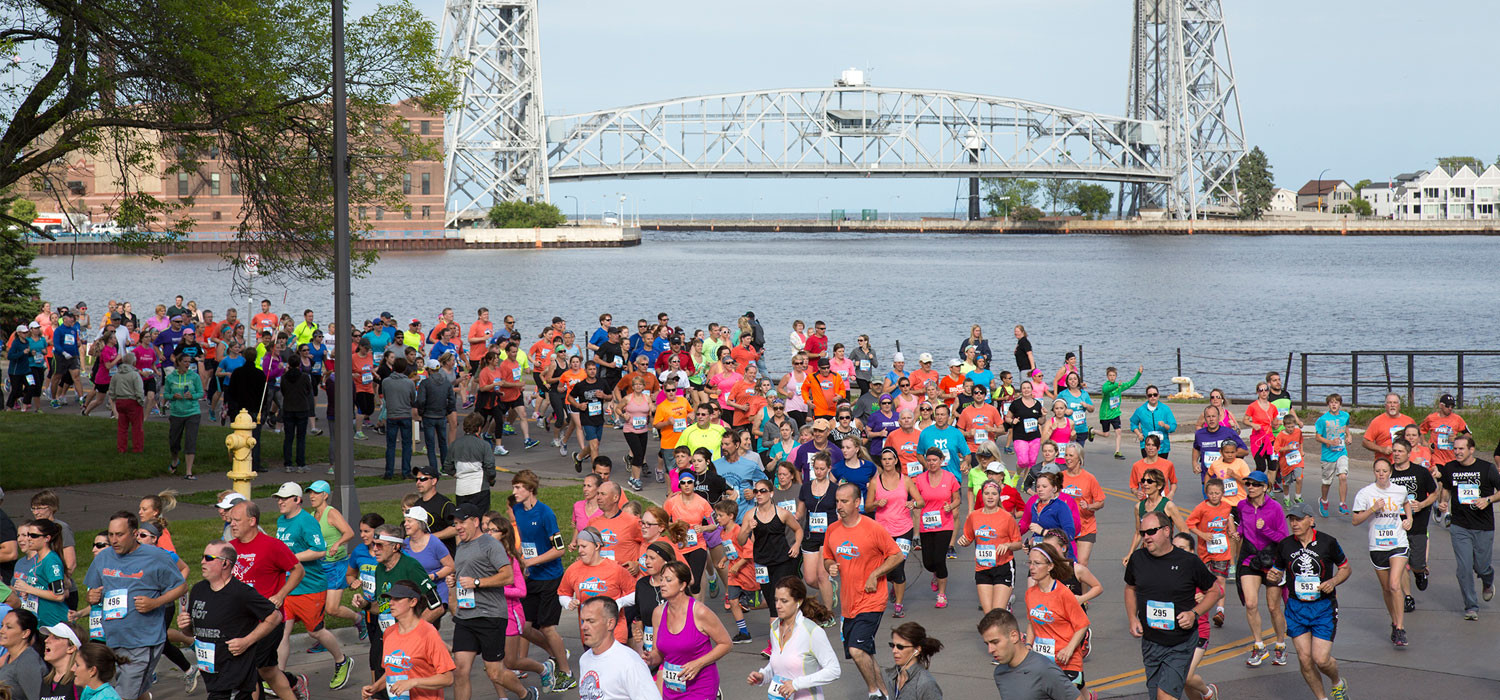
That means the marathon and half marathon will be limited to 4,000 runners, while the 5K will have just 1, 500. Registration will be open on October 1st at 7 p.m. central time and organizers expect it to fill up fast.
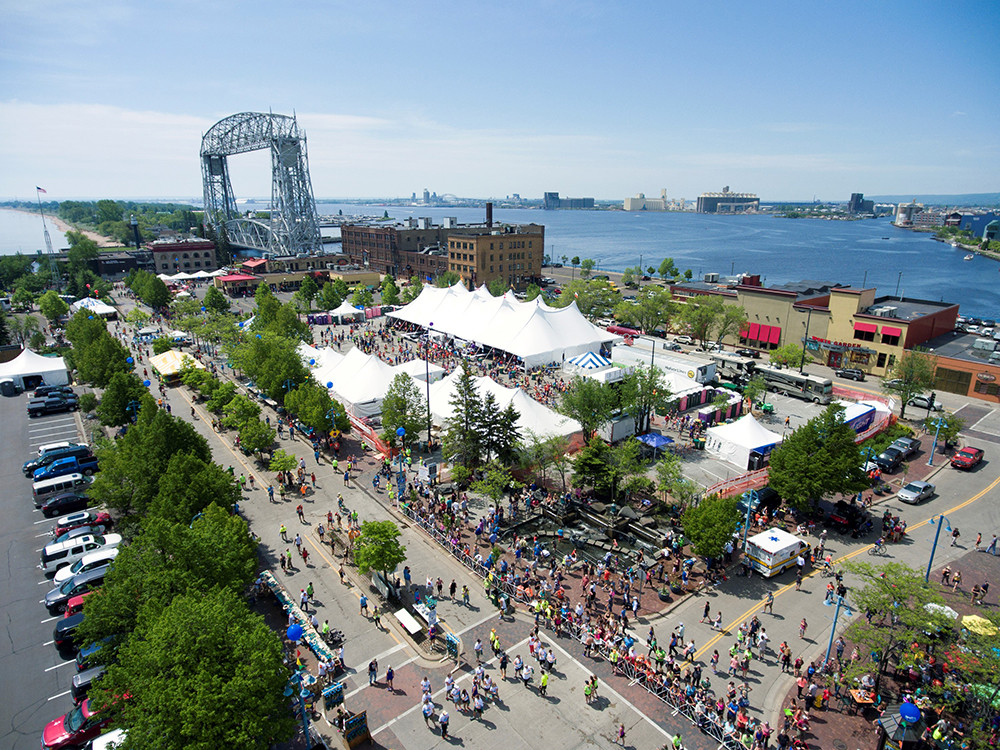
“Obviously, Minnesota guidelines aren’t permitting that size of a gathering yet. But there’s no way to tell what next June is going to be like. We want to do everything we can to put on a Grandma’s Marathon 45th anniversary weekend for our runners that we can possibly do.
We’re going to budget for right now the middle of the road. And if things get better with this virus and things are able to open up, we’ll absolutely open up registration to accommodate more people,” said executive director Shane Bauer.
Grandma’s Marathon is also making a long overdue update to its logo, which now includes a women’s division runner.
(09/10/2020) ⚡AMPby Sam Ali
Grandmas Marathon
Grandma's Marathon began in 1977 when a group of local runners planned a scenic road race from Two Harbors to Duluth, Minnesota. There were just 150 participants that year, but organizers knew they had discovered something special. The marathon received its name from the Duluth-based group of famous Grandma's restaurants, its first major sponsor. The level of sponsorship with the...
more...2021 Tokyo Marathon examining alternative plans
Tokyo Marathon is reported to be examining a plan to hold next year’s race, currently scheduled for 7 March, in October 2021 with a maximum field of 15000.
The plan is among the leading candidates for a solution to dealing with the ongoing coronavirus crisis. The Tokyo Marathon Foundation continues to examine the options and projections for the future and intends to make a final decision at its executive board meeting in early October.

This year’s race on 1 March was run as an elite-only event due to the effects of the coronavirus crisis. 38,000 mass participation runners had been scheduled to run through the city’s streets before the mass participation race was cancelled. Those who had been entered have the option to run in either 2021 or 2022 instead.
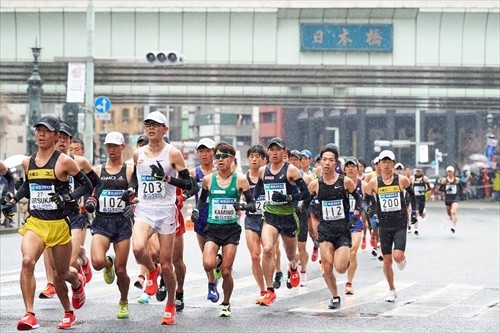
The countdown to next year’s race continues in the midst of uncertainty. Back in August there was a clear statement from the Foundation that “We are not considering an elite-only race.”
The postponed Tokyo Olympic and Paralympic Games are set to take place next summer. Some athletics officials are worried that if the Tokyo Marathon goes ahead with a large number of people on 7 March a cluster outbreak there would have serious repercussions for the Olympics’ and Paralympics’ chances of happening.
If the 7 March date is judged not to be feasible, the October date with a half-sized field of 15,000 seems like the most likely alternative. But with the Paralympics set to end on 5 September it remains to be seen whether another large-scale event could be realistically staged just a month later.
(09/10/2020) ⚡AMPby Brett Larner
Tokyo Marathon
The Tokyo Marathon is an annual marathon sporting event in Tokyo, the capital of Japan. It is an IAAF Gold Label marathon and one of the six World Marathon Majors. Sponsored by Tokyo Metro, the Tokyo Marathon is an annual event in Tokyo, the capital of Japan. It is an IAAF Gold Label marathon and one of the six World...
more...Be part of the 2:01:39 Challenge – BMW BERLIN-MARATHON on September 26-27, 2020
Are you ready for the 2:01:39 Challenge on September 26 and 27, 2020? How many kilometers can you cover in 2:01:39 hours, the world record time set by Eliud Kipchoge in the BMW BERLIN-MARATHON 2018? No matter where in the world you may find yourself, be a part of the #berlin42united community and run your personal record. #20139
But you can become part of the 2:01:39 Challenge from September 26 to 27, 2020. How many kilometers can you cover in 2:01:39 hours, the world record time set by Eliud Kipchoge in the 2018 BMW BERLIN-MARATHON 2018. No matter where in the world you may find yourself, be a part of the #berlin42united community, achieve your personal record and immortalize yourself in a ranking.
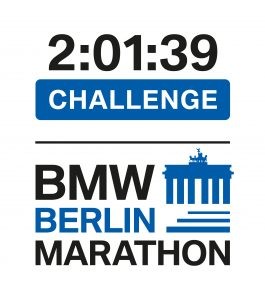
The only cost to participate is your sweat and muscle power. The 2:01:39 Challenge App provides the needed support. Starting in mid-September, the free app will be available for download for iOS and Android devices.
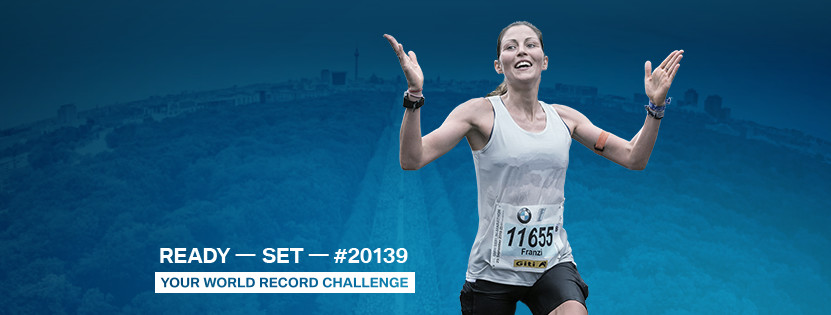
In addition, on September 27, 2020, a team of German top runners in the form of a relay is trying to break the time of 2:01:39 hours over the marathon distance around the Berlin Victory Column (Siegessäule). Due to the current situation, viewers can only follow this action, which takes place in compliance with the current hygiene regulations, on the screen.
The motto of September 27 is “Berlin bewegt sich” and will be broadcast live on rbb television from 9 am to 11.30 am.
In the next few weeks we will present more detailed information.Until then we wish you continued success in training for your 2:01:39 Challenge.
Stay tuned! #20139
(09/10/2020) ⚡AMPWADA threatens U.S. Olympic ban if they withdraw funding
Last week, the U.S. threatened to pull funding from the World Anti-Doping Agency (WADA), which in turn caused WADA to threaten their expulsion from the Olympic Games. WADA suggested there could be new legislation that, if they pulled funding, would find the U.S., and by extension their athletes, non-compliant with WADA rules.
WADA is an international independent agency dedicated to to monitoring the World Anti-Doping Code.

The feud stems from a June report from the Office of National Drug Control Policy, which was presented to U.S. Congress and was critical of WADA. The report said that WADA needed to implement immediately reform and requested that the Americans have more representation on their boards and committees. Reuters reports that the U.S. is the highest single contributor to WADA, giving “over $2.7 million into the 2020 budget of $37.4 million, half of which comes from the IOC.”
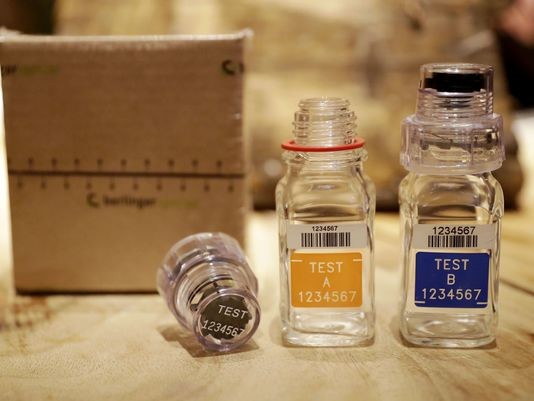
According to USADA President Travis Tygart, WADA’s threats are empty. “If the U.S. government stops paying, the only consequence specified in the WADA rules and UNESCO treaty is that the U.S. could no longer sit on any WADA committees. You can trust the federal government looked at the legal ramifications in the event they stopped paying.”
If the U.S. does decide to pull funding, it would leave a gap between themselves, their athletes and anti-doping worldwide. Without participating in the standardized testing pool (which is run by WADA), American athletes would have a hard time proving their clean record. For now, the U.S. remains affiliated with WADA, but that could change in the coming weeks.
(09/10/2020) ⚡AMPby Madeleine Kelly
Tokyo 2020 Olympic Games
Fifty-six years after having organized the Olympic Games, the Japanese capital will be hosting a Summer edition for the second time, originally scheduled from July 24 to August 9, 2020, the games were postponed due to coronavirus outbreak, the postponed Tokyo Olympics will be held from July 23 to August 8 in 2021, according to the International Olympic Committee decision. ...
more...Kenya has experienced far fewer coronavirus deaths than other countries with similar infection rates and no deaths in last 48 hours
(Many of the top runners in the world are Kenyans. Hundreds of these runners make their living running races, winning prize money and having sponsors. Right now because of COVID-19 many of these athletes are barely surviving. The good news is that few Kenyan runners have gotten COVID-19 and as far as we know no elite runners have died from the virus. Let's look at the overall scene in Kenya as compared to the rest of the world.)
In March, Kenya was bracing for coronavirus. Duncan Nyukuri, an infectious disease physician at Kenyatta National Hospital in Nairobi, was listening to reports coming in from China and Italy with trepidation. “Our healthcare infrastructure is not as good as in those areas,” he said, and even as Kenya implemented strict lockdown policies, it wasn’t clear how the country would cope.
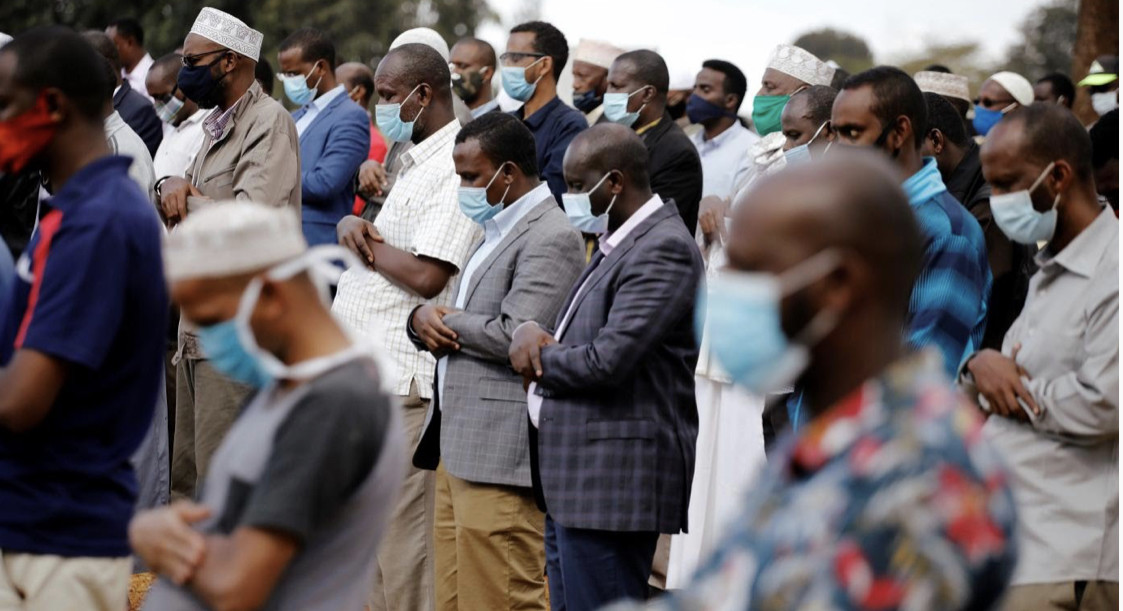
Six months on and, while Kenyans aren’t quite breathing a sigh of relief, many are cautiously optimistic. “It’s better than what I feared initially,” says Nyukuri. The majority of Kenyans who get coronavirus—around 80%, according to health cabinet secretary Mutahi Kagwe—seem to be asymptomatic. And Kenyans seem to be dying of coronavirus at far lower rates than elsewhere in the world.
Officially, 599 people have died of coronavirus in Kenya. The true total is likely higher, as the country’s testing capacities are limited, especially in rural areas. But it’s still a strikingly small proportion of official case counts: less than 2% of the 35,356 I people who have tested positive for coronavirus. This figure is distinct from the mortality rate, since many cases are never diagnosed. But still, Kenya’s numbers stand apart: Coronavirus infected 272,912 people in Italy, according to government figures, and 13% died, creating a death toll of 35,507.
Coronavirus antibody testing in Kenya puts the country’s relatively low number of deaths in even starker context. Immunologists from the KEMRI-Wellcome Trust Research Program in Kilifi, Kenya tested 3,174 people across the country from the end of April to the middle of June, and found that 5.6% tested positive. “We estimate that 1 in 20 adults in Kenya had SARS-CoV-2 antibodies during the study period,” wrote the authors in their paper, which has not yet gone through peer review but was published as a preprint in July. And yet, by midway through the survey, Kenya had only reported 71 deaths from coronavirus—far lower than the number of deaths reported globally in countries with similar levels of antibodies.
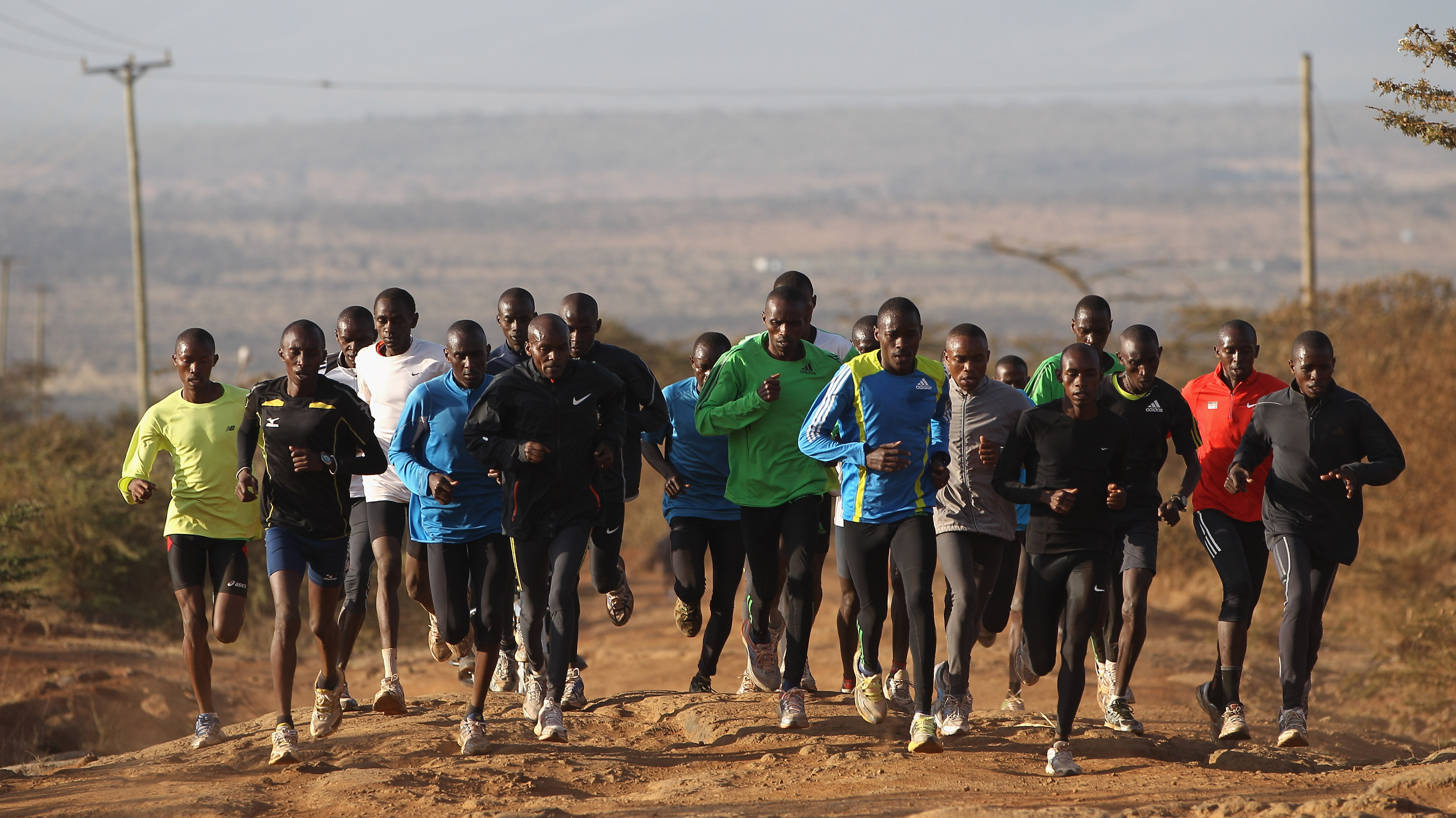
If the survey’s results accurately reflect Kenya’s overall infection rate, then 2.5 million Kenyans had coronavirus in that period. According to the World Health Organization’s conservative estimate of a 0.5% morbidity rate, that many infections would have resulted in around 12,500 deaths. Even factoring in the likelihood that official testing hasn’t captured the full impact of coronavirus, Kenyan hospitals simply aren’t reporting the number of patients expected given national antibody levels.
“Our peak is not as overwhelming as we thought it would be,” says Anne Barasa, an immunologist at the University of Nairobi who works at Kenyatta National Hospital. “At my hospital, the majority who test positive are asymptomatic. We’re not overwhelmed by those with severe disease.”
The reason for Kenya’s low death count is unclear. “Coronavirus is a new disease and there’s a lot of unknown. We are still speculating,” says Nyukuri. But Kenyans’ youthfulness is likely a major factor. Half of the population is younger than 20, and only 4% are 60 or older, according to a report from the United Nations University World Institute for Development Economics Research.
So far, coronavirus has predominantly affected cities in Kenya, particularly Nairobi and Mobassa. These areas are filled with particularly young demographics. “Most of our older population are in rural areas, as people tend to go back to rural areas when they retire,” says Nyukuri. Keeping older people apart from their younger relatives and support networks during lockdown created its own problems, including food scarcity, but it could well have protected them from infection.
Other possible theories for Kenya’s low number of deaths, including whether medications and vaccines for other conditions could help prevent severe effects, are still being investigated. HIV, unexpectedly, doesn’t seem to increase the likelihood of severe Covid-19 infections. Barasa says it’s possible that antivirals taken for HIV provide a broadly protective effect. Close to a million people, around 2% of the population, are on antiviral HIV medication.
“There’s talk that BCG [bacille Calmette-Guerin tuberculosis vaccine] and oral polio vaccines could be protective, but India has the same vaccines,” says Barasa. Kenyans could have also boosted their immune systems from exposure to other, less deadly, strains of coronaviruses, though again this theory is unproven. “There’s research being developed, but we don’t have a lot of hard evidence,” says Barasa.
No explanation can be definitively ruled out. Genetics could be a factor, says Barasa, while some speculate that Kenyans’ exposure to sunlight and resulting high vitamin D levels could somehow help. Nyukuri is less certain of this last theory: “In the US and India it’s summer and they still have these cases,” he says. “Unless our sunlight is different.”
As in the rest of the world, Kenya’s epidemic is far from over; Nyukuri says he saw between 20 and 30 coronavirus patients in the past two weeks, and the country’s healthcare system can struggle even if severe symptomatic reactions remain relatively low. Elsewhere in Africa, several other countries report similar low mortality rates to Kenya. Scientists are still unraveling why coronavirus has had a less severe effect on some countries compared to others. When they do determine a cause, the answers could help other countries bolster their defenses.
(09/09/2020) ⚡AMPIn a virtual way, Bill Romito completes 34th straight Boston Marathon
Leeds resident Bill Romito, 66, completed his virtual Boston Marathon on Tuesday, running 21 laps around Look Park in Northampton.
It was Romito’s 34th straight Boston Marathon and 214th marathon overall. He finished in 5 hours, 27 minutes, 15 seconds.
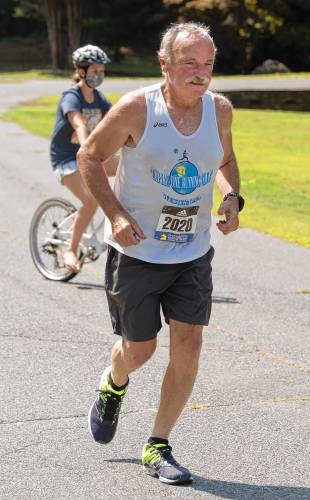
“I told myself I’d finish under 5:30 and I did,” Romito said. “Very happy about that. I’d have to say the last 8 miles were tough because of the warm weather.”
Romito is a member of the Quarter Century Club of the Boston Marathon, which was formed in 2001 to honor the achievements of Johnny Kelly. There were 82 active runners in the club as of Monday, which was the first day of the virtual 124th Boston Marathon. The event ends next Monday for runners who qualified for the 2020 edition and who signed up for the virtual event. About 30,000 runners typically participate in the Boston Marathon, which was canceled due to the COVID-19 pandemic. About 17,000 runners worldwide have signed up for the virtual run.
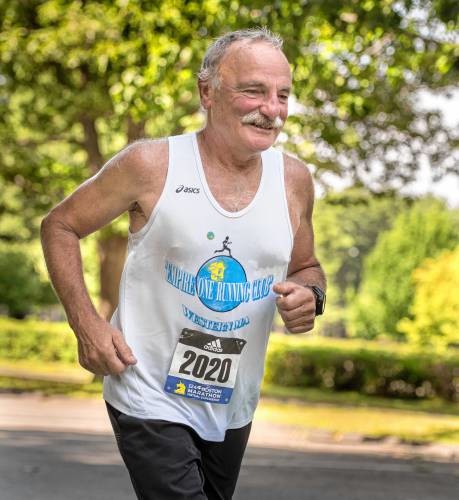
Romito said on Monday that road races “are more social events for me. I just miss the camaraderie of being with the some of the other local runners I don’t see that often.”
Romito said several friends lined Look Park throughout his run. He said he was thankful for their support.
(09/09/2020) ⚡AMP
by Mike Moran
Boston Marathon
Among the nation’s oldest athletic clubs, the B.A.A. was established in 1887, and, in 1896, more than half of the U.S. Olympic Team at the first modern games was composed of B.A.A. club members. The Olympic Games provided the inspiration for the first Boston Marathon, which culminated the B.A.A. Games on April 19, 1897. John J. McDermott emerged from a...
more...2021 Grandma's Marathon Registration to open October 1
Grandma's Marathon ran a successfully social distanced in-person Park Point 5-miler back in Uuly. Using that same model and COVID-19 Preparedness Plan, the organization plans to host both the Minnesota Mile and Fitger's 5k in person this Friday and Saturday.
"It's exciting stuff for Grandma's Marathon that we're able to lead the way in that regard. Get people back out and running again in an actual event where you receive an official time. That's really cool for our industry and mission to keep people active," explained Grandma's Marathon Executive Director Shane Bauer.
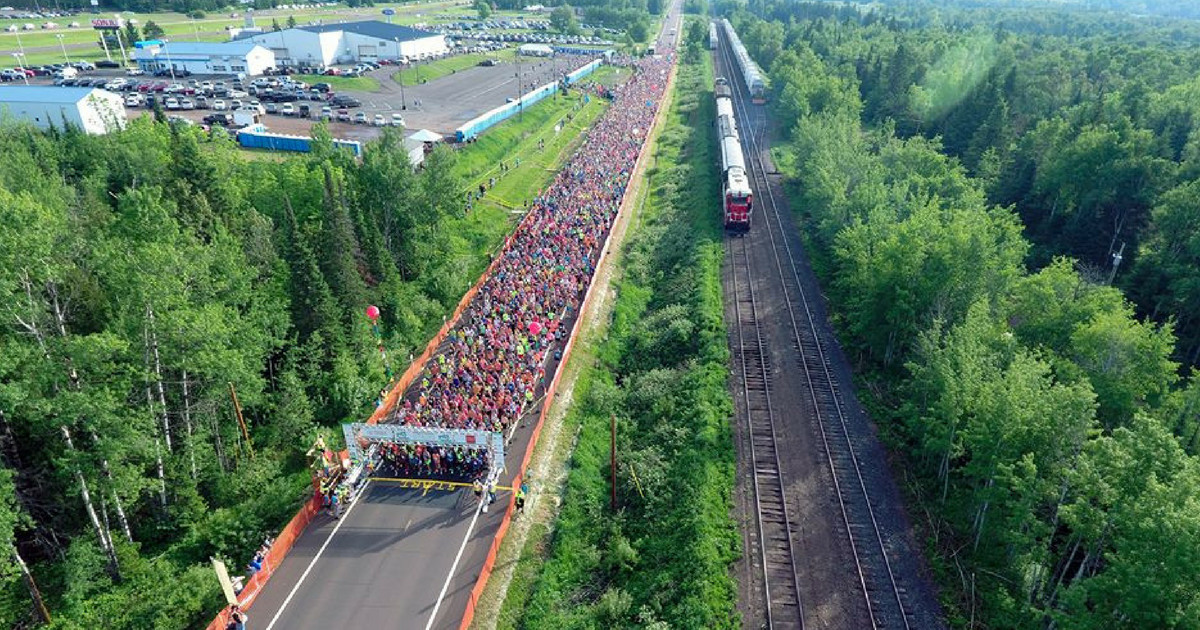
Grandma’s Marathon was one of the first event organizations in the country to formulate an approved COVID-19 Preparedness Plan to allow participants to run races in person, as safely as possible during the pandemic.
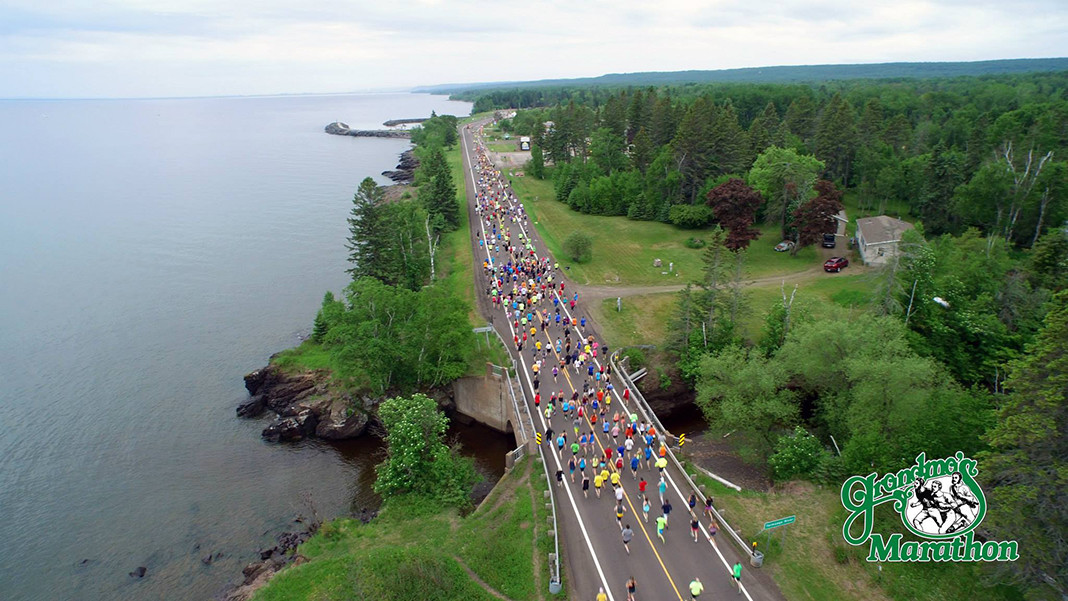
The Minnesota Mile will take place this Friday, September 11. The Fitger's 5K, which was rescheduled from April to September, will take place Saturday morning, September 12. Each race features time blocks throughout the day and waves with a limited number of people.
Based on this format, Grandma's Marathon is confident they can hold a successful Grandma's Marathon weekend next summer.
"We are going to open registration on October 1st at 7 P.M. central time for 4,000 runners in the half marathon and for the full marathon. We're going to go with 1,500 runners in the 5K because we have to plan for something," added Bauer.
The plan is to open registration for the 45th Grandma’s Marathon, 31st Garry Bjorklund Half Marathon, and 27th William A. Irvin 5K at half capacity on October 1.
In the event of in-person race cancellation, Grandma’s Marathon will give the registration value back to registrants with a forty percent discount that can be used up to three times over the next five years.
A virtual option will be available from the start of registration as well.
(09/09/2020) ⚡AMPGrandmas Marathon
Grandma's Marathon began in 1977 when a group of local runners planned a scenic road race from Two Harbors to Duluth, Minnesota. There were just 150 participants that year, but organizers knew they had discovered something special. The marathon received its name from the Duluth-based group of famous Grandma's restaurants, its first major sponsor. The level of sponsorship with the...
more...Impressive victories by Jacob Kiplimo, Christian Taylor and Faith Kipyegon at the Golden Spike, a World Athletics Continental Tour Gold meeting in Ostrava
Kiplimo’s track break-out:
In the men’s 5000m, the 19-year-old Kiplimo fought off Selemon Barega in a fierce homestraight brawl to take the win in 12:48.63, one of seven meeting records to fall on a clear night in this eastern Czech city where 3000 spectators were allowed entry to Mestsky Stadium to help celebrate the meeting’s 59th edition.
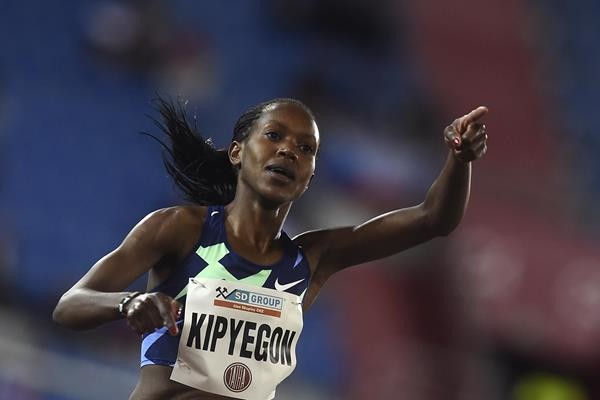
Just 3:30 into the race it was Barega, running behind pacer Lamecha Girma, who looked to be in control. With four laps to go he was already all alone and well ahead of the sprawled out pack.
“I wanted the fast time so I kept on pushing,” said Kiplimo, the silver medallist in the senior race at last year’s World Cross Country Championships. “It was a fight in the home straight. And it was wonderulf.”
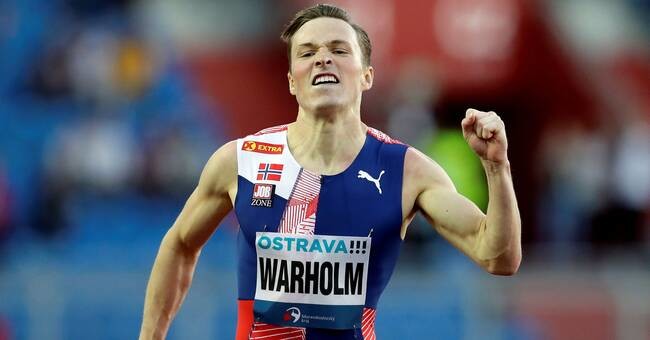
It was also the first big-meet victory for the teenager. More are likely on their way.
Strong, solo Kipyegon:
Faith Kipyegon produced a powerful performance to take the 1500m in convincing fashion.
Controlling the tempo from the 800m point, the Olympic champion pulled away for good with some 250 metres remaining, with Laura Weightman briefly giving chase. Kipyegon clocked 3:59.05, a season's best and another meeting record.
Weightman, who was briefly passed by Jemma Reekie as they approached the final bend, overtook the Scot in the homestretch to finish second in 4:01.96 with Reekie further back in 4:03.25.
Taylor triples 17.42m world lead:
In typical fashion, Christian Taylor produced the goods in the final round to win the triple jump, reaching a world-leading 17.46 in the final round to steal the win from Hugues Fabrice Zango, who controlled the competition since the second round when he jumped 17.42m.
Taylor needed time to find his rhythm, shaking off a pair of back-to-back modest efforts with a 17.12m jump in round three. He didn’t produce another measured jump until his last.
Warholm dominates:
Two-time world 400m hurdles champion Karsten Warholm extended his unbeaten streak to ten with a convincing 47.62 victory, another meeting record.
It wasn’t quite the follow-up he was expecting after his stunning 46.87 European record in Stockholm where a clip of the final hurdle dashed his world record ambitions there. This time, he chopped his stride badly as he approached the ninth barrier, but if he was disappointed, he hid it well.
“It’s always nice to get a win, but I was a little surprised by the time to be honest,” said Warholm, who was flown to Ostrava on Sunday on a private jet.
“I had a little stutter step, I had to switch (lead legs). There was nothing dramatic about it, I just had to do a switch. But that probably affected my time. Everything that breaks your rhythm is going to impact your finish time.”
Ludvy Vaillant of France was second in 49.14, a season’s best.
Hassan out-sprints Chelangat:
Sifan Hassan, Sheila Chelangat and Yasemin Can waged a strong battle in the women’s 5000m, but through it all, Hassan, the world 1500m and 10,000m champion, was just biding her time. That came, she decided, with about 300 metres to go, when she pulled past Chelangat and ran off down the backstretch and eventually to a convincing 14:37.85 victory.
Chelangat, who took care of much of the pacesetting chores, was second, passing Can in the waning stages to clock in 14:40.51, a career best for the 22-year-old Kenyan. Can, running in her first race on the track this year, was next in 14:40.70.
800m wins for Muir and Wightman:
Laura Muir was again the class of the field in her event, this time the 800m, turning in a solid 1:58.84 victory. Poland’s Sofia Ennaoui, who was second to the Scot in the Silesia 1500m on Sunday, was second again in 2:00.82.
Jake Wightman took down a solid field in the men’s race in 1:44.18, a career best for the 26-year-old who's better known for his 1500m exploits. The performance lopped a hefty sum from his previous best of 1:44.61 set two years ago.
(09/09/2020) ⚡AMPby World Athletics
Olympic champ Caster Semenya couldn`t defend 800m title in Tokyo without taking medication
Two-time Olympic champion Caster Semenya lost her long legal battle Tuesday against track and field's rules that limit female runners' naturally high testosterone levels.
Switzerland's supreme court said its judges dismissed Semenya's appeal against a Court of Arbitration for Sport ruling last year that upheld the rules drafted by track's governing body affecting female runners with differences of sex development.
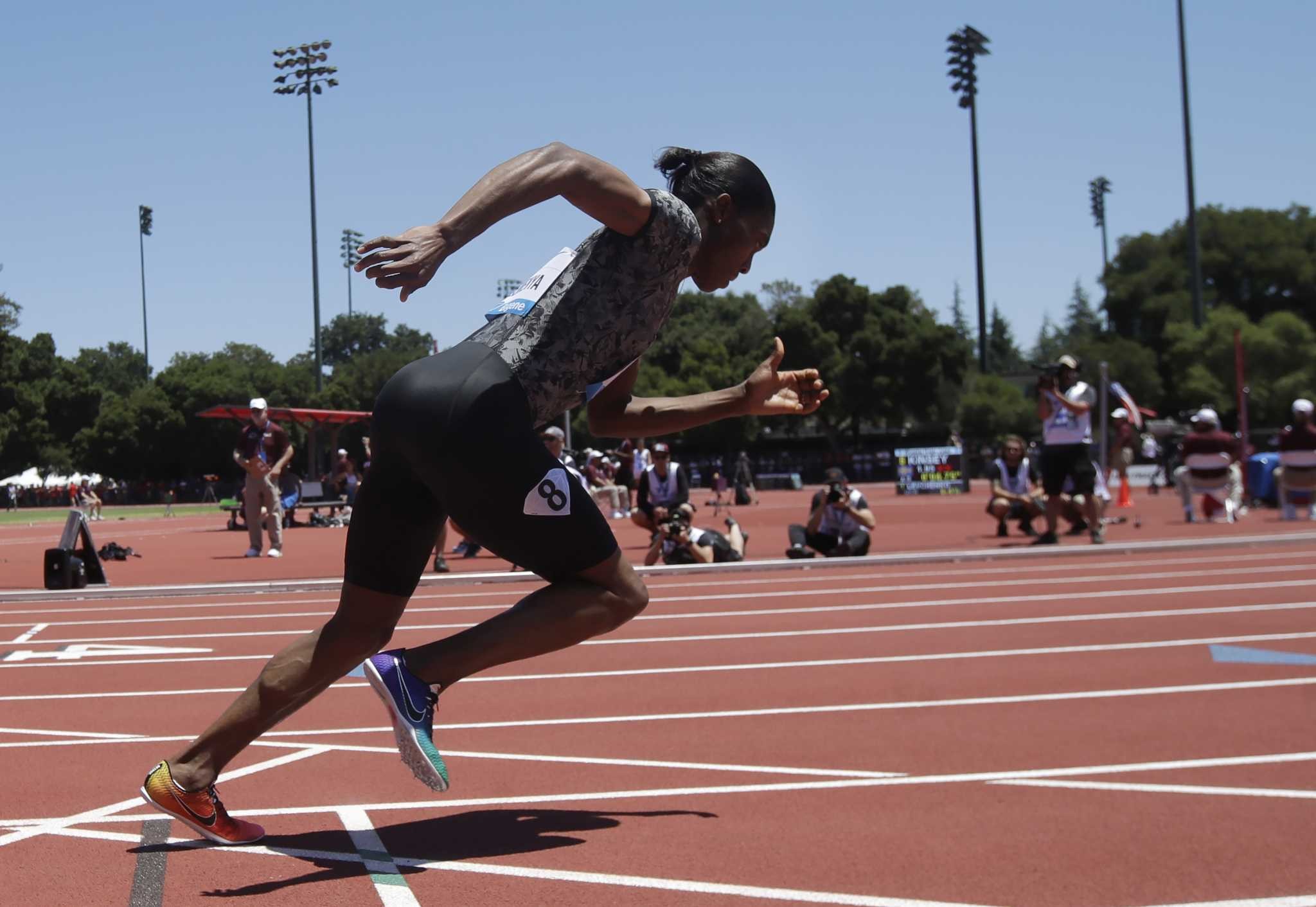
The 71-page ruling means Semenya cannot defend her Olympic 800-meter title at the Tokyo Games next year — or compete at any top meets in distances from 400 metres to the mile — unless she agrees to lower her testosterone level through medication or surgery.

The 29-year-old South African repeatedly said she will not do that and reiterated her stance in a statement through her lawyers Tuesday.
"I am very disappointed by this ruling, but refuse to let World Athletics drug me or stop me from being who I am," Semenya said. "Excluding female athletes or endangering our health solely because of our natural abilities puts World Athletics on the wrong side of history."
The Swiss Federal Tribunal said Semenya's appeal "essentially alleges a violation of the prohibition of discrimination."
In a May 2019 verdict, the sport court's three judges had said in a 2-to-1 ruling the discrimination against Semenya was "necessary, reasonable and proportionate" to maintain fairness in women's track. Testosterone is a hormone that strengthens muscle tone and bone mass, and is a doping product if injected or ingested.
The panel of five federal judges said it was limited to examining "whether the CAS decision violates fundamental and widely recognized principles of public order. That is not the case."
Semenya's "guarantee of human dignity" was also not compromised by the CAS ruling, the judges decided.
"Implicated female athletes are free to refuse treatment to lower testosterone levels. The decision also does not aim to question in any way the female sex of implicated female athletes," the federal court said.
It's unclear what Semenya will choose to do next. She could compete in the 100 or 200 or at distances longer than the mile but she has never had the success in those events that she has had over two laps.
However, she had already switched her training this year to 200, hinting that she was prepared to lose in court.
Greg Nott, Semenya's long-time lawyer in South Africa, said her international team of lawyers was "considering the judgment and the options to challenge the findings in European and domestics courts."
Any appeal to the European Court of Human Rights would likely not receive a judgment until after the Tokyo Olympics open next July.
Tuesday's judgment also came at a financial cost to Semenya and South Africa's track federation, which joined her appeal. Each was ordered to pay 7,000 Swiss francs ($7,600 US) to the court and 8,000 Swiss francs ($8,700) toward World Athletics' legal costs.
(09/09/2020) ⚡AMP
by Graham Dunbar, Gerald Imray
Tokyo 2020 Olympic Games
Fifty-six years after having organized the Olympic Games, the Japanese capital will be hosting a Summer edition for the second time, originally scheduled from July 24 to August 9, 2020, the games were postponed due to coronavirus outbreak, the postponed Tokyo Olympics will be held from July 23 to August 8 in 2021, according to the International Olympic Committee decision. ...
more...Tokyo Olympics will go ahead with or without Covid, says IOC vice-president John Coates
Tokyo's postponed Olympics will go ahead next year regardless of the coronavirus pandemic, IOC vice-president John Coates told AFP Monday, vowing they will be the "Games that conquered Covid".
The Olympics have never been cancelled outside of the world wars and Coates, speaking in an exclusive interview, was adamant that the Tokyo Games will start on their revised date.
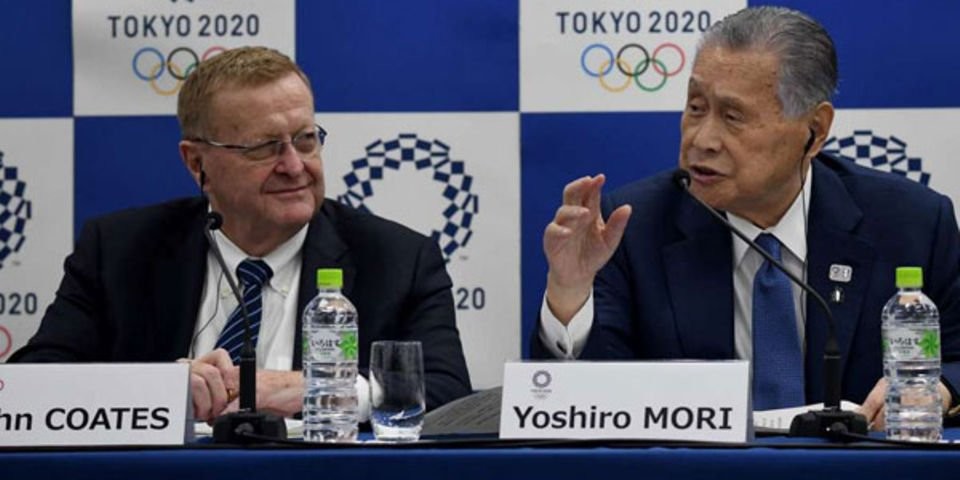
"It will take place with or without Covid. The Games will start on July 23 next year," said Coates, who heads the International Olympic Committee's Coordination Commission for the Tokyo Games.
"The Games were going to be, their theme, the Reconstruction Games after the devastation of the tsunami," he said, referring to a catastrophic earthquake and tsunami in northeastern Japan in 2011.

"Now very much these will be the Games that conquered Covid, the light at the end of the tunnel."
In a landmark decision, the 2020 Olympics were postponed because of the global march of the pandemic and they are now set to open on July 23, 2021.
But Japan's borders are still largely closed to foreign visitors and a vaccine is months or even years away, feeding speculation about whether the Games are feasible at all.
Japanese officials have made clear they would not delay them a second time beyond 2021.
There are signs that public enthusiasm in Japan is waning after a recent poll found just one in four Japanese want them to go ahead next year, with most backing either another postponement or a cancellation.
Coates said the Japanese government "haven't dropped the baton at all" following the postponement, despite the "monumental task" of putting the event back a year.
"Before Covid, (IOC president) Thomas Bach said this is the best prepared Games we've ever seen, the venues were almost all finished, they are now finished, the village is amazing, all the transport arrangements, everything is fine," he said.
"Now it's been postponed by one year, that's presented a monumental task in terms of re-securing all the venues... something like 43 hotels we had to get out of those contracts and re-negotiate for a year later.
"Sponsorships had to be extended a year, broadcast rights."
With much of that work underway, or accomplished, a task force has been set up to look at the different scenarios in 2021 -- from how border controls will affect the movement of athletes, to whether fans can pack venues and how to keep stadiums safe.
The group, comprising Japanese and IOC officials, met for the first time last week.
"Their job now is to look at all the different counter-measures that will be required for the Games to take place," said Coates, the long-time president of the Australian Olympic Committee.
"Some countries will have it (Covid) under control, some won't. We'll have athletes therefore coming from places where it's under control and some where it is not.
"There's 206 teams... so there's a massive task being undertaken on the Japanese side."
Tokyo 2020 chief Toshiro Muto on Friday repeated that organisers hoped to avoid a Games without spectators -- an option that has been mooted given Japan is still limiting audiences at sports events.
(09/08/2020) ⚡AMPby AFP
Tokyo 2020 Olympic Games
Fifty-six years after having organized the Olympic Games, the Japanese capital will be hosting a Summer edition for the second time, originally scheduled from July 24 to August 9, 2020, the games were postponed due to coronavirus outbreak, the postponed Tokyo Olympics will be held from July 23 to August 8 in 2021, according to the International Olympic Committee decision. ...
more...Košice Peace Marathon carries on
With a month left until the start of the oldest marathon in Europe registration of runners for the Košice Peace Marathon was stopped on September 1. The organizers’ full attention is now focused on managing important hygiene and security measures.
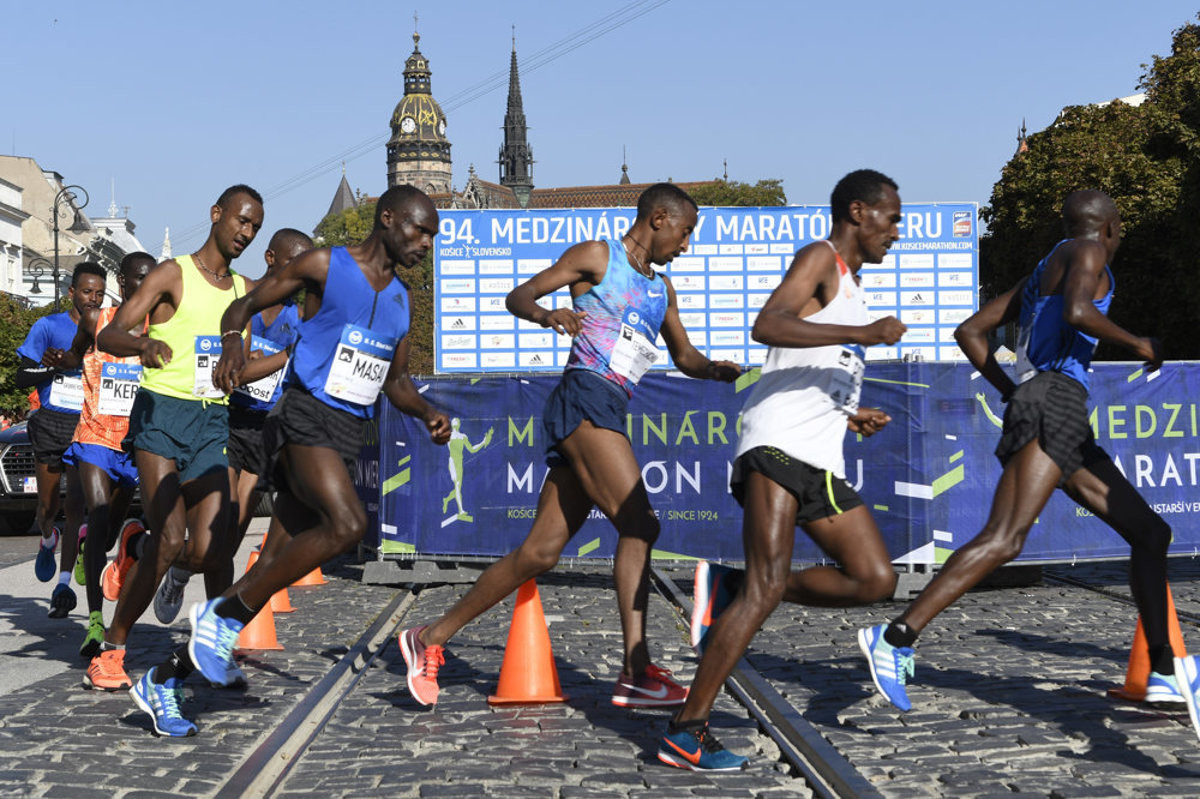
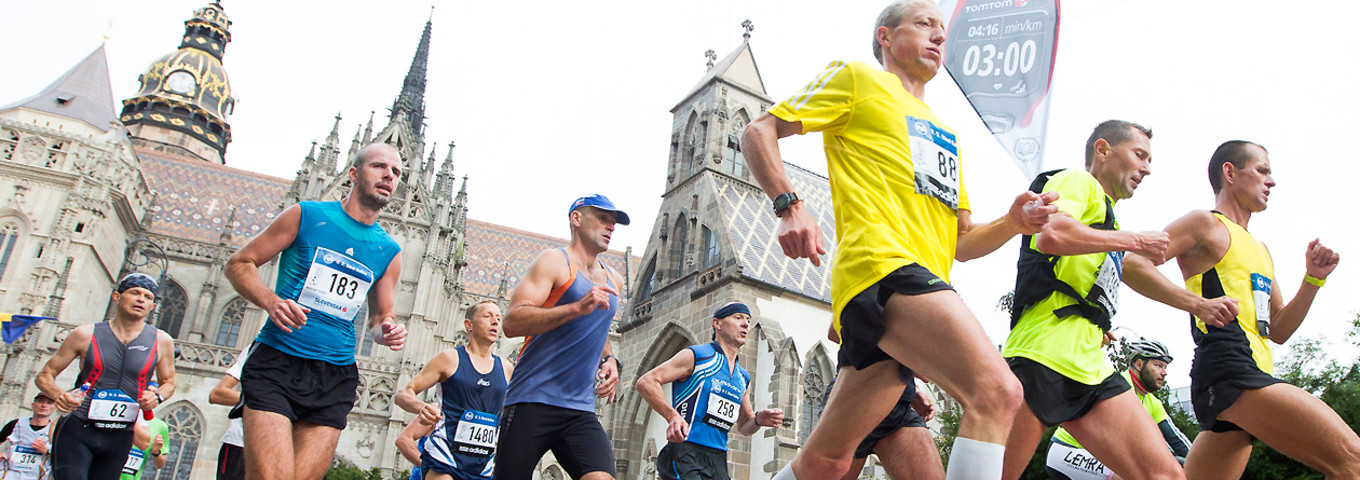
The 97th edition of the race, incorporating the Slovak Marathon Championships, will be divided into seven time-varying start waves, making it possible for almost 5000 runners to set off safely from the start.
The marathon holds the World Athletics Silver Label and will be an an opportunity for runners to achieve Olympic qualifying times. The elite field is being recruited only from Europe this year due to Covid 19 quarantining requirements.
(09/08/2020) ⚡AMPkosice Peace Marathon
The Kosice Peace Marathon is the oldest European marathon.This year for the organizers of Kosice Peace Marathon is also about memories and flashbacks. One of the fastest marathon courses has been created in Košice 20 years ago on that occasion it was the 1997 IAAF World Half Marathon Champioships. Tegla Loroupe and Shem Kororia were awarded from the hands of...
more...Mo Farah has asked for pacing assistance in this weekend's P&O Antrim Coast Half Marathon
Four times Olympic champion Mo Farah has asked for pacing assistance in this weekend's P&O Antrim Coast Half Marathon which is shaping up to be the highest quality road race ever in the province.
The 37-year-old is planning for the Larne event on the back of his weekend one hour World track record in Brussels.
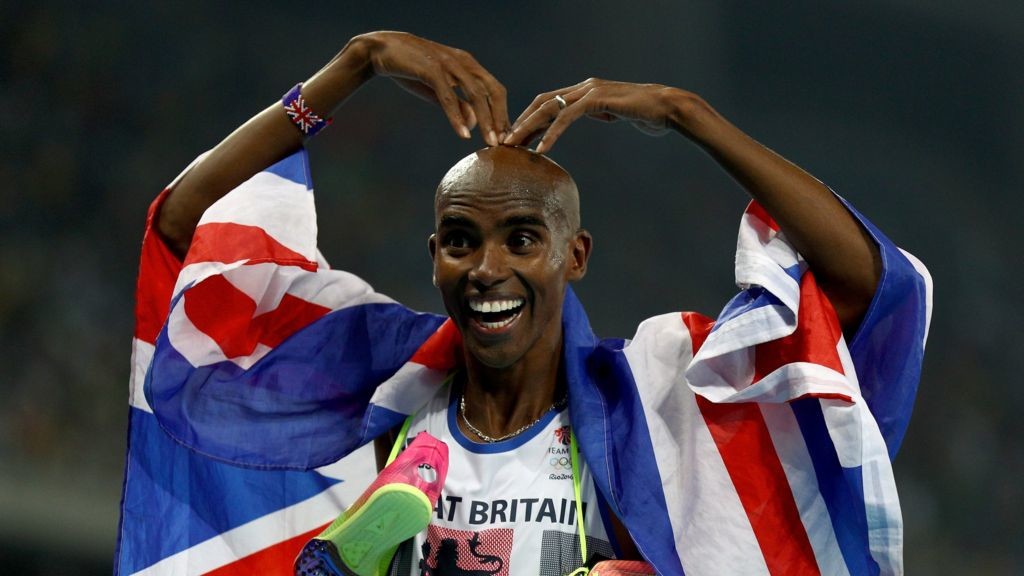
Farah ran a total of 21,330 metres, which beat Haile Gebrselassie's 2007 record by 45m, to seal his first ever outdoor world record.
Farah was so focused that he appeared not to realise when the hour was up and kept running before being told he could stop.
There was also a world record in the women's event as Holland's Sifan Hassan set a new best of 18.93km.
Farah has made it clear that, in Larne, he is hoping to beat his own British Half Marathon record of 59 mins 32 secs set five years ago.
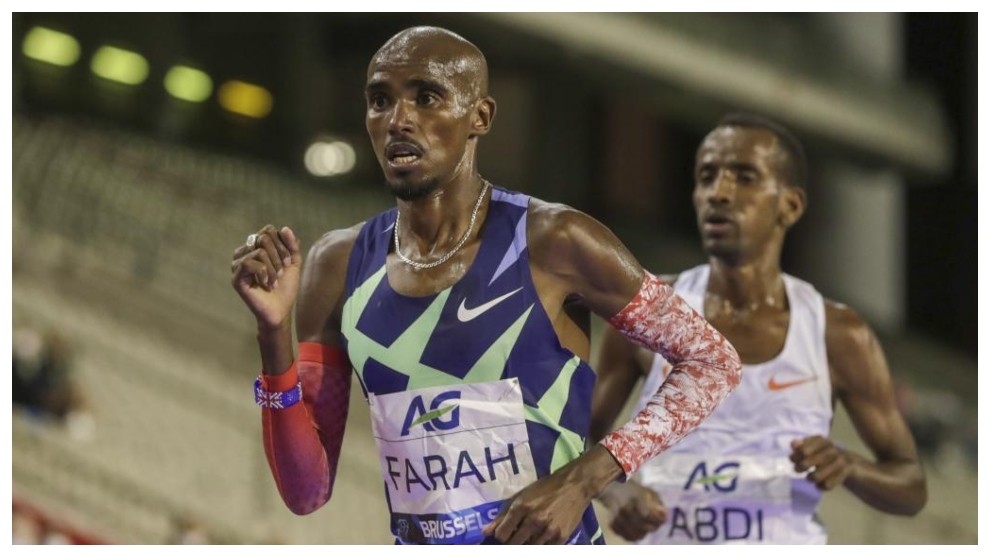
In order to do so, however, he has requested help to maintain the hectic pace.
This has created an issue for the organisers as there is no-one in the current list of runners who is capable of maintaining the tough sub one hour pace alongside Farah. GB's Ben Conor is the fastest athlete with a personal best of 61.11.
A possible compromise is simply for Farah to be paced by someone for as much of the race as possible.
Either way, a new NI All Comers record is certain. The current record stands to the Klimes twins, who were joint winners of the 1986 Belfast Half when they ran 62.22.
World Championship 1,500 metres finalist Ciara Mageean will, meanwhile, race tomorrow in the Golden Spike meeting in Ostrava, in the Czech Republic.
The 28-year-old Portaferry woman will be trying to repeat her recent top form which has produced Irish records at 800 and 1,000 metres.
Elsewhere, around 400 competitors took part in the latest Eikon road races at Down Royal.
Victory in the 5k event went to Willowfield's Aaron Woodman in 15 minutes, 31 seconds. He was followed by Peter Donnelly (15.42), who was a second ahead of Foyle Valley's Darragh Crossan.
In the ladies race, North Down's Jessica Craig was a comfortable winner in 16.18. She was followed by Finn Valley's Natasha Kelly (17.46) and Omagh's Lauren Molloy (17.52).
The 10K race went to Derry's Stephen McAlary (31.50) followed by North Belfast's David Hamilton (32.47).
Lagan Valley's Caitlyn Harvey took the ladies prize in 38.00 from Newcastle's Anne Gosling (39.57).
60-year-old Tommy Hughes, of Strive Racing, dominated in the 10 miles race with a time of 54.40.
Second went to team mate Eoin Hughes (55.09), followed by Edward Cooke of Victoria Park (55.45). Sperrin's Karen Alexander won the Ladies race by four minutes in 63.49.
(09/08/2020) ⚡AMPby Brian Hill
MEA ANTRIM COAST HALF MARATHON
The MEA Antrim Coast Half Marathon 2022 has been approved by World Athletics as an Elite Event. The World Athletics certified course takes in some of the most stunning scenery in Europe, combined with some famous landmarks along the route. With it's flat and fast course, the race is one of the fastest half marathons in the world. Starting...
more...Frankfurt Half Marathon Invitational next Sunday, Only top runners living in Germany were invited
A half marathon for elite runners only will be staged in Frankfurt next Sunday: The Frankfurt Half Marathon Invitational will be organized by the Race Director of the Mainova Frankfurt Marathon Jo Schindler and his team as well as Christoph Kopp, the Berlin based elite athletes manager. Only top runners living in Germany were invited. Germany’s marathon record holder Arne Gabius as well as Melat Kejeta and Katharina Steinruck, who have both achieved the qualifying times for the Olympic marathon in Japan next year, will be among the competitors. The race is a German qualifier for the World Half Marathon Championships which are scheduled for 17 October in Gdynia, Poland.
The Frankfurt Half Marathon Invitational will be run on a 3 k circuit in the Frankfurt fairground, which is closed to the public. „It is the ideal venue for us to provide secure surroundings and to fulfill all current requirements with regard to the Covid situation. Unfortunately we are not allowed to have spectators,“ said Jo Schindler, who received support from the city and the county to stage this half marathon. It was only last month when the Mainova Frankfurt Marathon, a World Athletics Gold Label Road Race, had to be cancelled due to the Corona pandemic. „Now we are very happy that we are able to organize a race in this difficult year. This is very motivating,“ said Jo Schindler.
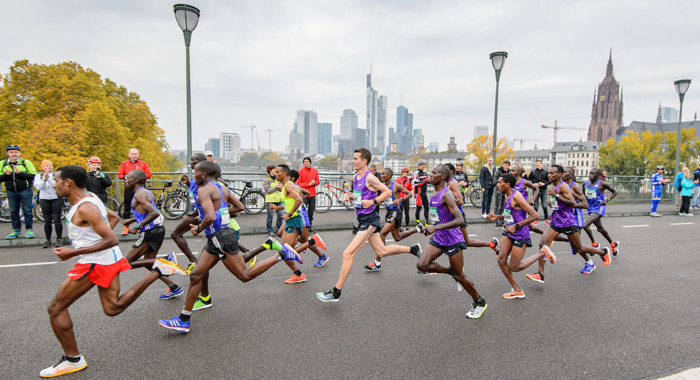
"It is great that this race can go ahead and I am looking forward to returning to Frankfurt. I have of course excellent memories of the Mainova Frankfurt Marathon," said Arne Gabius, who clocked the German national marathon record there in 2015 with 2:08:33. His half marathon PB stands at 62:09. Since Arne Gabius will use Sunday’s race as a test for the London Marathon, where he intends to break the Olympic qualifying time of 2:11:30 on 4 October, he is not the favourite.
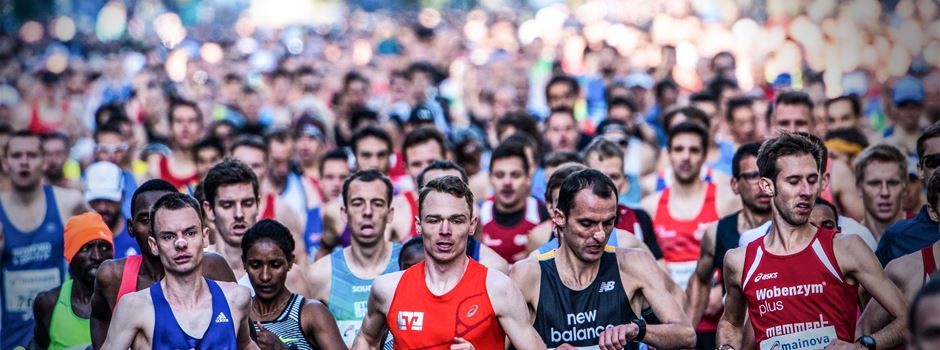
Amanal Petros currently holds the national lead in the half marathon with a time of 62:18. If he shows a solid performance on Sunday he would surely be selected for the World Championships. Germany’s national marathon champion from 2019 is Tom Gröschel. He ran 64:09 in the winter and needs to improve by at least nine seconds in Frankfurt to get the national qualifying time for Gdynia.
The qualifying standard of 74:00 was no issue for Melat Kejeta, when she ran a fine 68:55 in Ras Al Khaimah (UAE) in February. Normally she would be the overwhelming favourite on Sunday, however it remains to be seen in what sort of form she will come to Frankfurt.
Katharina Steinruck could not run a half marathon earlier in the year due to the Corona crisis. However she showed good form despite the restrictions, when she clocked 32:41 in a Berlin 10 k race in June. She missed her PB by just two seconds. "I am happy to be able to run a half marathon now. And to make it even better: this happens in my hometown. I have to thank the organizers for making this possible," said Katharina Steinruck, who has a half marathon PB of 72:23. To qualify for the World Championships she would need a time of 74:00.
(09/08/2020) ⚡AMPby Athletics
Mainova Frankfurt Marathon
Frankfurt is an unexpectedly traditional and charming city, with half-timbered buildings huddled in its quaint medieval Altstadt (old city), cosy apple wine taverns serving hearty regional food, village-like neighbourhoods filled with outdoor cafes, boutiques and street art, and beautiful parks, gardens and riverside paths. The city's cache of museums is second in Germany only to Berlin’s, and its nightlife...
more...Few participants run Budapest Half Marathon due to the pandemic
A total of 5,600 runners from some 600 countries took part in Sunday's Budapest Wizz Half Marathon, a fraction of the tens of thousand participants usually taking the scenic route.
"As a result of the increase in the number of COVID-19 cases in Hungary, the Hungarian Government has introduced entry restrictions that make it now impossible for foreigners to enter Hungary. Foreigners will only be allowed to enter Hungary in the case that it is highly necessary," the organizers notified participants.
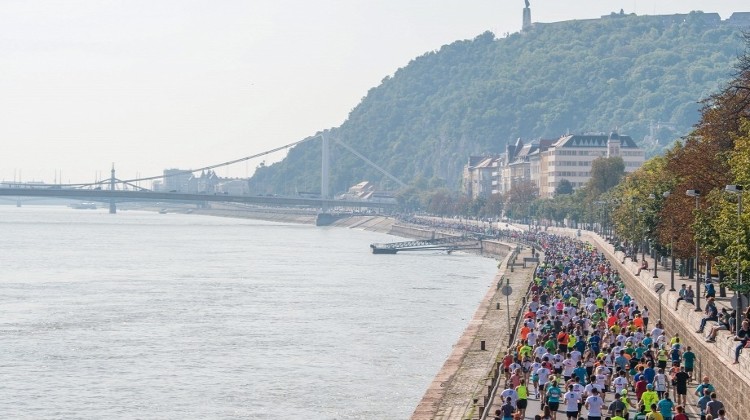
Organizers BSI (Budapest Sport Office) offered a special virtual race for those who cannot be at the race in person: "Run anywhere in the world, and anytime between September 2 and September 8, submit your result and get the same Finishers Medal, technical Event T-Shirt and the Wizz Air 20 euros value voucher shipped right to You!"
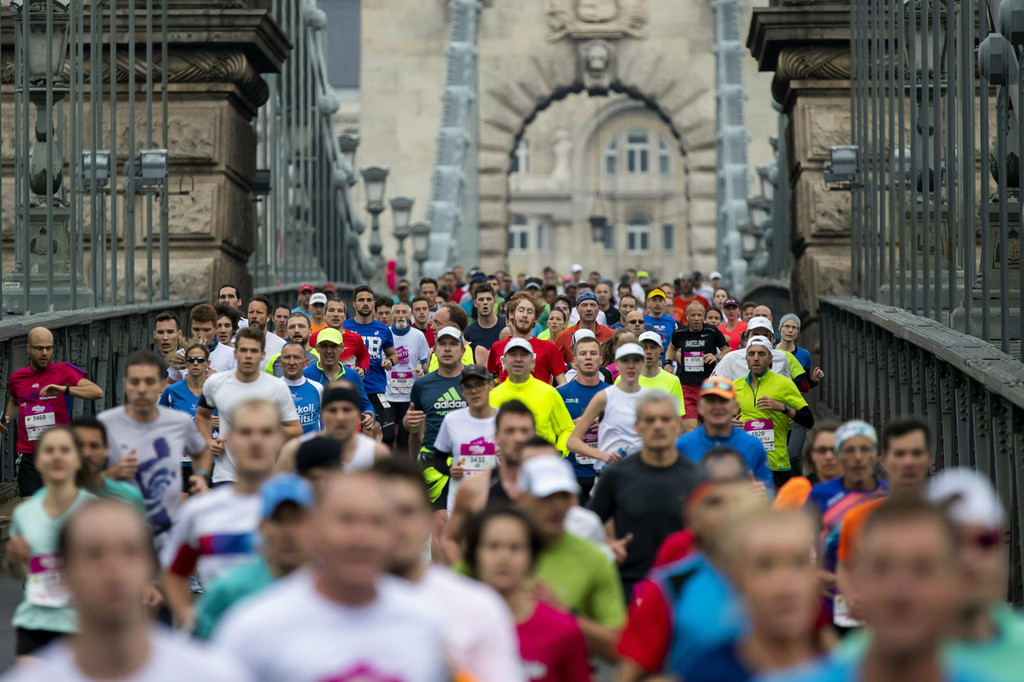
The event was held with strict safety rules in order to preserve the health of the runners, such as compulsory wearing of masks in the start and change zones, as well as the race center. There was a body temperature check before giving the start numbers.
The start of the race was done in smaller groups of a few hundred people, as opposed to the usual big launch of several thousand.
Finishers got their running medal in their hand, not on their neck.
There was no shower on site, and people were asked to leave the scene as soon as possible after reaching the finish line.
There were also many hand sanitizing points and people were asked to keep two meters distance from one another.
The Budapest marathons and half marathons are sightseeing running tour events: world heritage sites are present along the course, bridges across the Danube, Gellert Hill, Buda Castle, the Parliament of Budapest, Margaret Island, and other scenic spots.
Since the running event usually draws more than 60,000 people including family members, the city council of Budapest has limited the number of major running events to three per year, in order to cause less disturbances in the traffic of the Hungarian capital.
In the men's event, Gaspar Csere, 29, from Hungary won the race with a time of 1:06:29, whereas the fastest female athlete was Katalin Kovacs-Garami, 40, from Hungary with a time of 1:18:52.
(09/07/2020) ⚡AMPBudapest Half Marathon
Participating in the half marathon is essentially a running sightseeing tour of the beautiful Budapest. The course leads through the center of the city, down the famous Andrassy Boulevard and across the Chain Bridge. Admire the view of the Buda Castle from the Danubebanks and marvel in the panorama of Pest as well as Europe´s third largest Parliament building! There...
more...Kenyan Kibiwott Kandie shines at the Prague half marathon
Kenya Defence Forces’ Kibiwott Kandie won the 2020 Prague men’s Half Marathon in 58 minutes and 38 seconds on Saturday morning.
It was a largely lone affair for the soldier after he broke away from the Kenyan-dominated field at the 10km mark under a hot atmospheric condition.
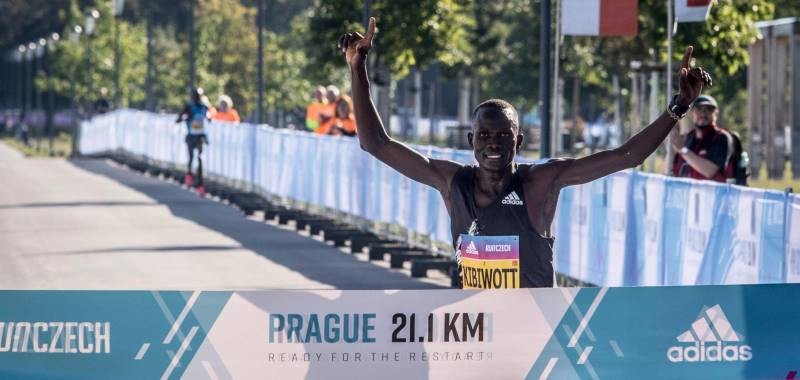
“It's difficult to run alone,” said Kandie whose performance makes him the fifth fastest man over the distance with the sixth fastest performance of all-time.
Kandie staged a good run early in the year, winning the Ras Al Khaimah Half Marathon in February with a world-leading 58:58, six days after his triumph at the fiercely competitive National Cross-Country Championships. But then the Coronavirus pandemic staggered his momentum. In March, Kandie was also named to the Kenyan team for the World Athletics Half Marathon Championships.
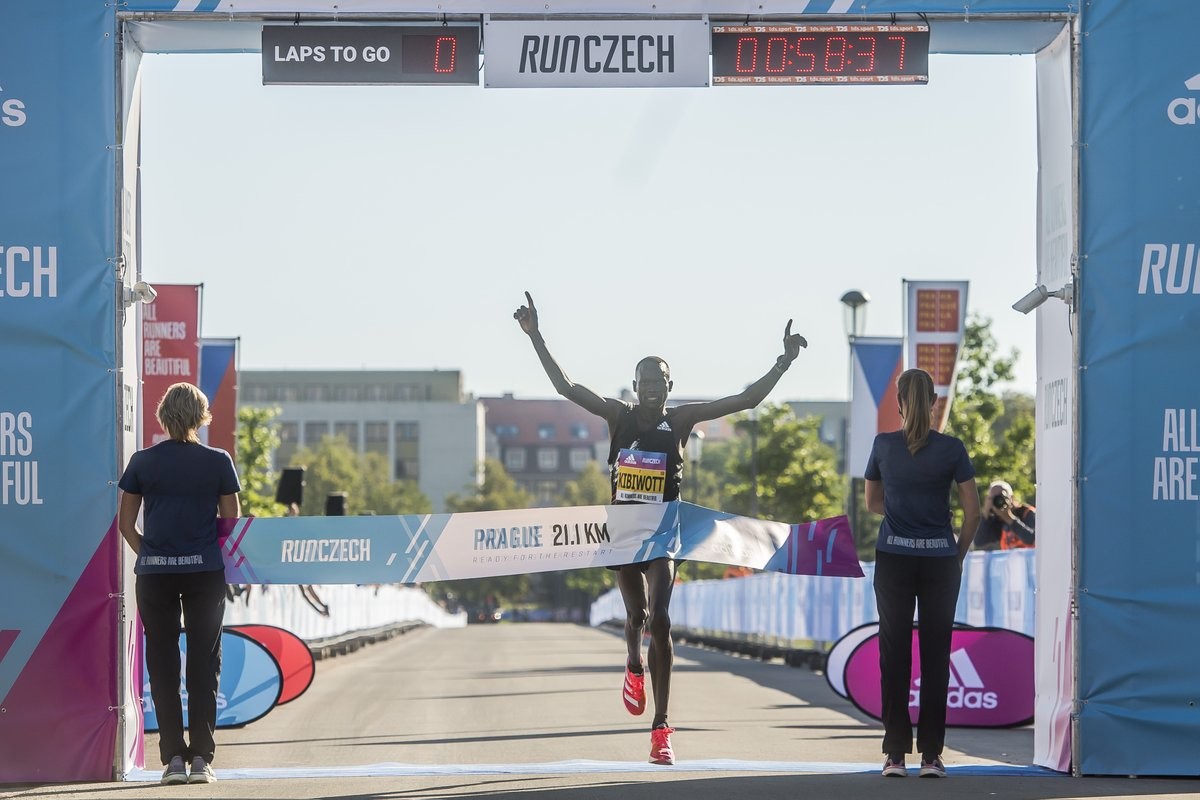
“My wish is to run again when this pandemic is over. It will be a pleasure to continue competing,” he added.
Kandie’s performance relegated Philemon Kiplimo to second place with a time of 59:56 as Benson Kipruto came in third in 1:00:06.
Making it to the top 10 finishers were Amos Kurgat who clocked 1:00:20 for the fourth position, Felix Kipkoech was fifth in 1:00:40 and Timothy Kibet stopped his timer on 1:00:47 for the sixth place. Others are Benard Kimeli who timed 1:01:00, Abel Kipchumba (1:01:02), Bravin Kipkogei (1:01:23) and Alfred Chelal (1:01:32).
(09/07/2020) ⚡AMPby Michezo Africa
Prague Half Marathon
Start the RunCzech season with one of the biggest running events in the Central Europe! Every year the Sportisimo Prague Half Marathon excites spectators with performances of elite athletes breaking records. Enjoy a course with incomparable scenery in the heart of historic Prague that follows along the Vltava river and crisscrosses five beautiful bridges. Take in majestic views of the...
more...Valencia marathon cancelled due to Covid-19
Organizers have been forced to cancel the 40th Anniversary Valencia Marathon due to the coronavirus health crisis.
THE Trinidad Alfonso EDP Valencia Marathon Organization, run by SD Correcaminos and the Valencia City Council, said in an official statement, it “regrets having to make the decision to cancel the 40th edition of the popular race, scheduled for December 6.
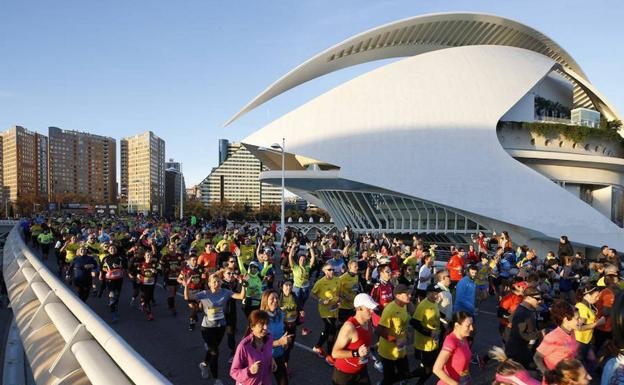
“The organization tried to exhaust all options in order to hold the event in a safe way for all runners, but the development of the health situation due to Covid-19 and the uncertainty of the near future are forcing us to forgo hosting the 30,000 participants that bought bibs for the 2020 edition.”
The Valencia Marathon wants to ensure “the best guarantees for the participants, companions, public and volunteers taking part in the event, as well as for the organizational team,” which it said is not feasible right now with such a high number of participants.
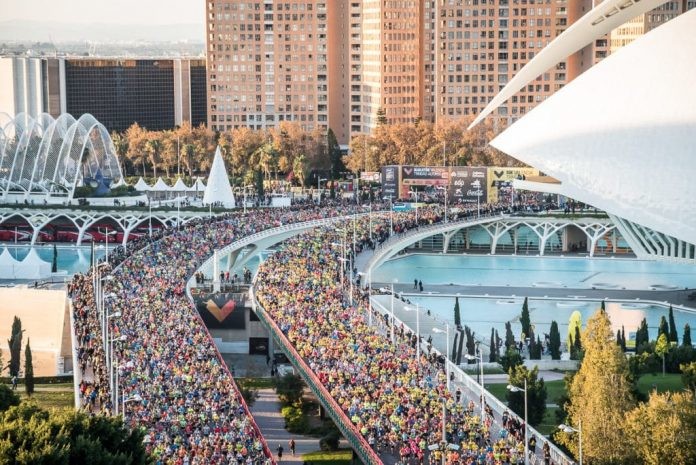
For this reason, as happened with the Trinidad Alfonso EDP Half Marathon a few weeks ago, the registered runners will be contacted in the next few days to start the process of choosing, from September 15, the options regarding their entry:
*Exchanging their entry for a place on the 2021 edition (December 5, 2021).
*Requesting a full refund of the cost of their entry (excluding the voluntary charitable donation, which was paid to Save the Children, this year’s charity, as planned).
*Renouncing refund of the entry fee for the event as a token of support to the Organization, while enjoying preferential registration at the price set for the first tranche of entries available for 2021.
*Participating in a virtual way by running the 4.0 Valencia Marathon where desired, receiving the Luanvi shirt and a medal for this edition among other gifts and surprises (all details to be announced soon).
“Three months before the scheduled date for the event, we started the cancellation process to respond to the concerns of all participants and not to make things worse for those runners who had to schedule their trip and accommodation in Valencia,” said the organization.
“We will keep working to celebrate our next edition together in 2021, in the hope that the next few months will bring us a more certain and safer scenario than the one we are experiencing now. It will be a difficult goal, but it will be worth it.”
Paco Borao, race director and president of SD Correcaminos, pointed out that “three months is the minimum time in advance that runners of the Valencia Marathon deserve to be announced that the popular event will not take place in 2020.
“Participants will have the same options to choose regarding their entry as for the Half Marathon, now adding the option to take part in a virtual edition of the 4.0 Valencia Marathon to join us on our 40th Anniversary. This is a compulsory stop, but we are going to work hard so that 2021 comprises all we wanted to do this year and even more.”
(09/07/2020) ⚡AMPby Tara Rippin
VALENCIA TRINIDAD ALFONSO
The Trinidad Alfonso EDP Valencia Marathon is held annually in the historic city of Valencia which, with its entirely flat circuit and perfect November temperature, averaging between 12-17 degrees, represents the ideal setting for hosting such a long-distance sporting challenge. This, coupled with the most incomparable of settings, makes the Valencia Marathon, Valencia, one of the most important events in...
more...Elaine Thompson-Herah, two-time world 200m champion Dafne Schippers and multiple world medalist Marie-Josée Ta Lou, will go head to head over 100m at the Wanda Diamond League meeting in Doha
Double Olympic sprint champion Elaine Thompson-Herah, two-time world 200m champion Dafne Schippers and multiple world medalist Marie-Josée Ta Lou, will go head to head over 100m at the Wanda Diamond League meeting in Doha on Friday September 25 2020.
The three women have met at this meeting on two previous occasions. Thompson-Herah triumphed over 200m in 2017, clocking 22.19 into a -2.3m/s headwind with Schippers finishing second and Ta Lou placing third.
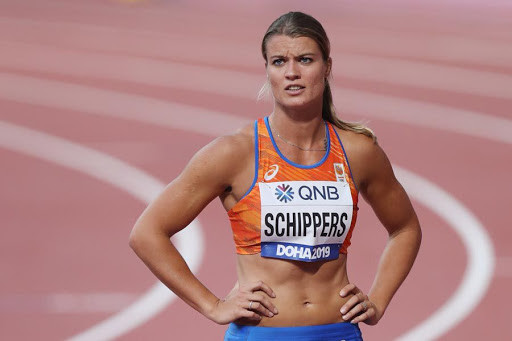
They clashed again one year later, this time over 100m, and Ta Lou came out on top, running 10.85. Thompson-Herah was third on that occasion and Schippers was sixth.
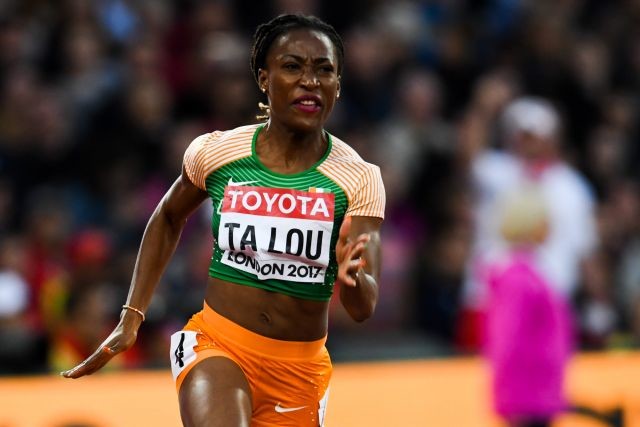
But the last time they were in the Khalifa Stadium was for last year’s World Championships, where Ta Lou took 100m bronze, just 0.03 ahead of Thompson-Herah. Schippers, meanwhile, was forced to withdraw from the final through injury.
Thompson-Herah’s season’s best of 10.88 set in Kingston on 8 August is the second fastest of the year to date.
“I’ve been fortunate to be able to race at home over the summer, but nothing beats the thrill of lining up in an overseas, international meet,” said the Jamaican. “I can’t wait to get back on the circuit, especially as part of a quality field in Doha where I’ve really enjoyed competing in the past.”
Ta Lou will be looking to build on her Wanda Diamond League performances in Monaco and Stockholm where she finished fourth (11.39) and third (11.32) respectively, while Schippers will make her season’s debut over 100m in Doha.
Doha’s Qatar Sports Club will host the revised 12-event programme – the final competitive meeting of the truncated 2020 Wanda Diamond League season – which includes sprint hurdles and 800m for both men and women; 100m, 3000m and long jump for women; and 200m, 400m, 1500m and pole vault for men.
(09/07/2020) ⚡AMPby World Athletics
A College Runner Spends the Night Hiding in a Tree to Escape a Charging Bear
When a mama bear started chasing after her, she did everything she could to survive.
On August 18, Rachel Smith, 19, headed out for seven miles on the Big Otter Trail in the HaDaRonDah Wilderness Area, a trail she’s run dozens of times in her hometown of Old Forge, New York, tucked away in the Adirondacks.

Usually a morning runner, Smith, who’s on the cross-country team at St. Michael’s College in Vermont, left her house at 7 p.m. because work had kept her busy earlier in the day. She told her mom she’d be back in 90 minutes, tops.
Because of the fog, Smith opted to run on a snow-mobile trail instead of the main road, where cars would have a hard time seeing her. There’s no cell service where Smith runs so she never brings a phone.
Smith didn’t come home that night.
Just before the 3.5-mile turnaround, Smith saw two black bear cubs. An avid outdoors person—she attended Adirondack Woodcraft Camps for 12 summers—Smith knew the mama bear would be nearby, and she had to avoid getting in between her and her babies.
“I thought, alright, this is fine, I’ll turn around early. That’s okay,” Smith told Runner’s World. “I turned around and mama is already charging toward me.”
Black bears, Smith said, are supposed to be scared of people, and in the past, they’ve run from her. But it’s a different story when cubs are involved, so Smith started screaming and made herself big. (The National Parks Service recommends talking to bears in a calmed tone and making yourself appear larger than you are, but other organizations recommend yelling at the bear.)
“She was not having it,” Smith said. “I couldn’t run forward because the cubs were there. And I couldn’t go backward, so I went left into the woods.”
Smith ran, screaming the whole time, forcing her way through heavy underbrush, bogs, marshes, and creeks. Every time she turned back or slowed down she could hear the bear thrashing behind her. Smith kept turning left, using her arms to swim through branches and leaves.
“It was getting dark and [the bear] sees better than I do in the dark, and all I’m thinking is, I gotta keep moving,” Smith said.
Eventually Smith came to a tree shaped like a V, surrounded by smaller trees. She used those smaller trees to make her way up the larger V tree.
“I can’t just climb up any tree because bears can climb,” Smith said. “But by using those smaller trees, I crushed them and was thinking the bear can’t get to me because she’s too big.”
She threw her sports bra, socks, and shoes down at the bear to scare her off, leaving Smith with just her running jacket and shorts, wet and cold from the rain.
Smith doesn’t know how long the bear circled the tree, trying to climb up. All she could see was the animal’s eyes looking up at her. Smith’s Garmin watch—and her only light source—died at 9:47 p.m., leaving her in total darkness.
The temperature dropped into the 40s, and Smith did everything she could to stay warm. She couldn’t sit because of the shape of the tree so she alternated between standing on one leg and squatting, hugging the trunk tightly for hours until
“I couldn’t cry, because I needed the water. I peed myself again because I was scared shitless—thank goodness because [the pee] was so warm, and thank God I had something good to eat before I left,” Smith said. “I started thinking about the normal stuff you think about when you think you might die. What did I say to my mom and my sister? I told them where I was going and when I’d be back. I knew they were looking for me. But there was no civilization for God knows how many miles.”
At some point—Smith had no concept of time after her watch ran out of battery—there was a light in the distance, making a whirring sound. It was a helicopter. But it was too far away to see Smith.
When the sun came up, Smith looked around from her perch and didn’t see any sign of the bear. Smith jumped some 15 feet down from the tree and looked for her New Balance 1080 shoes and, unsuccessfully, her socks and sports bra. She took off running, heading east.
She heard sirens in the distance and knew she was heading in the right direction. And then Smith came upon a blue trail marker.
“I was like, “Oh my God, it’s a trail. It’s a horse trail,’” she said.
She took off her shoes—her feet were covered in blisters from running without socks—made a sports bra out of her rain jacket, and sprinted down the trail.
“I felt like I was sprinting, but I probably wasn’t moving that fast,” Smith said, laughing.
She hit the main trail from where she started the night before and then passed over Route 28, the main road.
“I knew I was going to make it home,” she said.
About a mile from her house, Smith saw her friend’s car—the entire town had been out looking for her—and her friend drove her home, where her family, fire trucks, and ambulances were waiting.
Smith went to the hospital, where she was admitted overnight for observation because bloodwork revealed she had toxins in her system. Because Smith’s muscles had been contracted for hours while hugging the tree trunk, the breakdown of the muscles released toxins into her bloodstream.
Later, as runners are wont to do, Smith calculated her distance and estimates she was chased for roughly five miles, and covered 12 to 15 miles to get home.
“I’m not at all surprised by Rachel’s tactics,” Molly Peters, coach for the cross-country and Nordic ski teams at St. Michael’s College, told Runner’s World. “Rachel is one tough cookie. She is a strong, intelligent, and quick-thinking person. That mama bear didn’t stand a chance.”
The rising junior will head back to school this week where she’ll continue to study pre-pharmacy and biology, with a minor in chemistry. And while local news outlets reported Smith was found safe, she is suffering from physical injuries, nightmares, and plausible post traumatic stress disorder.
“I wake up screaming. I can’t be alone,” Smith said. “All I want to do is go on a run to shake everything off, but [until I heal] I can’t.”
What happens if you encounter a bear on the run? Here are a few quick tips from Kate Kuykendall, an expert and spokesperson for the National Parks Service:
Move slowly—preferably sideways to give the bear space—and do not go between a mother and her cubs.
Make it clear that you are not prey.
If you have children, pick them up so they don’t appear small, and don’t turn your back.
If the bear is not in attack mode, speak in a low, calm voice to the animal and make yourself appear large by opening your jacket or holding a pack over your head.
If attacked by a black bear, try to scare it off by making noise and appearing as large as possible.
If attacked by a brown (grizzly) bear, play dead until (hopefully) the bear loses interest and wanders off.
(09/06/2020) ⚡AMPby Runner’s World
London Marathon Creates a Biosecure Bubble for the Upcoming Elite-Only Race
All runners will stay in the same hotel, and will be allowed to train on the surrounding 40 acres.
The London Marathon, scheduled for elites only on October 4, is creating a bubble environment to protect the runners and necessary staff.

This will be the first World Marathon Major to take place since the Tokyo Marathon was run as an elite-only race on March 1.
On Thursday, September 3, race organizers for the World Marathon Major announced plans to implement a biosecure bubble for the elite-only race on Sunday, October 4. The biosecure bubble will be created using a strict testing protocol and an athlete-only hotel surrounded by 40 acres for runners to train ahead of the marathon.
“It is our duty and responsibility to ensure this event is held in a safe and secure environment,” Hugh Brasher, the London Marathon event director, said in an announcement. “We have looked at other examples and taken learnings from other sports which have returned to action as we developed our detailed plans for this biosecure bubble around the event.”
To enter the biosecure bubble, athletes will be required to test for COVID-19 in their home country four days prior to travel. They will be tested once again when they arrive at the athlete hotel in London, and testing will continue until the Friday before the event. The hotel will be used exclusively by athletes, support staff, and race officials, all of whom will be required to remain socially distant from each other and wear face masks at all times with the exception of training, eating, and being inside their single rooms.
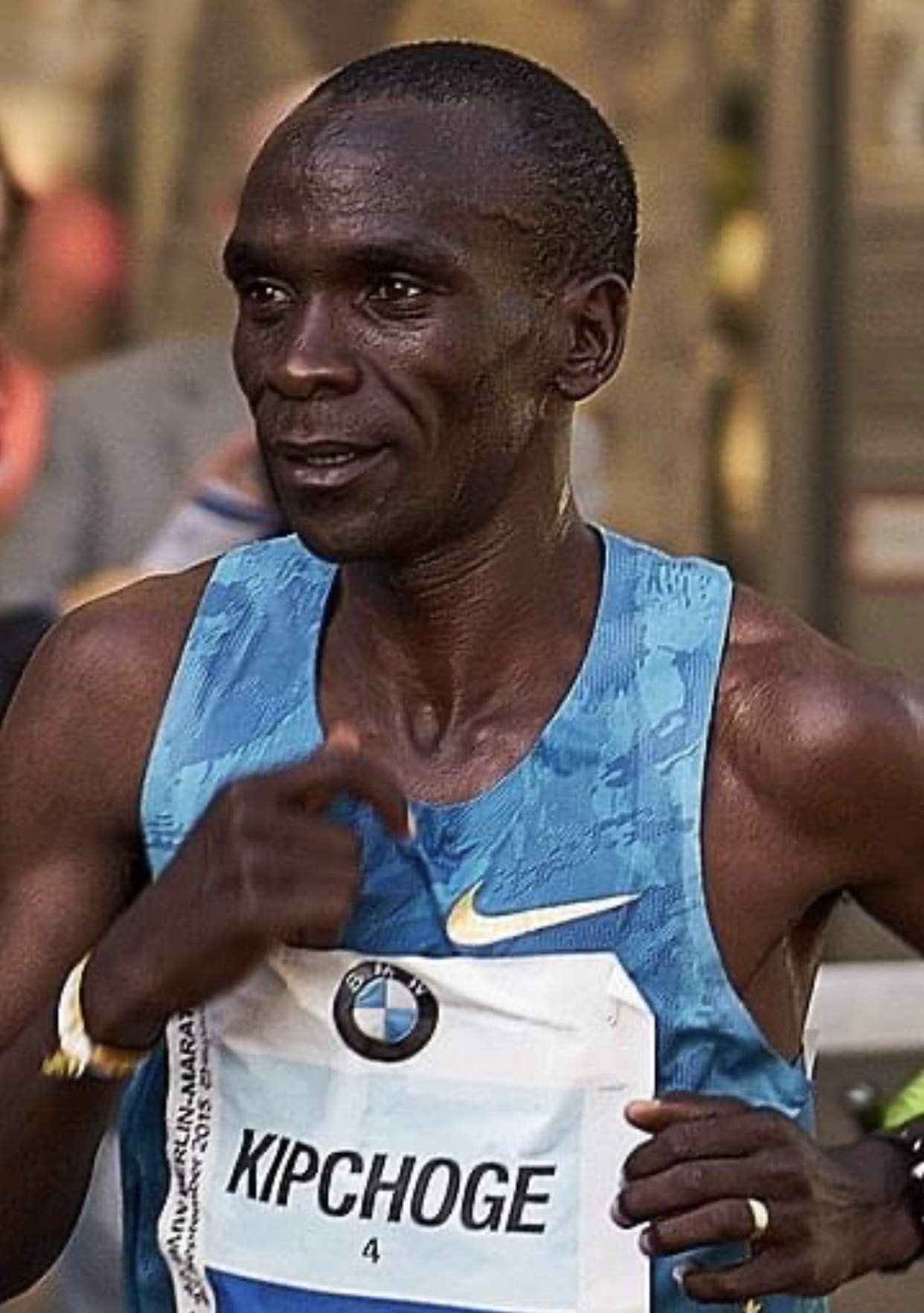
“By finding a hotel for exclusive use and putting in place the strict testing, hygiene and security measures to protect the bubble, we are confident we have created the safest environment possible for everyone,” Brasher said.
The race will be held over 19 laps on a 2.15K-closed course around St. James’s Park plus an extra 1,345 meters to the usual finish line. To keep the competition secure, no spectators will be allowed on the course.
The London Marathon, originally scheduled to run in April, is the first World Marathon Major to take place since the coronavirus was declared a global pandemic on March 11 (the Tokyo Marathon staged an elite-only race on March 1). Outside of running, the NBA became the first professional sports organization to start back up, creating a bubble in Orlando, Florida, in an effort to protect players during a three-month season.
For many athletes, the London Marathon will be their first major competition of 2020 due to COVID-19 restrictions, which forced many events to be postponed or canceled.
The men’s race features a highly-anticipated match-up between world record-holder Eliud Kipchoge and 2019 Berlin Marathon winner Kenenisa Bekele. In Berlin, Bekele came within two seconds of breaking the 2:01:39 world record set by Kipchoge at the 2018 Berlin Marathon.
Brigid Kosgei leads the women’s field after breaking the world record at the 2019 Chicago Marathon. She will be competing in her first race since the RAK Half Marathon in February when she finished second to Ababel Yeshaneh who broke the half marathon world record.
Americans Sara Hall, Molly Seidel, Lindsay Flanagan, and Jared Ward will be competing in London as well.
On August 7, Hall ran an impressive half marathon personal best of 1:08:18 with two male pacers and two of her daughters following at a distance in a race staged by Eugene Marathon organizers.
In February, Seidel made her first Olympic team in her 26.2 debut when she finished second at the U.S. Olympic Marathon Trials in Atlanta. Flanagan finished 12th at the Olympic Trials.
For Ward, a 2016 Olympic marathoner, London will be his first major marathon since finishing 27th at the Trials.
While the 40th running of the London Marathon will feature elites only, 45,000 people signed up to participate in the virtual 26.2.
(09/06/2020) ⚡AMPby Runner’s World
TCS London Marathon
The London Marathon was first run on March 29, 1981 and has been held in the spring of every year since 2010. It is sponsored by Virgin Money and was founded by the former Olympic champion and journalist Chris Brasher and Welsh athlete John Disley. It is organized by Hugh Brasher (son of Chris) as Race Director and Nick Bitel...
more...'I must've got really fast and tall overnight:' Kevin Hart slams NBC for mistaking him for Olympic gold medallist Usain Bolt
NBC admitted to a 'technical error' which posted a picture of Kevin Hart on a story about Olympic Gold Medallist Usain Bolt
Kevin Hart has ridiculed NBC for mistaking him for Olympic gold medallist Usain Bolt.
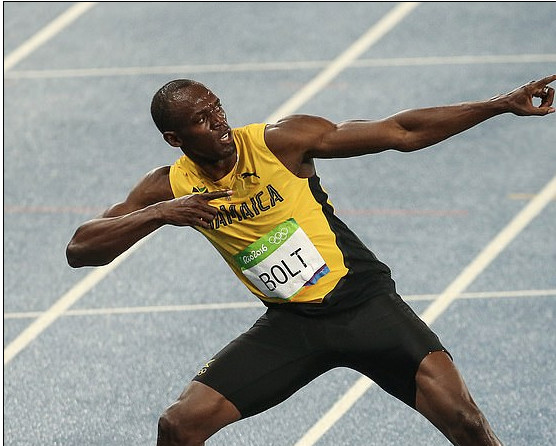
On Tuesday, the media outlet incorrectly attached a photograph of Hart to a Facebook alert titled: 'Usain Bolt, the fastest man alive, tests positive for coronavirus.'
'No comment,' Hart wrote on Instagram on Tuesday, followed by a series of face palm emojis.
'I must of gotten really fast & tall overnight....I want to take advantage of this moment & race anybody in the world. We can bet whatever ... I am also no longer doing comedy due to my Olympic training schedule.'
The error has since been fixed, but Hart described it as 'disrespectful on so many levels'.
NBC News rectified the mistake and shared a message blaming a 'technical error'.
The network said: 'Due to a technical error, the social image on this post mistakenly featured a photo of comedian Kevin Hart.
'In the content management system, a social image was not selected, and the system reverted to an image of Hart from an unrelated video. The display image has been corrected.'
Jamaica's minister of health officially confirmed this week that eight-time Olympic gold medallist Bolt had tested positive for coronavirus and is isolating at home in Jamaica.
'It is now public knowledge that Mr. Bolt has tested positive,' Christopher Tufton told reporters.
'He has been formally notified, I'm told by the authorities. It triggers an approach to questioning, interrogation if you will, which we follow through with contact tracing.'
It came after he reportedly held a party to celebrate his 34th birthday.
Other Hollywood figures who have shared their coronavirus stories this year include Idris Elba, Antonio Banderas, Pink, Bryan Cranston, Lena Dunham, and many more.
(09/06/2020) ⚡AMPTokyo Olympics Marathon Course To Be Measured By End of Year, Test Event Planned
At a press conference in Sapporo on June 23, the organizing committee of the 2020 Tokyo Olympic Games announced plans to have the Olympic marathon course in Sapporo measured and certified before the end of the year. The announcement marked a return to preparation for the Olympics, which had been suspended due to the ongoing coronavirus crisis.
The organizers also plan to stage a test event on the course next year at some point from March through May. Organizing committee executive Yoshiro Mori commented, "Whether it will be a half or full marathon is still a topic for discussion." City officials have responded positively to requests for use of Ohori Park and other locations, and confirmed that road work on the marathon course is expected to be mostly completed in July this year.
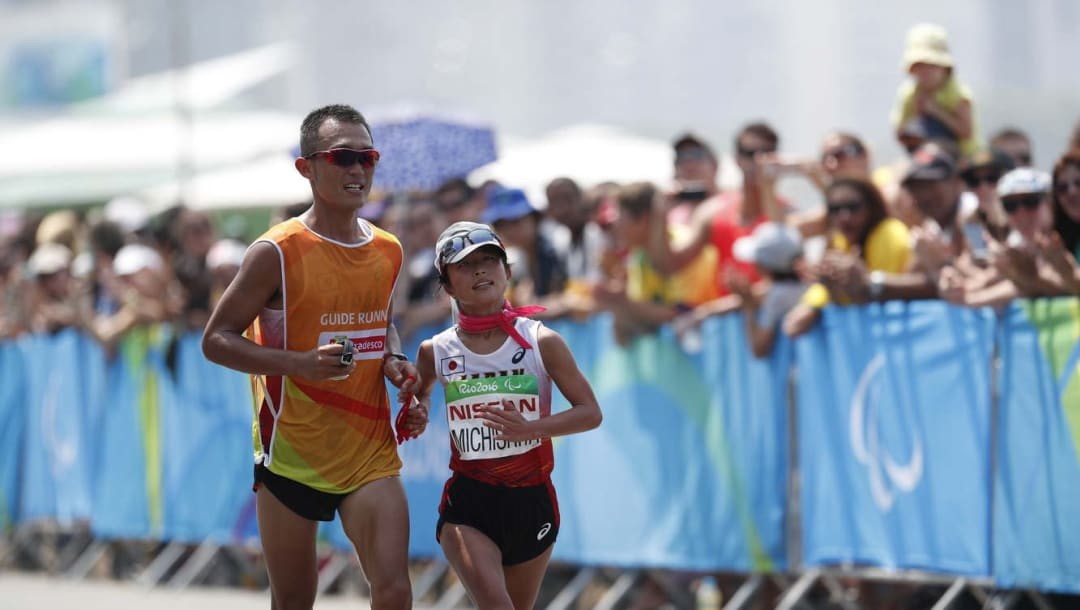
With major marathons canceled, Emily Sisson chose a virtual one
When Emily Sisson stepped off the U.S. Olympic Marathon Trials course on Feb. 29, she would not have predicted the wait would be eight months until her next race.
Even more unusual: Sisson will contest her next marathon as a solo runner.
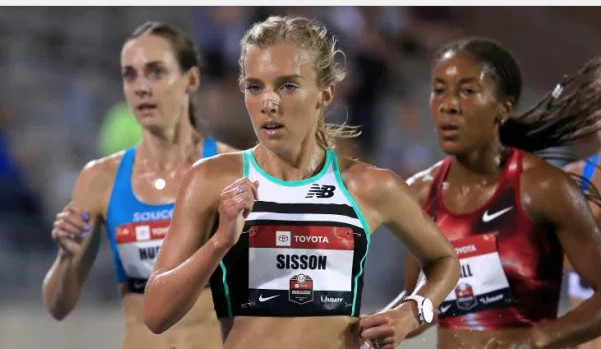
She’s a headliner among the elites signed up for the Virtual New York City Marathon, where runners can cover a distance of their choice any time and any place between Oct. 17 and Nov. 1. The in-person five-borough event was canceled due to the coronavirus pandemic.
Sisson, a 28-year-old based in Arizona, plans to run exactly 26.2 miles for the virtual competition with no prize money (Sisson is sponsored by New Balance, which is a New York Road Runners partner). She said last week that she was still deciding on her route.
“It’s hard to find somewhere where I can get 26.2 miles without having to stop for traffic,” she said.
Sisson originally planned to race the in-person New York City Marathon. When it was canceled in June, she was left in a foreign state — training without any competitions on the horizon. She was eager once told about the virtual option.
“Obviously, a virtual race can’t completely replace the New York City Marathon,” she said. “But it’s something to put on my schedule, to work towards and train for right now.
“That’s the reward for working really hard.”
Sisson, after her marathon debut in London in April 2019, spent last fall and winter with Leap Day circled. She flew to Atlanta among the contenders to make the three-woman U.S. Olympic marathon team. Many tapped her the overall favorite.
But her legs felt off early on the hilly course, Sisson shared on the Ali on the Run podcast in April. Tightness crept up around mile 11. She looked at the elites around her. Laura Thweatt was bounding. Des Linden was floating.
Sisson’s quads were taking a beating. She was dropped around mile 20 and, by mile 22, stepped off the course and into the arms of her husband, Shane Quinn.
“It sounds dramatic, but that was probably the most disappointing race I’ve had in my career,” she said last week. “I’ve never had to drop out of a race before. I’ve also never blown up like that in a race before. Take that back, I fainted once. I’ve never had a race where I performed so far off where my fitness level was.”
Sisson implemented the plan B that coach Ray Treacy discussed the night before. If your chances of finishing top three are done, pull the rip cord and save your legs for the 10,000m at the track trials in June.
Sisson’s legs were “destroyed.” She took three weeks off from running, consulting with a chiropractor while weighing the risk of that long of a rest. She also knew that the Olympics were under threat of postponement, which eventually was announced on March 24, three and a half weeks after the marathon trials.
The U.S. Olympic marathon team of Aliphine Tuliamuk, Molly Seidel and Sally Kipyego is expected to remain in place for next year. The track trials are now in June 2021. Sisson will race this virtual 26.2 miles, then will probably focus on the 10,000m. Her unfinished business in the marathon — the in-person variety — will be on the agenda after the Tokyo Games.
Sisson will set at least one personal best this year. Her virtual marathon will be her longest-ever solo run, though Quinn will likely ride a bike alongside her. She will put on headphones and probably listen to music.
“It’s hard hitting pause on a low,” Sisson said, reflecting on the Atlanta trials. “It’s nice to have something else right now.”
(09/06/2020) ⚡AMPDonavan Brazier pulls plug on 2020 season due to nagging plantar fasciitis
The 800m world champion went undefeated in his fractured 2020 season
According to a report from The Oregonian, 800m world champion Donavan Brazier is bringing his 2020 outdoor season to a premature close following persistent issues caused by plantar fasciitis. As his coach Pete Julian told The Oregonian, Brazier’s right foot has been bugging him for a while now, and they finally agreed it was time to take a break. Despite this issue, Brazier has had a stellar 2020 season. He went undefeated this year, and he has a 10-race winning streak that extends back into 2019.
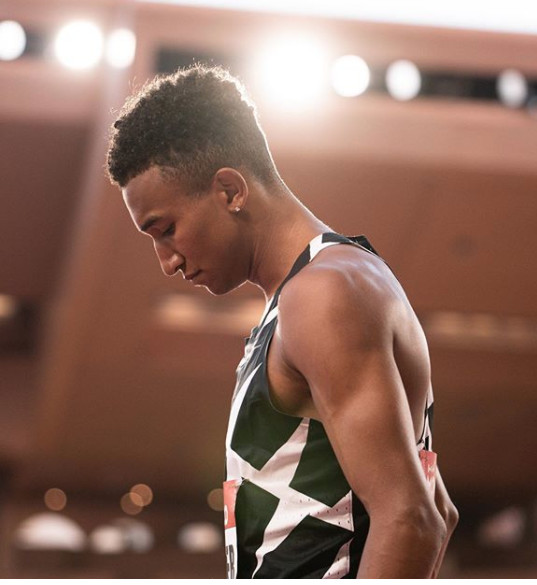
As has been the case with all athletes, the 2020 season was a strange one for Brazier. He opened the year with a couple of indoor meets (including a win in the 800m at the Millrose Games in New York City). Then the season came to an abrupt halt, and he wasn’t able to race until the summer. He resumed his season in early July and has been on fire since, winning every race that he has entered. The first few events were smaller runs with limited fields, but in recent weeks he has raced in Europe against a number of the world’s best athletes.
In just nine days, he won three big meets, including two Diamond League races. On August 14, he won the 800m at the Monaco Diamond League event. A few days later, he won the 600m at the Continental Tour Gold meet in Hungary. Later that week, he was back on the Diamond League stage in Stockholm, where he wrapped up his season with another big win in the 800m.
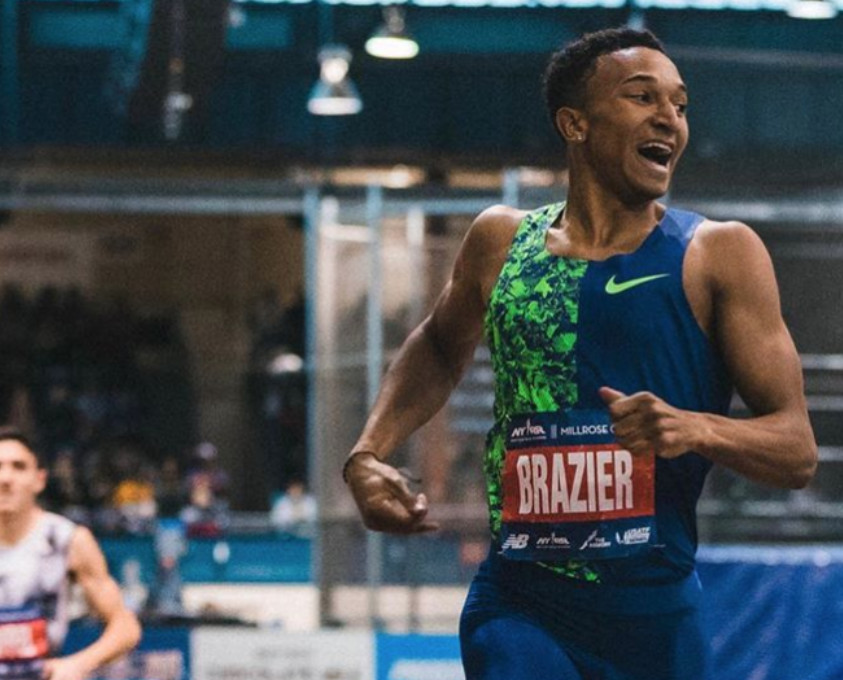
Julian told The Oregonian that he was happy to let Brazier continue racing through the summer with the plantar fasciitis, which is “one of those types of injuries that most runners can relate to,” he said. “[It’s] not bad enough to stop but not good enough to bring fuzzy happiness. It’s all always about finding the right combination of what you can and cannot do.” When it came to what he could do, Brazier managed pretty well. With all of his wins and his undefeated record this year, he has shown the world that he’s still the runner to beat heading into the next summer, by which time he should be in peak shape to take on the world’s best in Tokyo.
(09/06/2020) ⚡AMPby Running Magazine
Adidas, ASICS and Nike boost anti-doping programme ahead of road running return
World Athletics’ road running season will recommence this month with an improved anti-doping programme thanks to the financial support of three major shoe companies.
The Athletics Integrity Unit (AIU) revealed that Adidas, ASICS and Nike have agreed to inject money into the Road Running Integrity Programme, meaning more than 300 platinum and gold label athletes will be monitored and tested during the coming season.
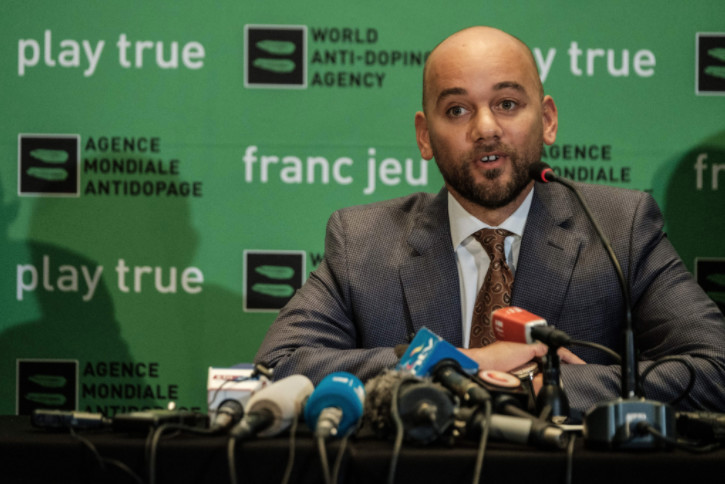
The 2020 schedule is due to resume on Sunday (September 6) with the Vidovdanska Trka 10km and is set to feature the Virgin Money London Marathon on October 4 – the same day as the Kosice Peace Marathon in Slovakia.
Last year, the AIU reached an agreement with the Abbott World Marathon Majors which pledged to provide additional funding for intelligence-led anti-doping investigation and testing programmes.
The Road Running Integrity Programme has been expanded this year with contributions from other key stakeholders of the road running community – the organisers of all Label races, athlete representatives and the three shoe companies.
More than 350 out-of-competition tests were carried out by the AIU during the first three months of the year.
But due to the decreased number of races in 2020 following the COVID-19 outbreak, the programme has been adapted.
"When we put together this programme, we had no forewarning of how disruptive the coronavirus pandemic would be to the road racing calendar this year," Brett Clothier, head of the AIU, said.
"Despite the very many other challenges this has created for Label races, agents and shoe manufacturers, not least financially, we’re delighted that these funding contributors remain committed to this anti-doping programme.
"Race cancellations have allowed us to reduce the annual budget in these exceptional circumstances and make smaller demands on some of our contributors than they initially agreed but even the directors of cancelled races have been willing to continue making some contributions to a programme that will protect the integrity of their events in years to come.
"We are pleased that these three shoe companies also recognise that this programme is crucial to the health of the sport, both ethically and commercially, and are willing to support it.
"Their collaboration will allow us to build an even stronger integrity platform for 2021, when we hope that the sport can resume on a more normal footing."
Jon Ridgeon, chief executive at World Athletics, added: "The cooperation that we are seeing between the different commercial stakeholders, including some of the shoe companies, to support the integrity of our sport, is an important development for the future of road racing and I would like to thank them for their commitment."
One of the key features of the programme for 2020 includes an overall registered testing pool of 305 athletes with the majority of those believed to be from Kenya and Ethiopia.
The top 40 runners (20 male and 20 female) are set to be tested in accordance with an advanced intelligence-led testing programme that is appropriate to their 2020 racing calendar.
The remaining 265 athletes will be subject mainly to group testing specifically for the purpose of establishing their athlete biological passport (ABP) profile.
The AIU, in conjunction with the two National Federations and the National Anti-Doping Agencies in Ethiopia and Kenya, is also expected to support educational activities across the 305 athletes, utilising digital resources, leaflets, virtual conferences and face-to-face seminars, when and where they are safe to conduct, for the remainder of the year.
"This approach is a practical response to the unique circumstances we currently face with regards to road running," Clothier added.
"There was clear feedback from the key stakeholders, that, despite the financial difficulties, the sport does not want to raise the white flag on anti-doping and when the sport does return to a more normal level of competition in the future, it should be with a strong integrity platform still in place."
(09/06/2020) ⚡AMP
Kenya's Olympic 1,500m champion Faith Kipyegon to take on Genzebe in Ostrava
After settling for another world record near-miss in the Brussels Diamond League on Friday, Kenya's Olympic 1,500m champion Faith Kipyegon is set to resume her special rivalry with Ethiopian Genzebe Dibaba at the World Athletics Continental Tour Gold meeting in Ostrava on Sept. 8.
Having finished just 17 hundredths of a second short at last month's opening Diamond League meeting in Monaco, Kipyegon seemed on track to achieve her ambition with 200 meters remaining, but faltered slightly over the final few meters to cross the line in 2:29.92.
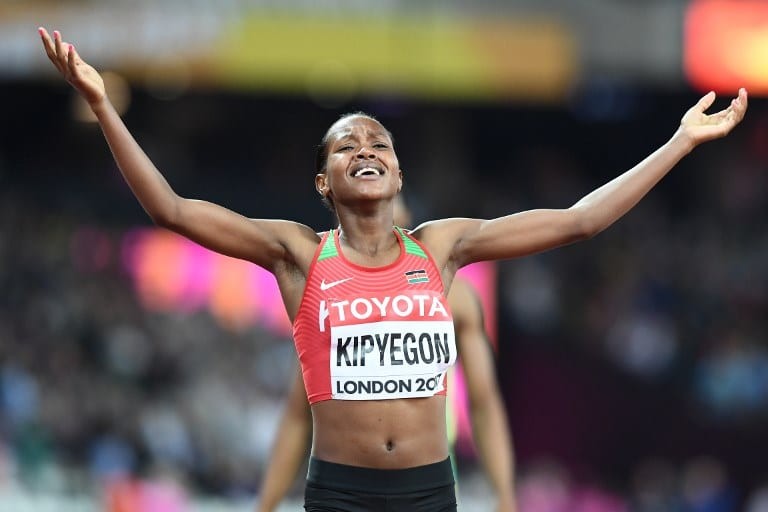
The Kenyan now will return to her 1,500m specialty against Dibaba with hope of continuing her perfect start to Diamond League series at the Ostrava Golden Spike (Czech Republic) on Tuesday.
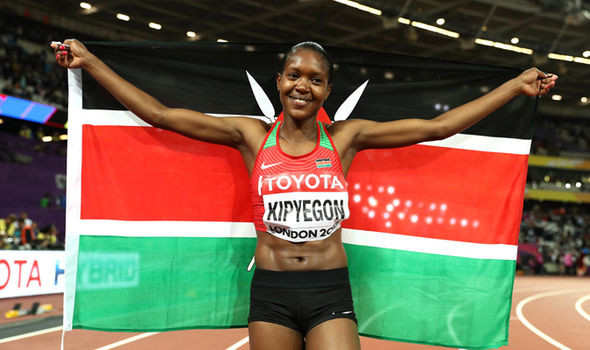
"I'm happy with the win, the record didn't come out as we had planned but I'm satisfied with my general performance, now I will concentrate on the next competition, the Ostrava meeting," Kipyegon told Xinhua on Saturday.
Meanwhile, Kenya's world marathon record-holder Brigid Kosgei's track debut ended in disappointment after losing the battle to The Dutch world 1,500m and 10,000m champion Sifan Hassan who went to break the World Hour record after she reached 18,930 meters as the hour elapsed, beating the existing mark of 18,517 meters set by Ethiopia's Dire Tune in 2008.
Kosgei was later disqualified for infringement after she was found to have stepped on the rail.
In the men's One Hour event, Britain's and Olympic champion Mo Farah held off the challenge of his training partner, home athlete Bashir Abdi, to set a new mark of 21,330m - eclipsing the 2007 mark of 21,285m set by Haile Gebrselassie. Abdi finished eight meters behind.
(09/05/2020) ⚡AMPThe Vodafone Istanbul Half Marathon is set to be run on September 20
The Vodafone Istanbul Half Marathon will be held on Sept. 20 with a limited number of athletes.
A total of 2,500 athletes will be able to run in the Vodafone Istanbul Half Marathon.

Participants will have two options in the organization. They can either run a distance of 21 kilometers (13 miles) on the streets of Istanbul's historical peninsula or they can run alone on their own track in Turkey's first virtual half marathon.
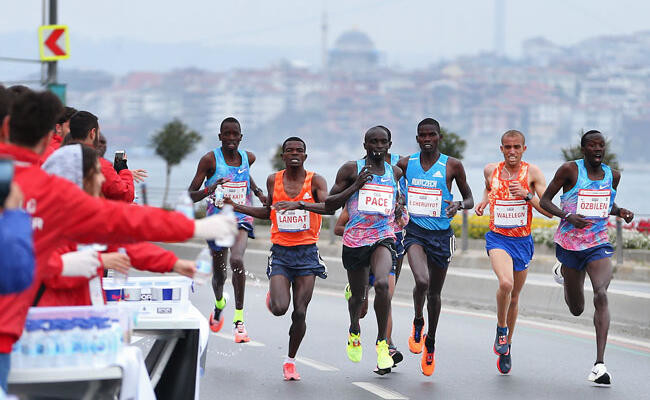
The virtual half marathon will run on Sept. 19 or 20, aiming to minimize the risk of infection by the novel coronavirus during the event.
Those who want to join in the virtual race will receive a special running code after signing in on their website
They will complete their registration after paying a fee for the category of the race -- either 21 km or 10 km (6 miles).
After the race, participants may send their data to Spor Istanbul on its mobile application.
(09/05/2020) ⚡AMPby Ercan Dogan
N Kolay Istanbul Half Marathon
The Istanbul Half Marathon is an annual road running event over the half marathon distance (21.1 km) that takes place usually in the spring on the streets of Istanbul, Turkey. It is a IAAF Gold Label event. The Istanbul Half Marathon was first organized in 1987. After several breaks it was finally brought back to life in 2015 when the...
more...Kenyan Peres Jepchirchir smashes half marathon World Record in Prague
The Kenyan middle-distance runner had only herself to race in Prague after breaking away from the pack after 20 minutes
Kenyan runner Peres Jepchirchir has smashed the women-only race half marathon world record at the Prague 21.1KM on Saturday.
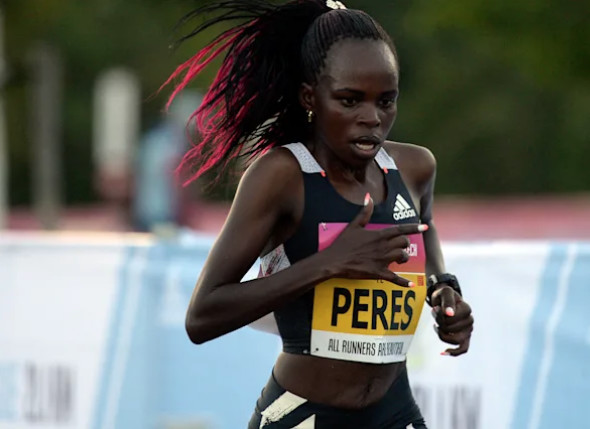
The 26-year-old clocked 1:05:34 over 16.5 laps of Letna Park’s oval course to obliterate Netsanet Gudeta’s previous best mark of 1:06:11, set at the 2018 World Half Marathon Championships.
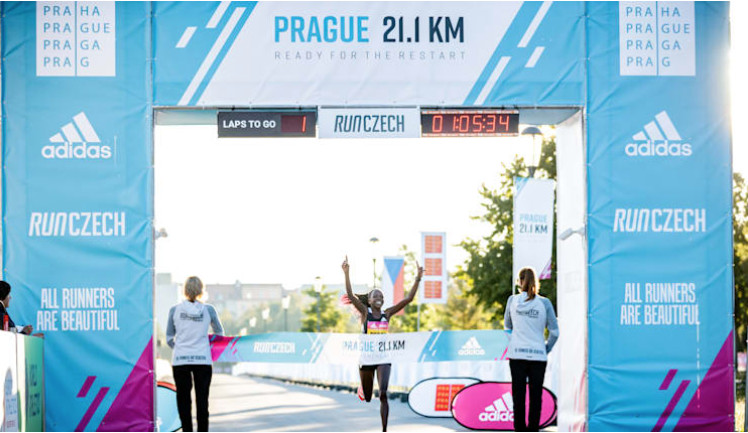
Jepchirchir broke away from her rivals after just 20 minutes, passing 10 kilometres in 30:32. The lack of pacemakers started to show as her pace slowed in the second half of the race, but she still finished well under the previous record.
“I thank God… I’m so excited… I’m satisfied with the result although I thought I could have run 64:50, but I thank God for what He has given me,” the 26-year-old told reporters after the race.
“It was difficult to run alone. If I could have had (good) pacemakers, I could have run 64.”
This is Jepchirchir’s second world record over the distance. In 2017 she clocked 1:05:06 in a mixed-race in Ras Al Khaimah, UAE - a record which stood for just under two months.
Later at the Prague 21.1km, the men are hoping to break 58:30, a time surpassed only twice in history.
While there was no record broken in the men's race, victorious Kenyan Kibiwott Kandie did manage a Personal Best time of 58:37.
Jep chirchir’s achievement comes a day after another record-breaking event at the Brussels Diamond League on Friday 4th September, where Sifan Hassan and Mo Farah set new one hour world records.
Dutchwoman Hassan, who won 10,000m gold at last year's World Championships, covered a distance of 18.930km, while four-time Olympic champion Farah broke Haile Gebrselassie's one-hour world best to set a new mark of 21.330km.
(09/05/2020) ⚡AMPPrague Half Marathon
Start the RunCzech season with one of the biggest running events in the Central Europe! Every year the Sportisimo Prague Half Marathon excites spectators with performances of elite athletes breaking records. Enjoy a course with incomparable scenery in the heart of historic Prague that follows along the Vltava river and crisscrosses five beautiful bridges. Take in majestic views of the...
more...The Enduring Mystery of Muscle Cramps
A new study suggests that strength training is more important than electrolytes for preventing cramps
Any discussion of muscle cramps needs to start by revisiting retired baseball infielder Munenori Kawasaki’s detailed explanation of how he avoided a repeat of the cramp that had hobbled him the previous day.
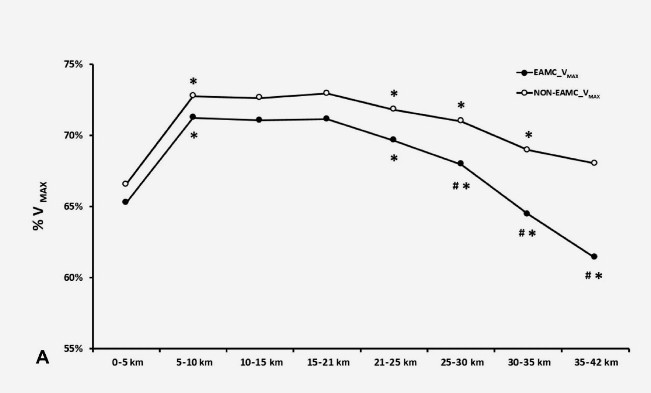
Kawasaki: Monkey never cramps. Because a monkey eat every day banana. Two.
Interviewer: So how many did you have today?
Kawasaki: Three.
I love that interview so much that it pains me to cast doubt on his advice. It’s based on the traditional view of exercise-associated muscle cramps, which attributes them to dehydration and the loss of electrolytes like sodium and potassium (which bananas contain in abundance) from prolonged sweating. That theory dates back almost a century, and it remains dominant: a survey of 344 endurance athletes, published last year, found that 75 percent of them believed that taking extra sodium wards off muscle cramps.
The problem is that science keeps failing to back this theory up. Starting more than a decade ago, a series of studies has compared crampers with non-crampers at marathons, triathlons, and other endurance races and has failed to find any differences in the athletes’ hydration or electrolyte levels. Instead, a rival theory blaming cramps on “altered neuromuscular control” first proposed in the 1990s by Martin Schwellnus, a sports physician at the University of Cape Town in South Africa, has been gaining support. The basic idea: it’s a nerve problem that occurs in excessively fatigued muscles, essentially leaving a switch temporarily stuck in the on position.
But this theory, too, has a problem: unlike the electrolyte theory, it doesn’t give us an obvious solution or countermeasure to prevent cramps. The closest thing so far is a product called HotShot, a spicy drink developed by Flex Pharmaceuticals that triggers some of the same nerve receptors as pickle juice (long known as a folk cure for cramps) and hot peppers. There’s a bit of evidence from a HotShot-funded study published by Penn State researchers in 2017 that this jolt to the nerves makes your muscles a little more cramp-resistant and shortens the duration of cramps stimulated in the lab. But it’s hardly a panacea; even in that study, all the subjects still ended up cramping. Schwellnus himself warned that muscle cramps are a complex phenomenon with many different contributing factors, so we shouldn’t expect a simple solution.
What we’re left with is a search for factors we can control that might influence cramp risk. That’s the goal of a new study in the Journal of Strength and Conditioning Research from a research team at the University of Valencia and Jaume I University in Spain. It recruited 98 runners preparing for the Valencia Marathon, ran them through a series of tests before and after the race, and looked for differences between crampers and non-crampers. Some of the results were predictable, while others were surprising.
The good news, from the study’s perspective, is that 20 of the runners suffered muscle cramps during or immediately after the race. A total of 84 runners (72 men and 12 women) completed all the pre- and post-race testing, which means that 24 percent of them cramped, with similar rates in men and women. That’s roughly consistent with the stats from other races. Once again, urine and blood tests found no differences in dehydration or electrolyte levels before, during, or after the race.
Instead, the biggest difference was in the blood levels of creatine kinase and lactate dehydrogenase, both markers of muscle damage, which were significantly elevated immediately after the race and 24 hours later in the crampers. For example, day-after creatine kinase averaged 2,439 international units per liter. in the crampers compared to 1,167 in the non-crampers. This, too, is consistent with previous studies, suggesting that cramps occur in muscles that are fatigued to the point of damage.
The harder question is what predisposes some runners more than others to this kind of damage. One previous study suggested that crampers actually start the race with elevated muscle damage, perhaps because they didn’t back off their training enough. In this study, though, there was no sign of elevated muscle damage in the pre-race testing and no difference in the amount of time between the final training run and the start of the race.
In fact, most of the training variables the team assessed—the runners’ number of previous marathons, weekly training volume, and so on—were the same in both groups. Just one differed: 48 percent of the non-crampers reported regular lower-body resistance training compared with 25 percent of the crampers.
Another often discussed risk factor for cramps is pacing. A few previous studies have found that runners who end up cramping tend to have started the race more quickly compared to their eventual average pace, suggesting that they’re paying the price for overestimating their fitness. There’s a problem with this type of analysis, however: the cramp may cause the late-race slowdown rather than the other way around.
To get around this issue, the Valencia researchers brought all their subjects in for a VO2-max test prior to the marathon. This allowed them to assess their starting pace relative to their actual fitness instead of relative to their eventual finish time. Here’s what the average speed for each 5K segment looked like for the crampers (black circles) and non-crampers (white circles), as a fraction of speed at VO2 max:
There are no significant differences between the groups until after the 25K mark. If anything, the crampers started a little bit slower relative to their lab-measured fitness. This punctures the idea that cramps are a punishment for bad pacing. I apologize for any cramp-shaming I’ve done in the past: it wasn’t your fault after all. Unless you were neglecting your lower-body strength training, that is. The obvious news-you-can-use nugget from the new study is the apparent protective effect of resistance training. I got the same advice a few years ago from Juan Del Coso, the author of an earlier study that implicated muscle damage in late-race slowdowns: he suggested leg exercises such as squats with loads to up to 80 percent of max to protect your legs from damage.
But at this point, it’s probably worth recalling Schwellnus’s note of caution. People get cramps for all sorts of reasons, including underlying injury, disease, and medication side effects. The exercise-associated cramps you get during a running race may be influenced by some of these secondary factors. They may also be influenced by your genes: one of the best predictors of cramping is whether you’ve cramped in the past. And despite the paucity of evidence, it’s entirely possible that, in some people, traditional risk factors like dehydration or electrolyte depletion may play a role. So before I get too excited about squats as the new miracle cure, I’d like to see whether a few months of strength training actually reduces cramp risk in a randomized trial.
It’s tricky to get those sorts of studies funded, though—there’s no pharmaceutical money, no sports-drink money. So for now, if you’re struggling with recurring cramps, you’re left with trial and error. It’s worth giving strength training a shot (and not just for its cramp benefits). I’d be open to giving HotShot a try, too. And, hey, whatever the evidence says, I love bananas.
(09/05/2020) ⚡AMPby Outside Online
Runner tapped by black bear on popular B.C. path
A runner got the closest thing to a bear high-five we've ever seen
The interaction was filmed by a fellow runner, Sam Abdullah, who reported the incident to B.C. Conservation Officer Services. While the bear tap was kind of cute, almost high-five like, conservation officers told the CBC that this is atypical behaviour and that a healthy amount of fear is normal for bears and good for the safety of runners. “The concern is that if the bear is losing its fear of humans, it could become more of a danger.”runner in Coquitlam, B.C. had an encounter with a bear on Saturday, but it was different than other bear attacks. CBC reports that around 11 a.m., a runner was descending the popular Coquitlam Crunch path when a bear emerged from the bushes, tapped her leg and then allowed her to continue running.
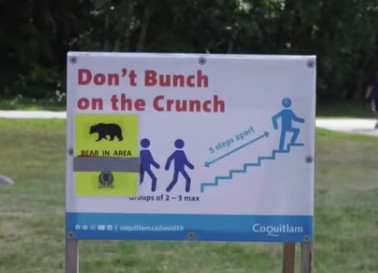
If runners encounter a bear, they’re advised to back away slowly and make themselves big. Having a friend along is also recommended for safety. Runners can learn more at WildSafeBC.com. While these encounters are rare, they do happen and the best practice for runners is to know how to react in a way that’s safe for everyone.
https://youtu.be/Pwmi3cM7mg0
(09/05/2020) ⚡AMPby Running Magazine
Hassan and Farah break one-hour world records in Brussels
Britain's Mo Farah and Sifan Hassan of the Netherlands set respective men’s and women’s world one-hour records* at the Wanda Diamond League exhibition meeting at the King Baudouin Stadium tonight.
Britain’s multiple world and Olympic champion held off the challenge of his training partner, home athlete Bashir Abdi, to set a new mark of 21,330m – eclipsing the 2007 mark of 21,285m set by Haile Gebrselassie. Abdi finished eight metres behind.
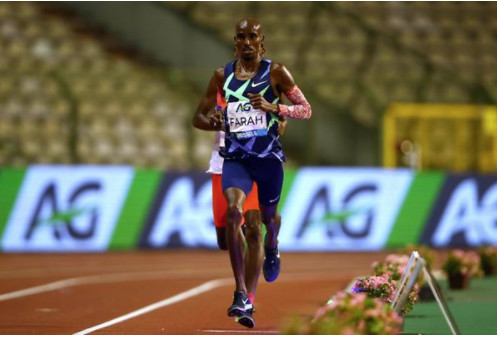
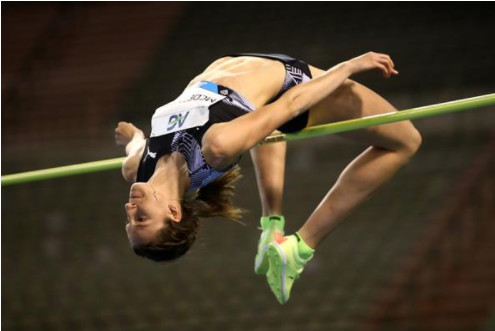
Hassan’s record also came after a titanic battle with Kenya’s world marathon record-holder Brigid Kosgei, although it later transpired the latter had been disqualified for stepping on to the infield in the closing stages.
The Dutch world 1500m and 10,000m champion reached 18,930 metres as the hour elapsed, beating the existing mark of 18,517 metres set by Ethiopia’s Dire Tune in 2008.
Moving into the final quarter of an hour, Tune’s mark seemed certain to be bettered, given that both women were more than a minute ahead of world record pace. The only question remained – which champion would secure it?
As they shadowed each other, swapping the lead but never getting away from each other, it was impossible to predict who would triumph. Hassan said afterwards that she thought Kosgei would “run away from her”.
But when the gun went to mark the final minute with the pair halfway down the back straight, Hassan moved ahead once more, and this time it was decisive.
Looking once behind her, the Dutch athlete took off, pumping her arms, going for broke. Kosgei, baring her teeth, did everything in her power to stay in touch, but there was no catching up, and when the 60 minutes elapsed, Hassan slowed to a halt halfway down the back straight after a crazy sprint finish.
"I didn't feel good before the start of the race, I even puked," revealed Hassan. "After 30 minutes of racing, I finally felt better. It was in the final 20 minutes that I gained the confidence I needed. When there were only two minutes left on the clock, the fun began. I just gave everything I had left. I am so happy with the win and the world record. It wasn't easy."
As the men’s race moved into the final quarter of an hour, the ghostly figure of the current world record holder, Gebrselassie, was shown in virtual shape, running at their side. They were bang on the pace.
With 10 minutes to go, they moved ahead of the world record schedule. They passed 18,000 metres in 50:43.
Inside the final five minutes, the home runner, who the day before had confessed that he expected Farah to beat him, moved to the lead, but the multiple champion was shadowing him still.
As advertised, the Wavelight visual pace-guidance system employing differently coloured LED lights installed on the inside edge of the track made the pursuit of records on the night immediately intelligible.
With three minutes remaining, both men were 30 metres clear of the leading blue lights, showing the intended pace, and the green lights snaking behind them, showing the actual world record pace.
A second world record appeared in the offing – and the same question was being asked. Who would break it?
The gun went to mark one minute to go, then Farah made a significant break. He charged around the bend as the final seconds ticked away, and at the same spot where Hassan had earlier triumphed, Farah did too, taking a few seconds to realise it was all over.
“The world record is yours, Mo!” said the stadium MC.
Abdi had the consolation of lowering the world best for 20,000m from 56:26 to 56:20.2*, having led his friend through that mark.
"I was very excited to be back on the track," said Farah. "I knew I was in a great shape after the hard work I did in the last six weeks. At a certain point, with just 10 laps to go, it became tough so I was happy that Bashir took the lead, but I felt great with just one minute to go. A fast last lap is still my best tactic."
Kenya’s Olympic 1500m champion Faith Kipyegon had to settle for another near miss as she attempted to beat the world 1000m record of 2:28.98 set on this track in 1996 by Russia’s double Olympic champion Svetlana Masterkova.
Having finished just 17 hundredths of a second short at last month’s opening Diamond League meeting in Monaco, Kipyegon seemed on track to achieve her ambition with 200 metres remaining, but faltered slightly over the final few metres to cross the line in 2:29.92.
Norway’s 19-year-old European 1500m champion Jakob Ingebrigtsen, who has already reduced the European record to 3:28.68, made a bold effort to improve on that but his honourable solo effort saw him finish in 3:30.69, with Jesus Gomez of Spain a distant second in 3:34.64.
In the pole vault, Sweden’s 20-year-old world record-holder Mondo Duplantis saw the last challenger, home vaulter Ben Broeders, fall away with a best of 5.70m.
The European champion then went on to clear a meeting record of 6.00m at his first attempt before having another crack at 6.15m, a centimetre higher than the best outdoor clearance ever made, by Sergey Bubka in 1994. He didn’t make it. But surely his time will come sooner rather than later.
Twenty-year-old Rani Rosius, who had won the Belgian title in 11.39, needed 11.43 to earn another prestige victory in the women’s 100m, with France’s Carolle Zahl second in 11.56.
Britain’s world heptathlon champion Katarina Johnson-Thompson had said the day before that this meeting – where she was competing in the 100m hurdles and the high jump – was effectively the highlight of her season, and she had a reasonably satisfactory result in the first of them, which was won by home champion Anne Zagre in 13.21.
Despite an uncertain start, Johnson-Thompson drew on her strength to take fourth place in 13.57 – inside her previous season’s best of 13.73.
Zagre was chased home by Denmark’s Mette Graversgaard, who clocked 13.26, and Belgian compatriot Sarah Missinne, who ran a season’s best of 13.55.
Johnson-Thompson went on to equal her season’s best of 1.84m in a high jump won by Australia’s Nicola McDermott with 1.91m.
Poland’s Iga Baumgart-Witan won the women’s 400m in 52.13, while the men’s 200m went to Italy’s Eseosa Desalu in 20.39.
(09/05/2020) ⚡AMPby Mike Rowbottom for World Athletics
Kenya commits to new World Athletics' anti-doping program
Kenya is backing World Athletics' (WA) new testing program that was launched on Tuesday targeting top road runners in marathon, half-marathon and long distances.
With the running calendar slowly resuming amid global COVID-19 setbacks, WA's anti-doping watchdog Athletics Integrity Unit (AIU) is stepping up measures to increase testing of athletes in Kenya.
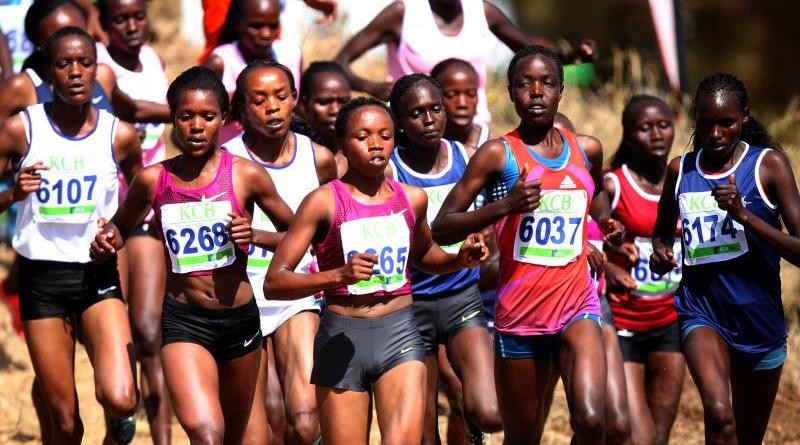
Kenya which currently has laws to criminalize doping in the country, has been embroiled in doping scandals involving its top runners.
Some of the country's top athletes serving sanctions for the doping offices includes 2008 Beijing Olympics 1,500m champion Asbel Kiprop, 2016 Rio Olympics women's marathon champion Jemimah Sumgong, and former three-time Boston Marathon champion Rita Jeptoo, among others.
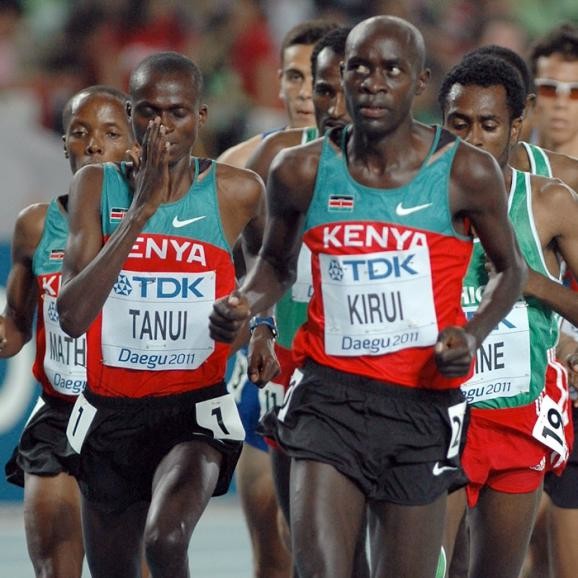
"We have been informed that the AIU is going to organize a number of group testing sessions specifically for road runners. The sessions will be held at a number of locations across Kenya during September," the country's athletics running governing body Athletics Kenya said in a statement on Thursday.
"Athletics Kenya is providing them with all the required logistical support for a smooth and safe conduct of these activities in line with health guidelines of our government. We are hundred percent committed to supporting the AIU in its aim of protecting the integrity of our sport," it said.
The group testing sessions will include some advance-notice testing, where the main focus will be on building the profiles of athletes for the Athlete Biological Passport (ABP) program.
The samples collected from these athletes will be used to establish the initial values for their ABP profiles before regular non-notice target testing resumes on a much more extensive basis in 2021.
(09/04/2020) ⚡AMPGreen light for Czech races
Every day there is a new change in coronavirus restrictions and we are constantly looking for solutions on how to organize a safe event.
We set up a meeting with representatives of Liberec and Ústí nad Labem regions and their corresponding hygiene station last week. We can happily announce that we have received a green light for organizing the Mattoni Ústí nad Labem Half Marathon (September 19) and the Mattoni Liberec Nature Run (October 4).
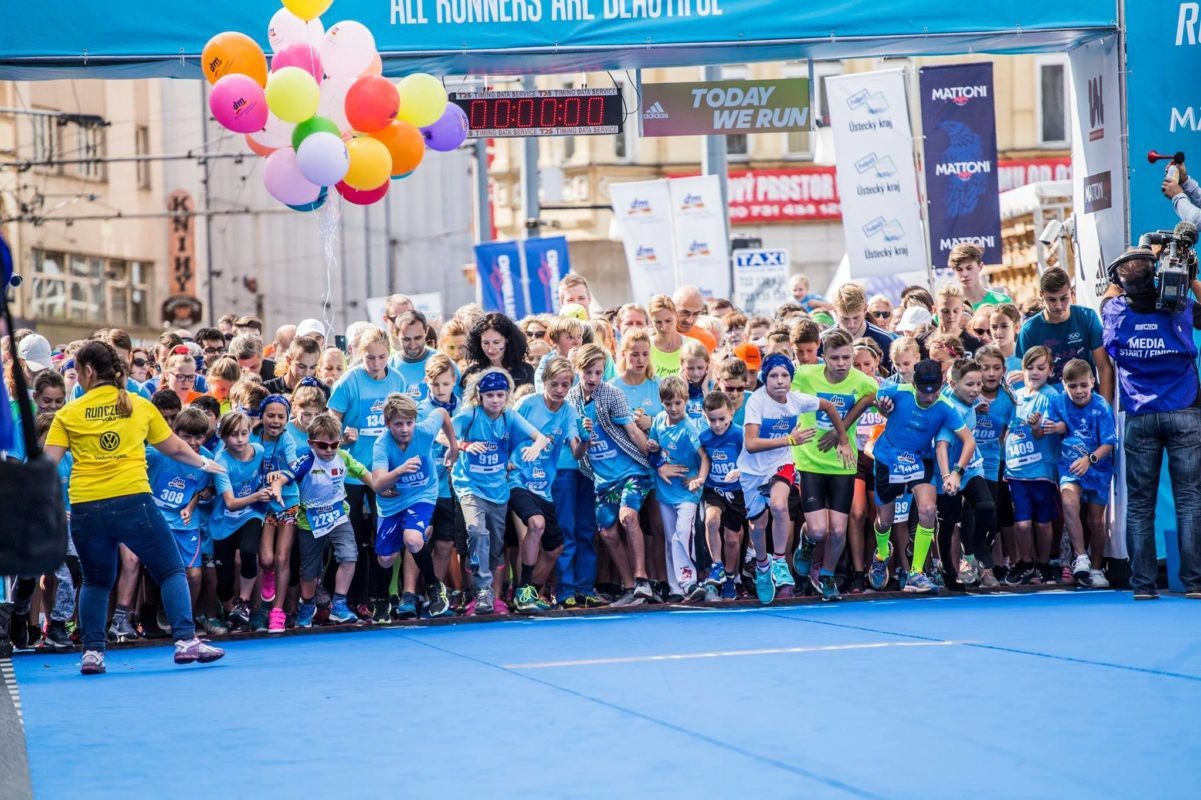
We can’t wait to see you at the starting line and then release you to the course. However, there will be some regulations that all of us have to follow for maintaining safe conditions:
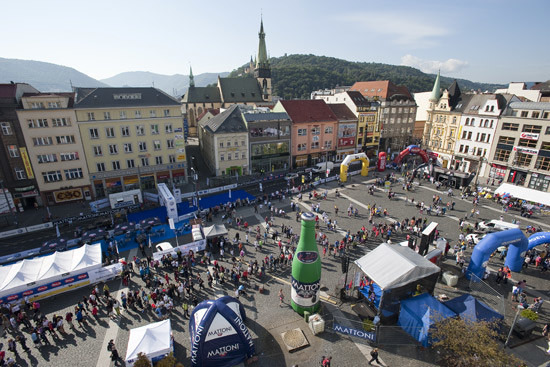
Masks will be mandatory to wear during the pick-up of start numbers, in the technical area and in start and finish corridor
The start of the race will be operated in several stages (starts will be divided after few minutes) – There will not be any showers or taping zone in technical area (lockers and depository will remain, but the amount of people will be limited)
There was a modification in timings of racing day to avoid groupings of runners from various races (times were updated at our website)
There will be limitations of some products at refreshment stations
We will send you more specific steps and regulations by email just before the race. We would like to ask you to follow these instructions. We strongly believe that none of them will affect your joy after you cross the finish line. You still have a chance to participate in a top-class race, whether you choose to run through an industrial area or granite quarry. Thank you for understanding and we are looking forward to seeing you all.
If you are going to participate in later races (the Mattoni Half Marathons in Olomouc, Karlovy Vary and ÄŒeské BudÄ›jovice) please wait for more information. Meetings are being held in the following week.
(09/04/2020) ⚡AMPMattoni Usti nad Labem Half Marathon
Enjoy the urban run at the Ústí Half Marathon. The course leads alongside the river Elbe opening a view to impressive rock formations, Strekov castle and then crossing the area of a chemical factory which is a perfect example of industrial architecture of the First Republic. The Ústí nad Labem Half Marathon is an annual half marathon race which takes...
more...2021 registration for Boston Marathon has been Postponed
Registration for the 2021 Boston Marathon has been postponed, the Boston Athletic Association announced Thursday. Registration was supposed to take place in September, but has been delayed due to the COVID-19 pandemic.
The B.A.A. also announced the formation of the COVID-19 Medical & Event Operations Advisory Group, which is comprised of medical, public safety, and race operations experts, as well as city and state officials. The group will establish a framework to advise the B.A.A.’s leadership, board of directors, and staff on when, and how, the Boston Marathon and other large, in-person B.A.A. road races can be held safely again.
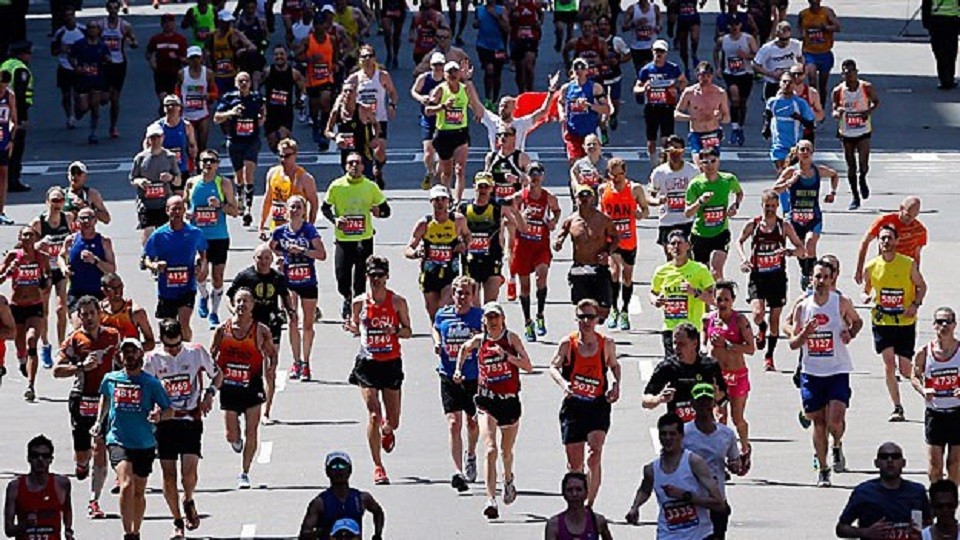
“COVID-19 has affected mass participation road races in ways that we never could have imagined,” said Tom Grilk, C.E.O. of the B.A.A. and co-chair of the advisory group. “Convening this cross-sector group of professionals with decades of experience in epidemiology, viral infection, mitigation strategies, and our own race operations was entirely necessary to begin planning for the 125th Boston Marathon.”
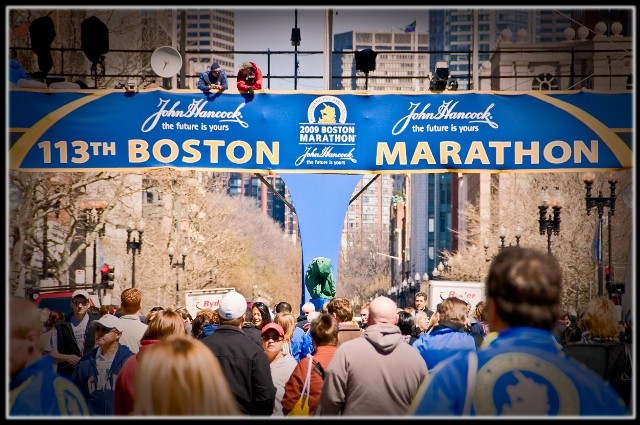
The Medical & Event Operations Advisory Group will recommend strategies that address the health and safety of participants, volunteers, staff, and community members. Recommendations will be developed in accordance with the most current guidelines issued for large-scale events by the World Health Organization and Centers for Disease Control. The group will develop framework for the B.A.A. that addresses risk factors specific to the Boston Marathon including size and other local and international considerations for the pandemic. Outcomes, including an updated registration timeline for the 125th Boston Marathon, will be shared.
“We seek to determine with some specificity how and when large-scale road running events organized by the B.A.A. may be able to reasonably resume, while also providing input on which operational aspects will change as events are organized and managed,” said Dr. Aaron Baggish, Co-Medical Director for the B.A.A. and Boston Marathon, Director of the Cardiovascular Performance Program at the Massachusetts General Hospital Heart Center, and co-chair of the advisory group.
“September is usually a time for the B.A.A. to begin opening registration for April’s Boston Marathon and planning for an already established field size. We know, however, that we cannot open registration until we have a better understanding of where the virus may be in the spring. This group will be immensely helpful in helping the B.A.A. determine a safe return to in-person running events of magnitude,” said Grilk.
The 2020 Boston Marathon, originally scheduled for April 20, was postponed to September 14 by Boston Mayor Martin Walsh due to the COVID-19 pandemic. On May 28, following Mayor Walsh’s announcement cancelling the marathon as a live, mass participation road running event, the B.A.A. announced the Boston Marathon would be held as a virtual event from September 5 to 14.
(09/04/2020) ⚡AMPBoston Marathon
Among the nation’s oldest athletic clubs, the B.A.A. was established in 1887, and, in 1896, more than half of the U.S. Olympic Team at the first modern games was composed of B.A.A. club members. The Olympic Games provided the inspiration for the first Boston Marathon, which culminated the B.A.A. Games on April 19, 1897. John J. McDermott emerged from a...
more...Jerusalem marathon cancels 2020 event race due to the pandemic
The Jerusalem Marathon hosts approximately 35,000 participants from Israel and abroad and is a world renowned sporting event.
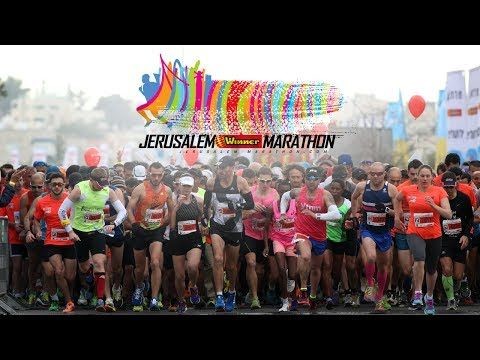
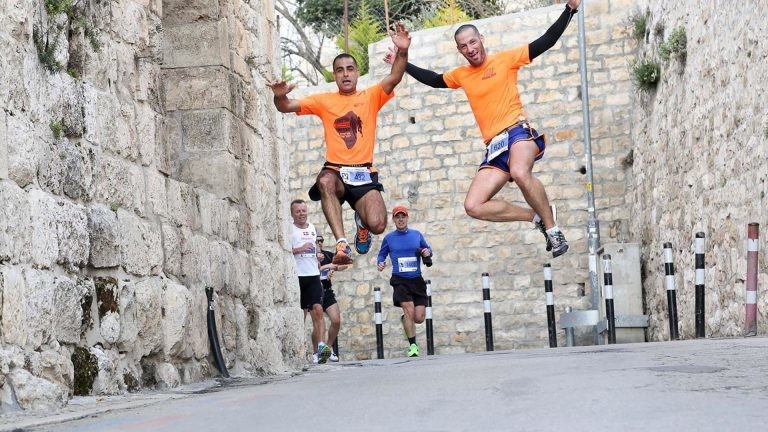
Following the second wave of coronavirus, the Jerusalem Municipality, in accordance with the Ministry of Health, has decided to cancel the 2020 Jerusalem Winner Marathon.
The event, which had been delayed since March, was set to take place on November 6. The next Jerusalem Winner Marathon is set to take place March 3, 2021 and will be the 10th annual Jerusalem Marathon.
(09/03/2020) ⚡AMPJerusalem Marathon
First held in 2011, the Jerusalem International Winner Marathon has become a major event with 30,000 participants, of which hundreds are elite competitors and runners from abroad. The course was especially selected to recount Jerusalem's 3,000-year historical narrative since the beginning of its existence. The race challenges runners while exposing them to magnificent views, exquisite landscapes and fascinating historical sites...
more...World marathon record holder Eliud Kipchoge given the power to read
Ancient Greek philosopher Plato once said: “Books give a soul to the universe, wings to the mind, flight to the imagination, and life to everything.”
And with the elite-only October 4 London Marathon basically down to a battle of mental strength, Kenya’s defending champion Eliud Kipchoge has always stressed the importance of training the mind. There couldn’t be a better way to do this than read, read and read.
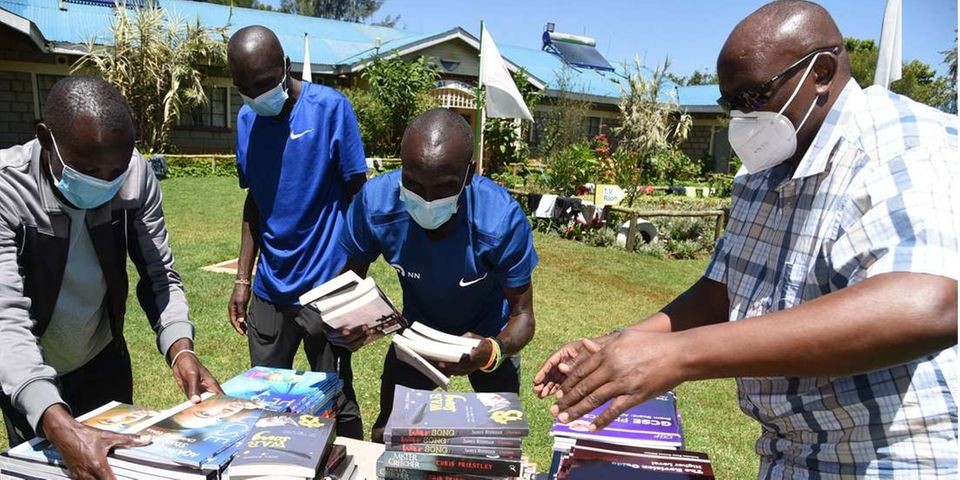
That’s why a consignment of books to Kipchoge’s Kaptagat training camp on Wednesday, courtesy of Sports Cabinet Secretary Amina Mohamed, couldn’t have come at a better time.
Last year, while on a visit to Kipchoge’s Global Sports Communications camp, CS Amina promised to help equip the camp’s library to keep athletes busy after training. The books eventually arrived and were handed over to Kipchoge by Kenneth Boit on behalf of the CS.
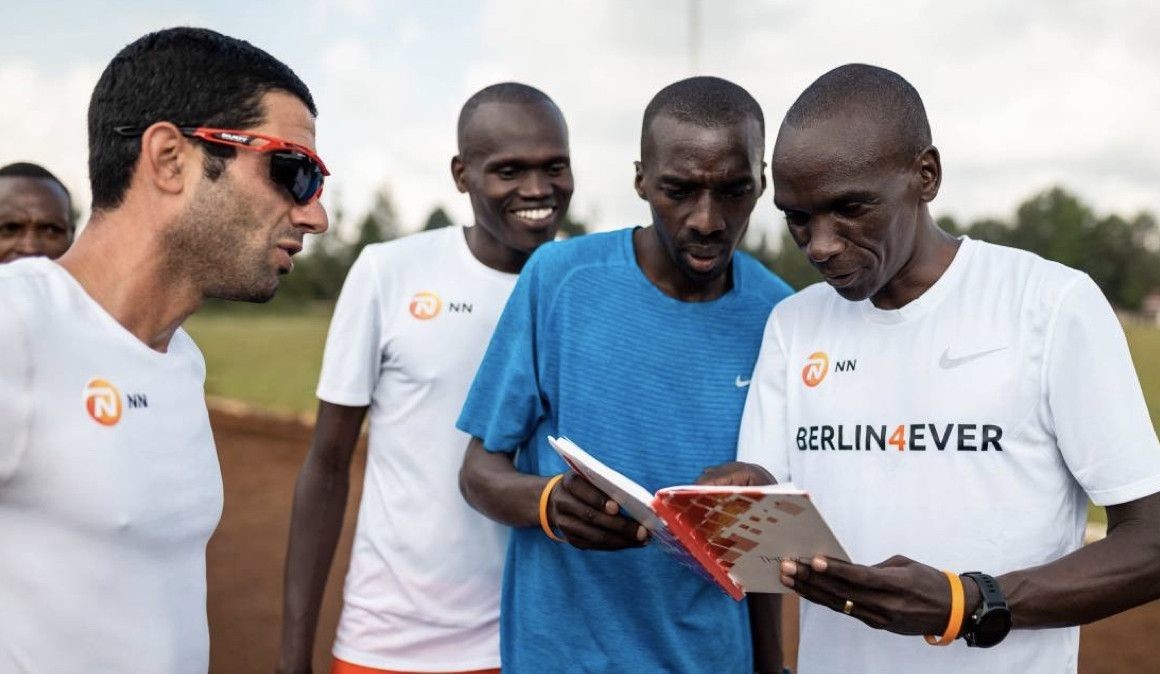
Resumption of sports
“My training is going on well, although this time it was different from what we are used to due to the Covid-19 pandemic whereby all camps were closed and I have been training alone," said Kipchoge.
The Olympic champion and world record holder is looking forward to the resumption of sports saying many athletes are suffering because almost all competitions were cancelled.
"We look forward to resumption of sports because this is what athletes depend on and it has been hard for many of them to put food on the table. Competition is slowly coming back and we hope things will normalise soon and the virus shall be contained,” said Kipchoge.
(09/03/2020) ⚡AMPby Bernard Rotich
Elite athletes will be protected in bio secure bubble for 2020 Virgin Money London Marathon
The Virgin Money London Marathon today announced plans for the biosecure bubble for the historic elite-only races on Sunday 4 October.
The races will take place on a closed-loop circuit around St James’s Park in central London on Sunday 4 October. The elite men’s race will see one of the most eagerly anticipated match-ups in marathon history with world record holder and defending champion Eliud Kipchoge (KEN) going head-to-head with Kenenisa Bekele (ETH), the man who came within two seconds of his world record last year.
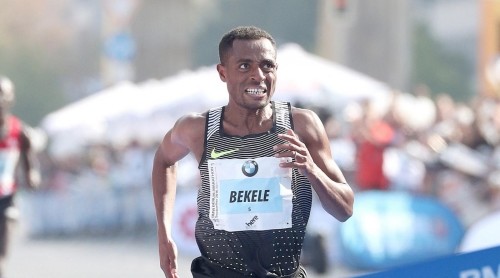
In the elite women’s race, defending champion and world record holder Brigid Kosgei (KEN) will return, as will the two best marathon wheelchair athletes in the world: Daniel Romanchuk (USA) and Manuela Schar (SUI).
Special permission has been granted by the Department for Digital, Culture, Media and Sport (DCMS) to allow athletes and support staff to travel and compete in the biosecure bubble, with strict guidelines on testing, travel, accommodation and competition.
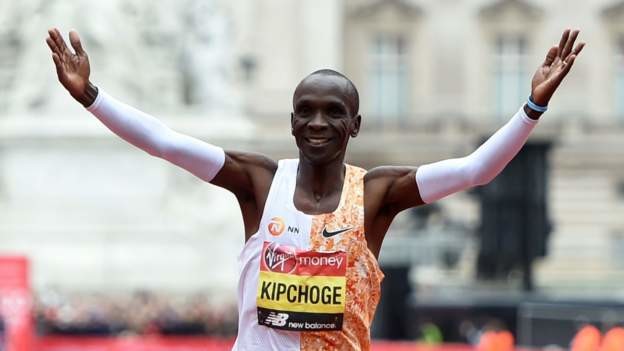
Flora also announced that Paula Radcliffe, who famously won three London Marathon titles and broke two world records when Flora was headline sponsor of the event, has become an official Flora Running Ambassador to mark the partnership.
In order to create and preserve a biosecure bubble around the athletes, the following measures will be put in place:
Testing: Athletes will be tested for Covid-19 in their country of origin/home four days prior to travel and again on arrival at the hotel. Testing will continue at the hotel until the Friday before the event. Anyone who tests positive for Covid-19 or displays symptoms will be placed in quarantine immediately and, in the case of athletes, will not be able to participate in the race.
Athlete-only hotel: The athletes will stay in a hotel outside London which will be used exclusively by athletes and support staff, plus a team from the Virgin Money London Marathon. The hotel was chosen for its 40 acres of grounds where athletes will be able to train during Race Week inside the bubble. An extensive hygiene protocol will be in place in the hotel and it will be mandatory for everyone inside the bubble to observe social distancing rules and to wear face coverings at all times, apart from when training, while dining and in their own rooms. All athletes and their support staff will have single rooms.
Hugh Brasher, Event Director of the Virgin Money London Marathon, said: “We are extremely grateful to the Government, the Department for Digital, Culture, Media and Sport (DCMS), The Mayor of London, The Royal Parks and all our stakeholders for helping us put on the 2020 Virgin Money London Marathon for elite athletes. Sports fans all over the world are eagerly anticipating these great races in this unique environment.
“It is our duty and responsibility to ensure this event is held in a safe and secure environment. We have looked at other examples and taken learnings from other sports which have returned to action as we developed our detailed plans for this biosecure bubble around the event.
“By finding a hotel for exclusive use and putting in place the strict testing, hygiene and security measures to protect the bubble, we are confident we have created the safest environment possible for everyone.”
The Virgin Money London Marathon also revealed details of the course for the elite races at the 2020 Virgin Money London Marathon.
Each race will comprise 19 x 2.15 kilometre clockwise laps of St James’s Park plus an extra 1345m with the Finish Line in its traditional place on The Mall.
2020 Virgin Money London Marathon elite race route map
The course will be sealed off from the public to maintain the integrity of the biosecure bubble. There is no spectator access and there will be no public viewing points along the course.
(09/03/2020) ⚡AMPTCS London Marathon
The London Marathon was first run on March 29, 1981 and has been held in the spring of every year since 2010. It is sponsored by Virgin Money and was founded by the former Olympic champion and journalist Chris Brasher and Welsh athlete John Disley. It is organized by Hugh Brasher (son of Chris) as Race Director and Nick Bitel...
more...Joshua Cheptegei targets world 10,000m record in Valencia
World 10,000m champion Joshua Cheptegei hopes to create another magical moment in his rising career as he plans an assault on the world 10,000m record at the NN Valencia World Record Day on Wednesday 7 October at Turia Stadium in Valencia, Spain.
The one-off event aims to capitalise on the Ugandan’s stunning recent form, which last month saw him lower Kenenisa Bekele’s world 5000m record in Monaco. In Valencia, Joshua will be targeting the stunning mark of 26:17.53 set by Kenenisa in Brussels 15 years ago – the longest standing men’s 10,000m world record in history.
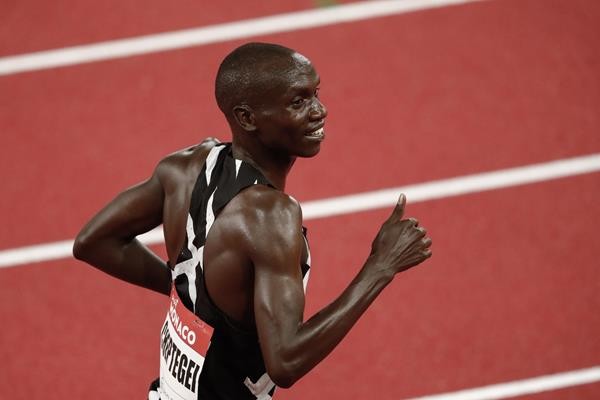
As a further measure of the quality of the world 10,000m record, no athlete other than Bekele has come within five seconds of the time. But following Joshua’s 1.99-second improvement on the Ethiopian’s 5000m mark in Monaco, the Ugandan will be confident he can mount a strong challenge in Valencia.
“I am very excited to be given the opportunity to target the 10,000m world record,” said Cheptegei, whose current personal best for the distance is 26:48.36. “As my performance in Monaco showed, I am in outstanding form, so I would like to make the most of my current shape by attacking the 10,000m world record.
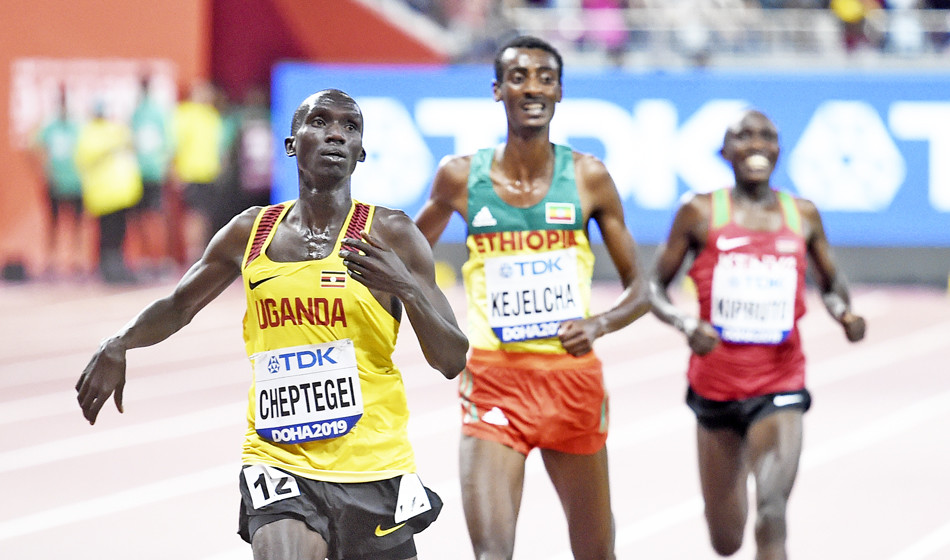
“Kenenisa’s 10,000m world record is one of the toughest in the books, but my training continues to go well and this gives me real confidence I can set another world record. I have many happy memories in Valencia, having set the world 10km road record there last year, so hopefully we can once again create something truly special in Valencia, were running plays such an important role.”
In an attempt to add the 10,000m world record to the 5000m track world record and his current world road records over 5km and 15km, Cheptegei will be utilising world-class pace making support as well as the innovative Wavelight technology.
Following his world record bid in Valencia, Cheptegei plans to make his debut over the 21.1km distance at the rescheduled World Athletics Half Marathon Championships Gdynia 2020 on 17 October.
(09/03/2020) ⚡AMPby World Athletics
Peres Jepchirchir and Sheila Chepkirui are set to clash in Prague
When it became clear that it wouldn’t be possible to hold the Birell Grand Prix in Prague, organisers of the World Athletics Gold Label road race set about creating an alternative event. After much planning, RunCzech has been given the green light to stage the Prague 21.1km, an invitation-only elite half marathon on a looped circuit in Letna Park in the Czech capital on 5 September.
Thirty-five of the world’s best road runners will be in action on Saturday morning, running 16-and-a-half laps of the 1280m course. The men’s race will start at 6:20am local time, and then the women’s race will begin at 8:00am. The event will be broadcast live on Czech Television and spread to the whole world.
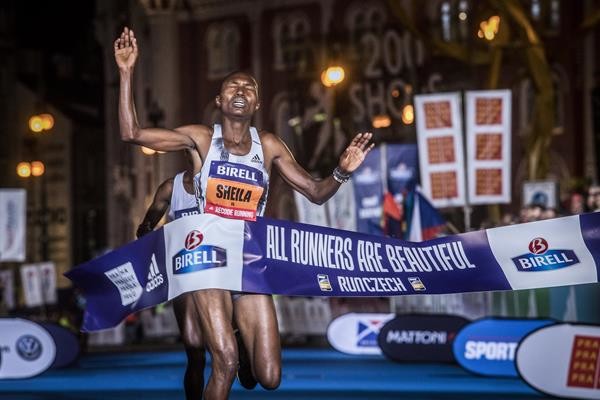
It is hoped that the flat course and intense competition will lead to fast times. The Czech all-comers’ records stand at 58:47 for men and 1:04:52 for women. As the women’s race is being held separate from the men’s, they may also have their eye on breaking the women-only world record of 1:06:11.
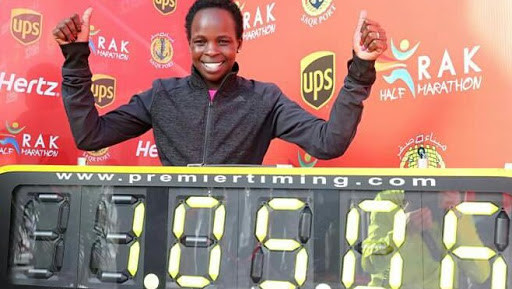
Peres Jepchirchir, the 2016 world half marathon champion, leads the women's field. The 26-year-old Kenyan set a world record of 1:05:06 – which has since been broken – back in 2017, then became pregnant and gave birth to her daughter later that year. She returned to form in 2019, winning the Lisbon Half Marathon in 1:06:54.
Sheila Chepkirui may have the slowest official PB of the field, but that’s largely due to the fact she has contested just one half marathon to date and it was at altitude in Nairobi. Given her record at other distances – including her two sub-30-minute clockings for 10km, one of which was in Prague – the 29-year-old Kenyan will be one of the big favourites this weekend.
Ethiopia’s 2015 world 5000m silver medallist Senbere Teferi and Kenya’s Edith Chelimo are the two other sub-66-minute runners in the women’s field.
Joan Melly Chelimo and Netsanet Gudeta had originally been set to compete, but both are late withdrawals due to injury.
With nine sub-60-minute performers, the men’s field is also of an extremely high standard.
Stephen Kiprop finished third in Prague last year, just two months after clocking a lifetime best of 58:42 to win the Ras Al Khaimah Half Marathon. He stands equal sixth on the world all-time list, but he’ll be up against Kibiwott Kandie, another sub-59-minute runner, and two-time Prague winner Benard Kimeli.
Kandie won this year’s Ras Al Khaimah Half Marathon in a world-leading 58:58, just six days after winning the highly competitive Kenyan cross-country title. Kimeli, who won in Prague in 2018 and 2019, turned to track racing in July and was rewarded with a 5000m PB of 13:16.61.
Others in the field with the potential for a top-three finish include Ethiopia’s two-time Delhi Half Marathon winner Andamlak Belihu, 59:28 performer Philemon Kiplimo and fellow Kenyan Abel Kipchumba.
“The pandemic has deprived these great athletes of the chance to participate in races all across the world,” said Carlo Capalbo, president of the organising committee. “We wanted to find a way of doing something spectacular for everyone. While this race is coming at what would normally be the end of the season, we hope in a way that it will be the start, a spark that gets race organisers all over the world thinking creatively about how to keep the sport alive.”
(09/03/2020) ⚡AMPby World Athlietics
Prague Half Marathon
Start the RunCzech season with one of the biggest running events in the Central Europe! Every year the Sportisimo Prague Half Marathon excites spectators with performances of elite athletes breaking records. Enjoy a course with incomparable scenery in the heart of historic Prague that follows along the Vltava river and crisscrosses five beautiful bridges. Take in majestic views of the...
more...

